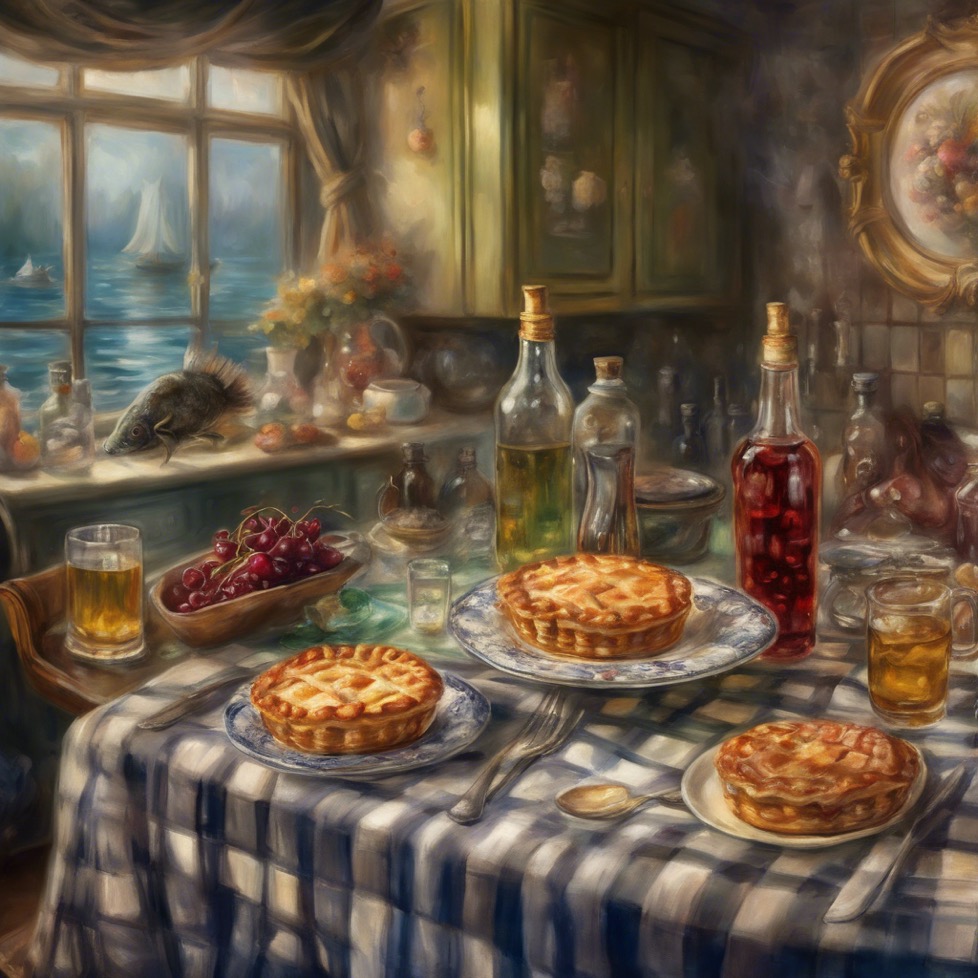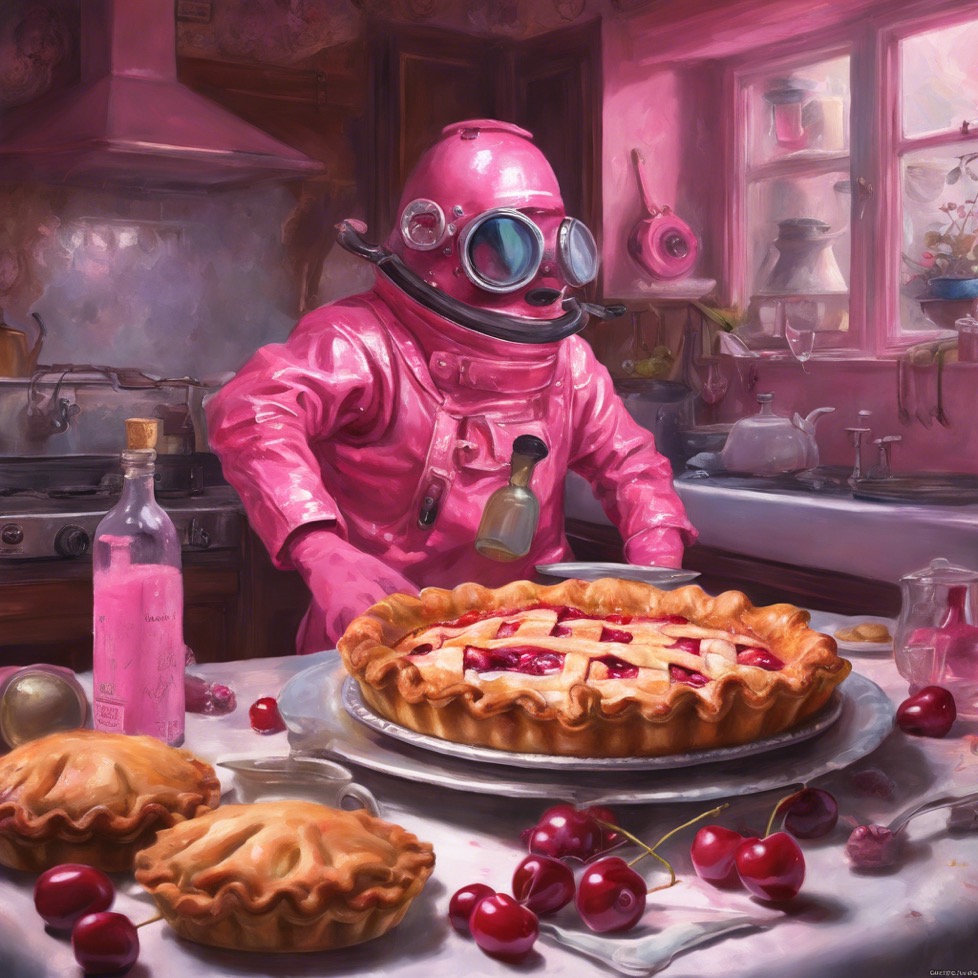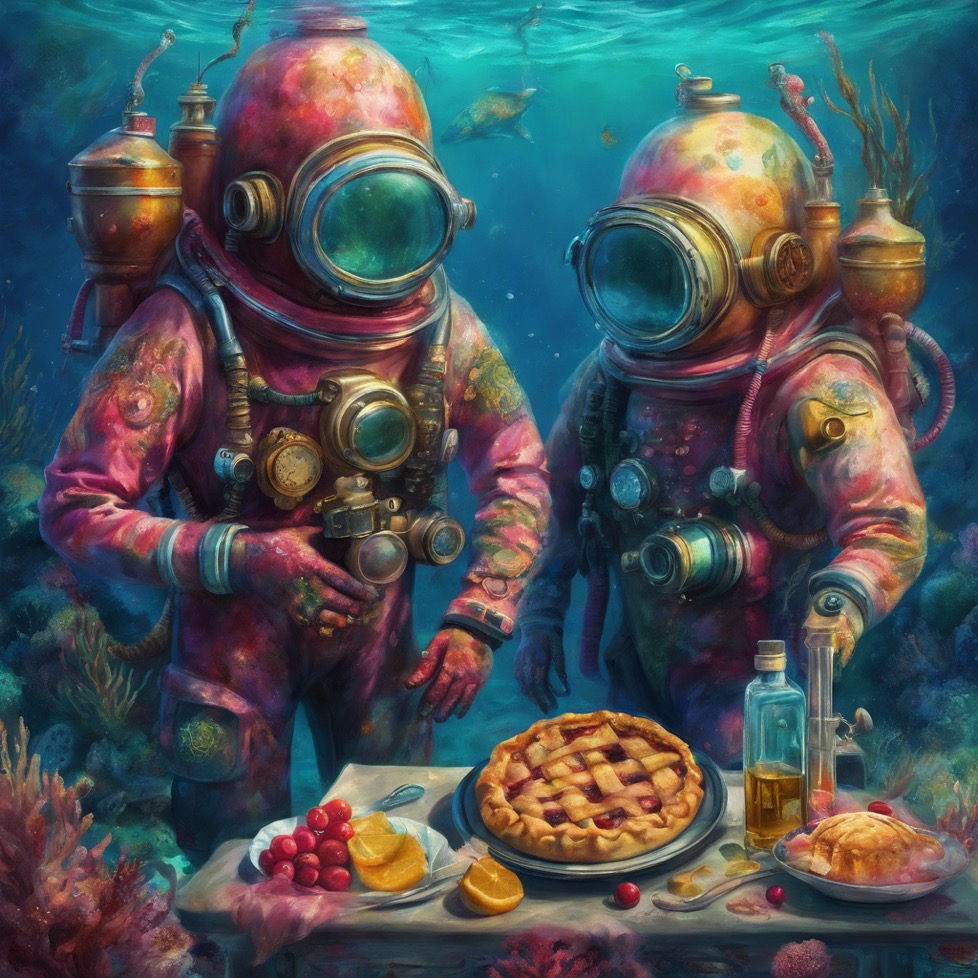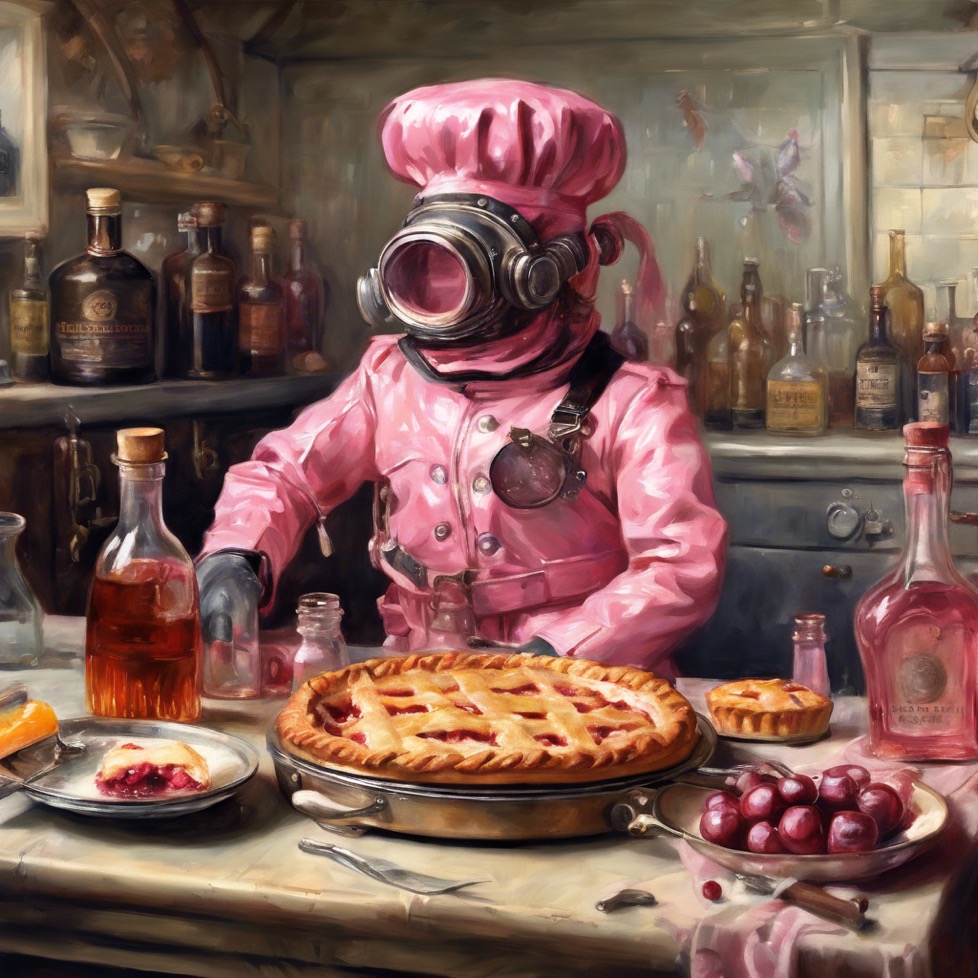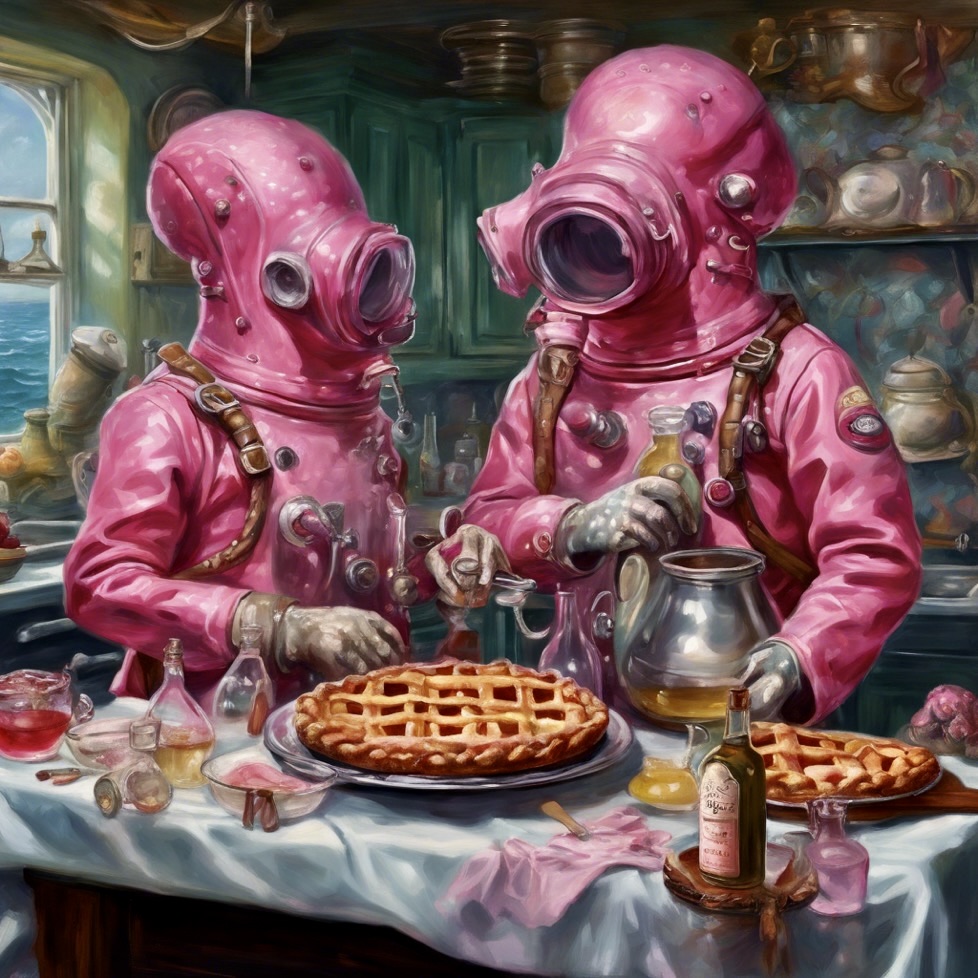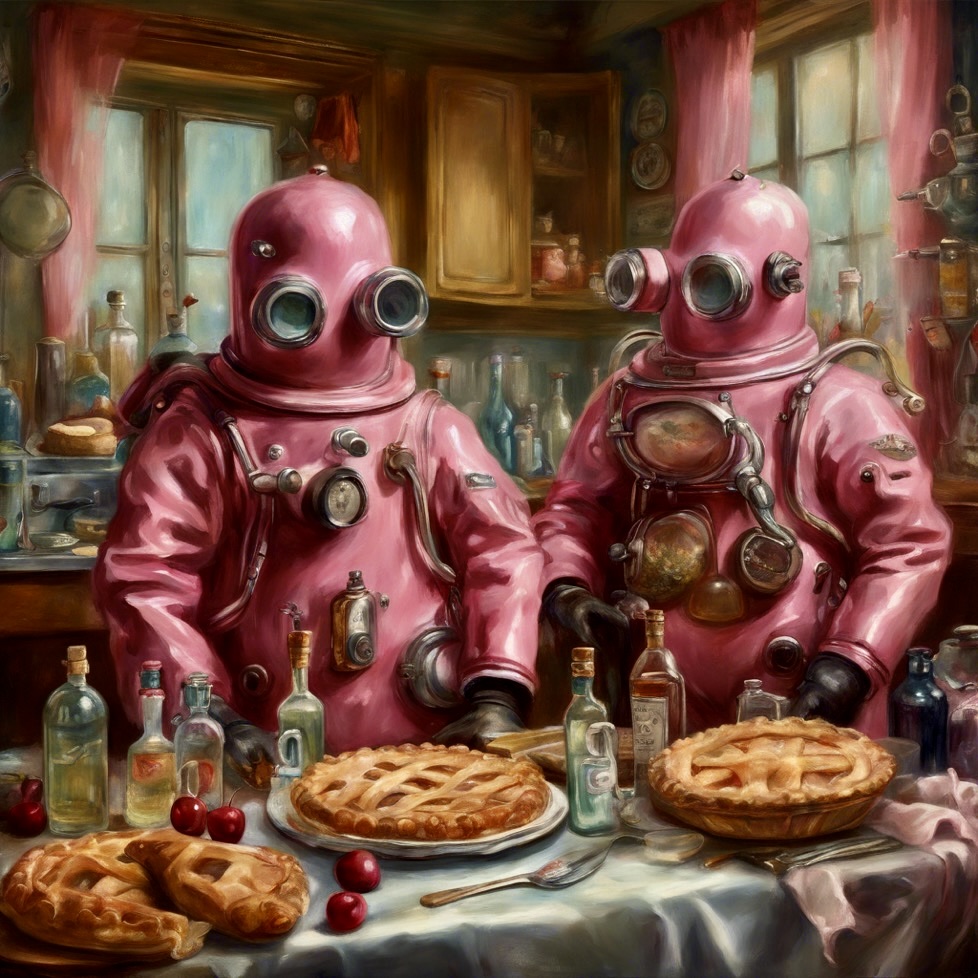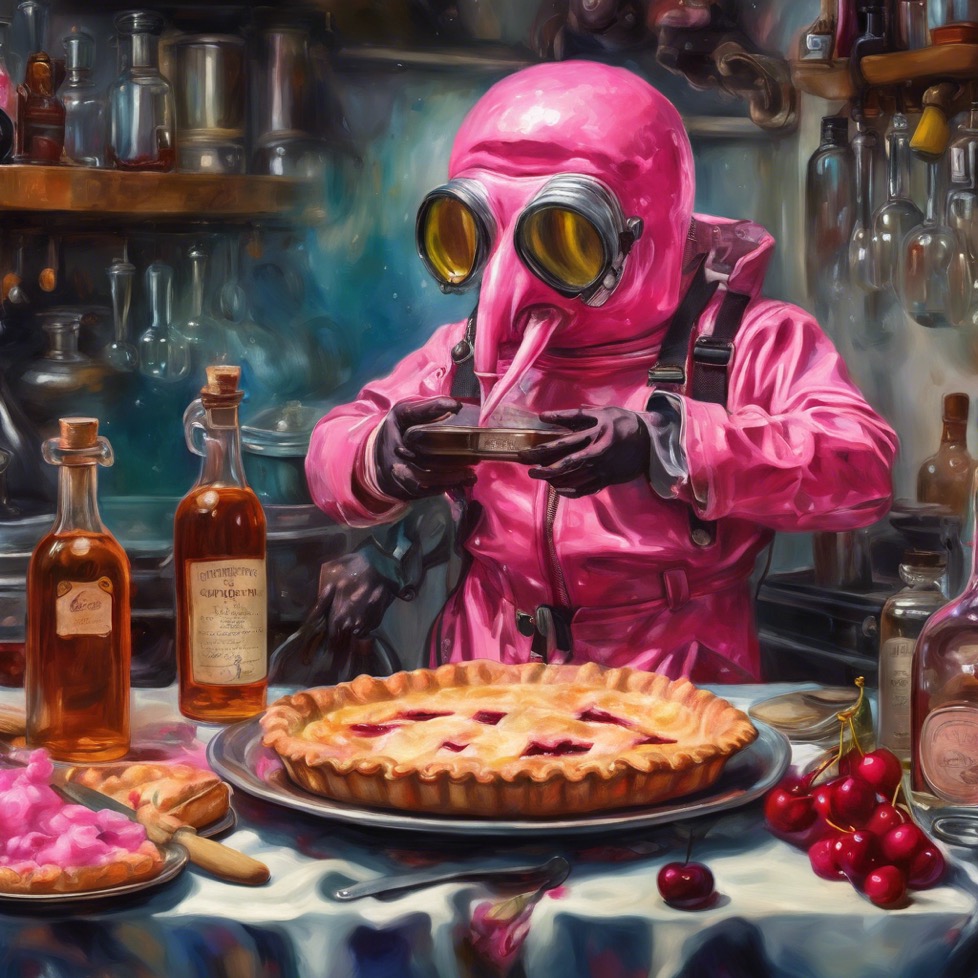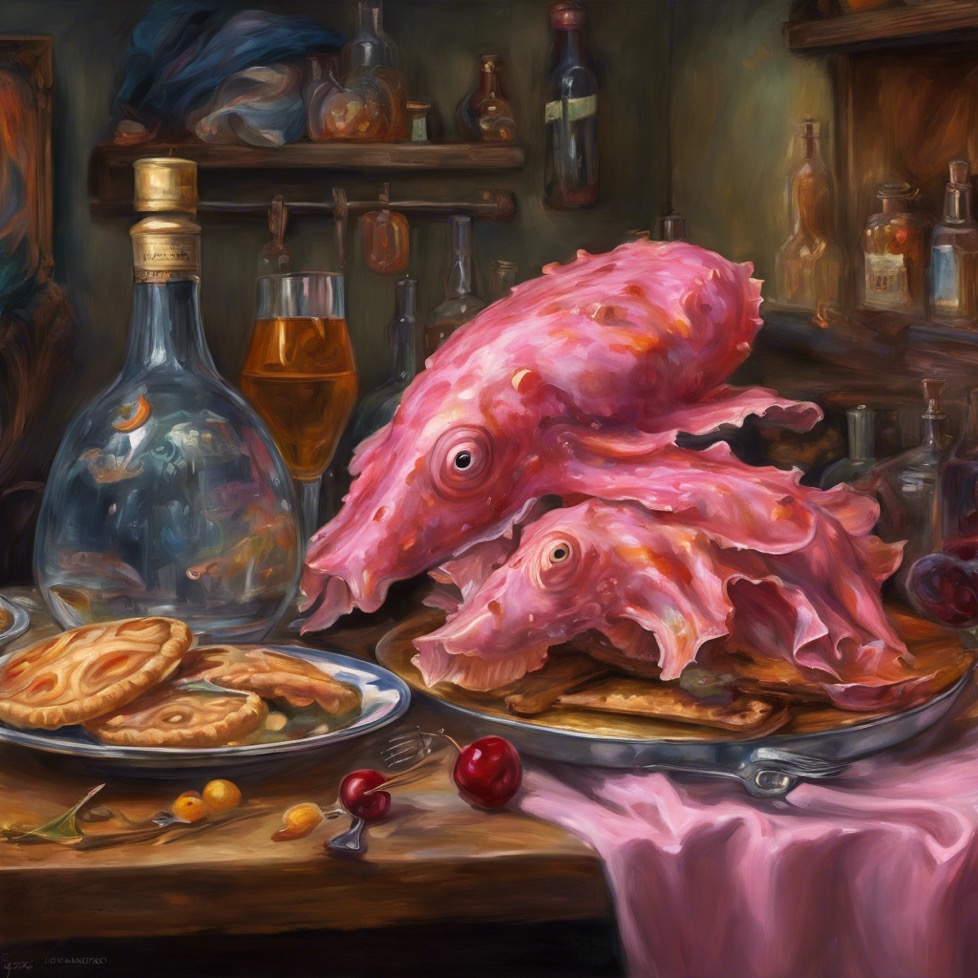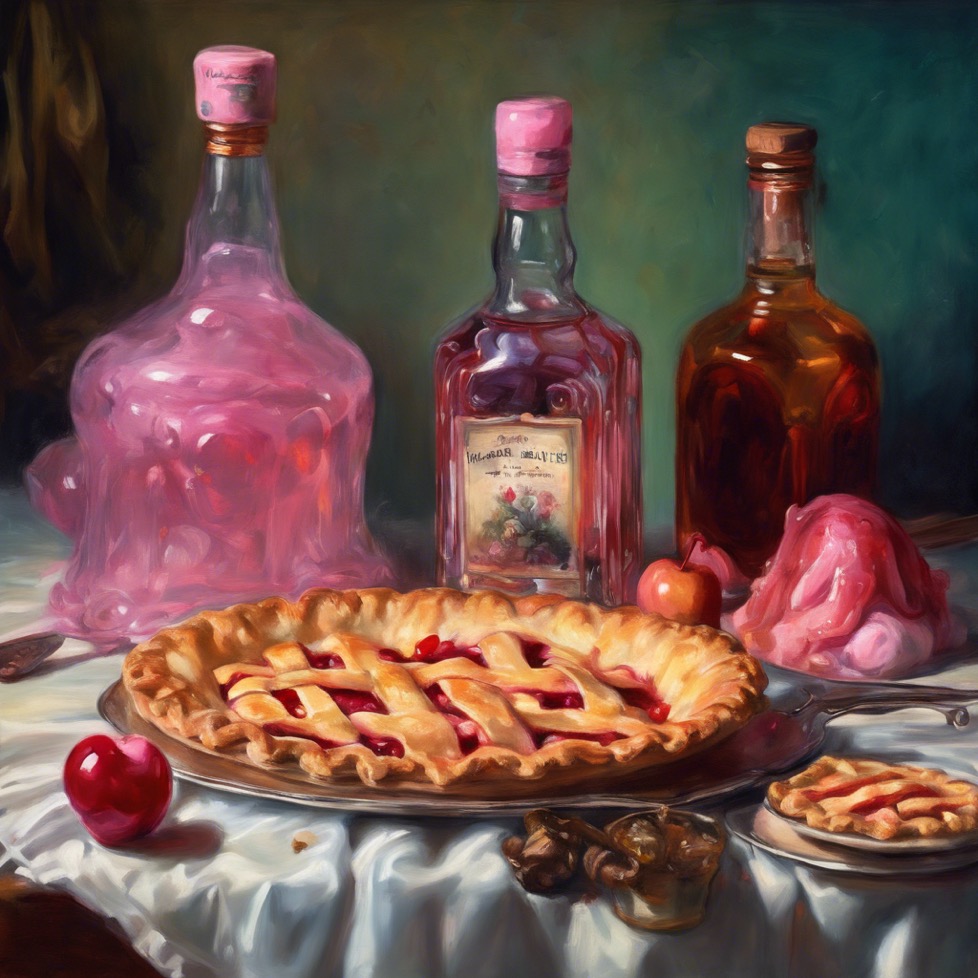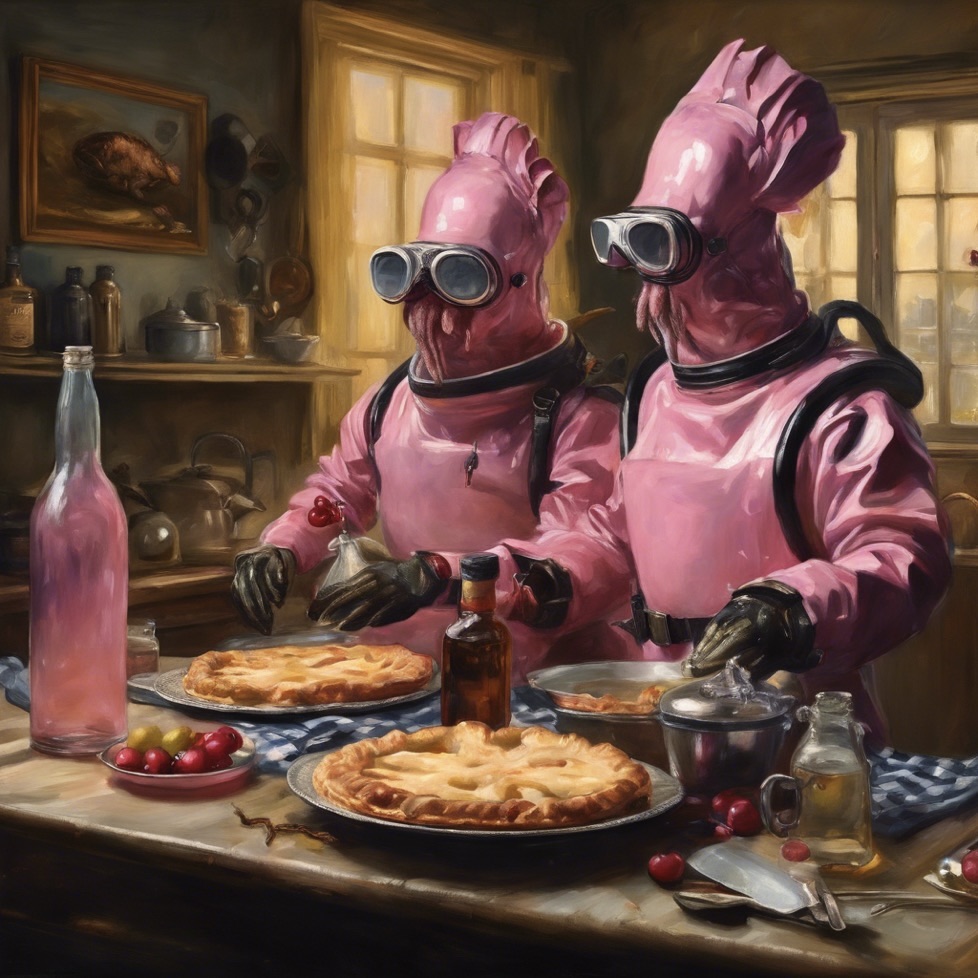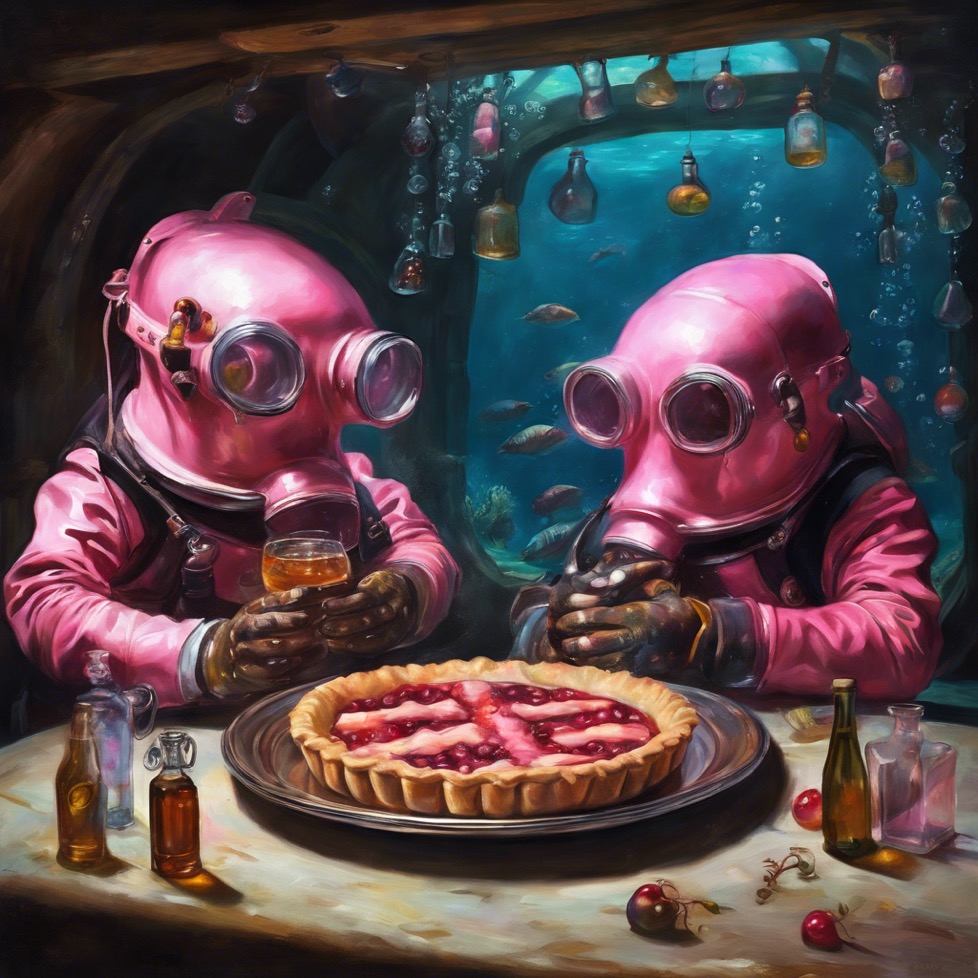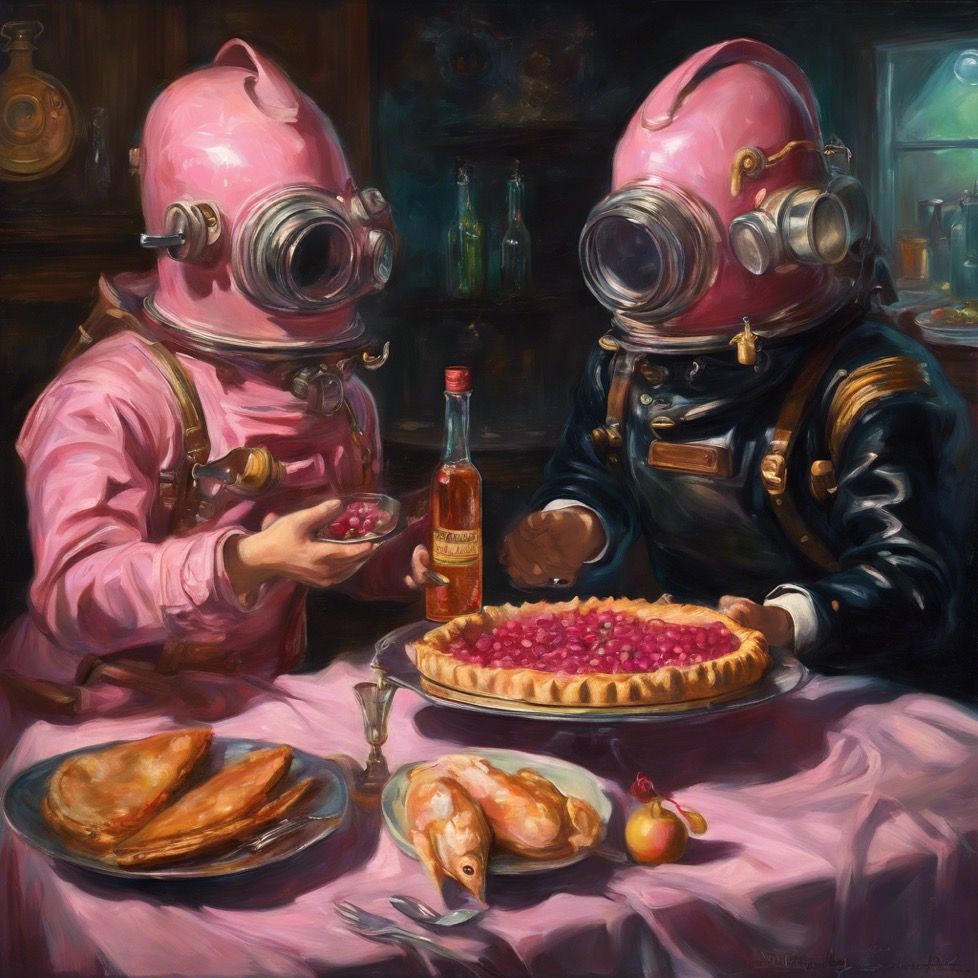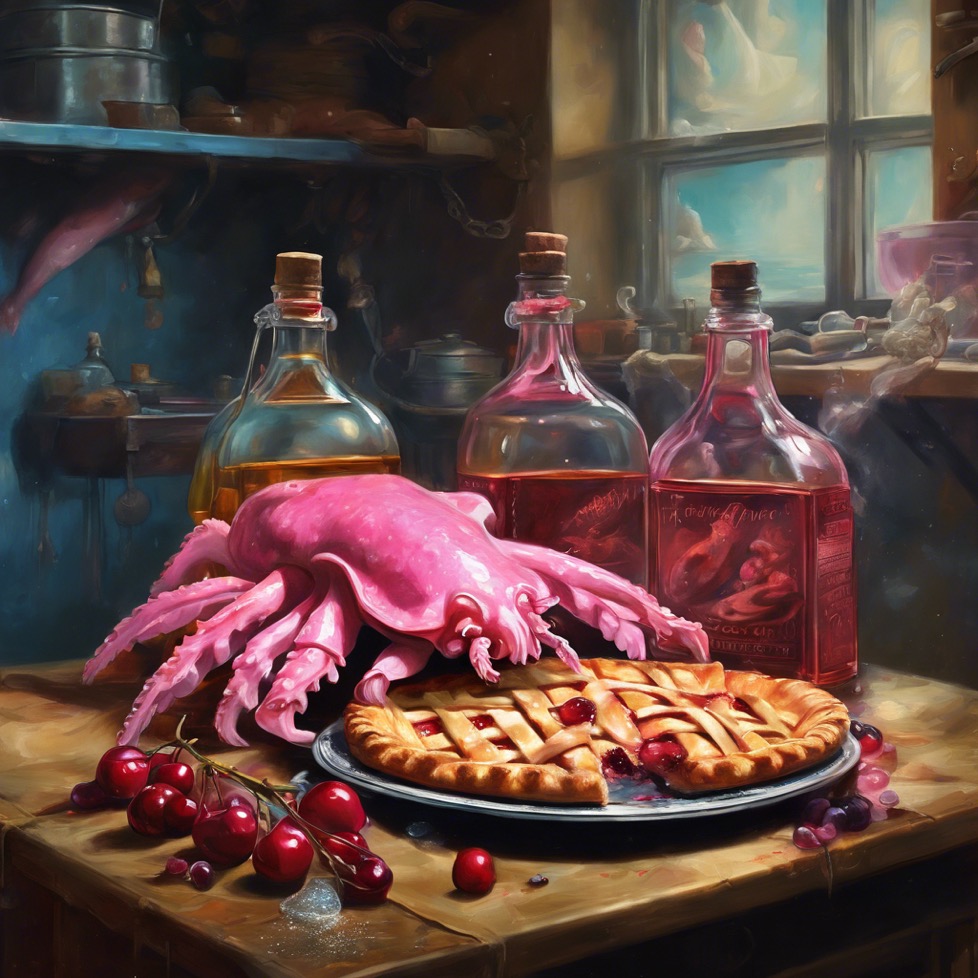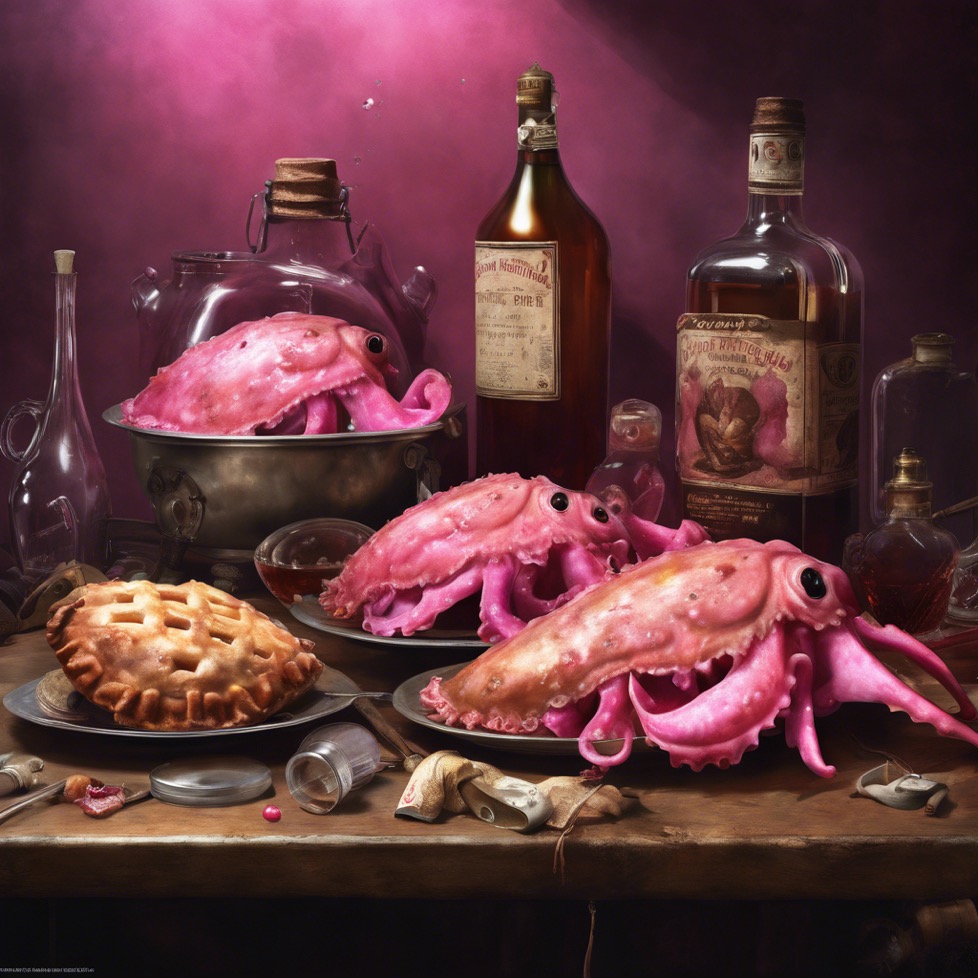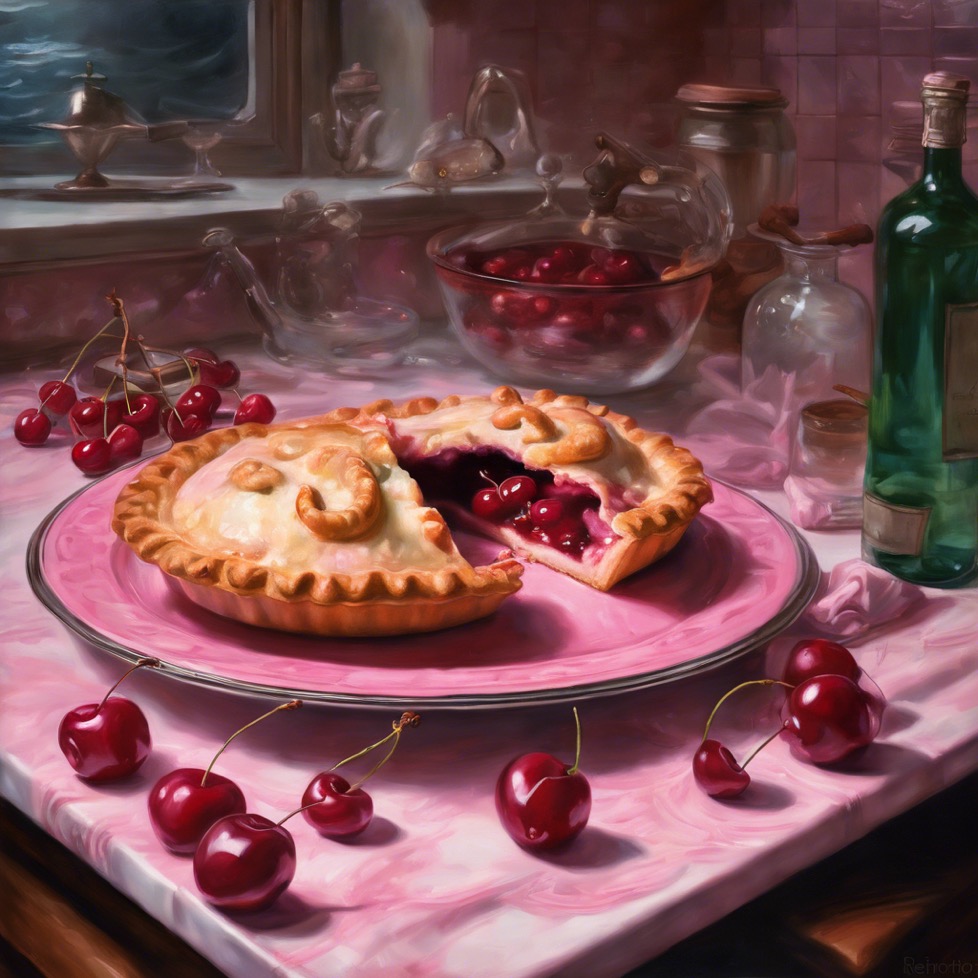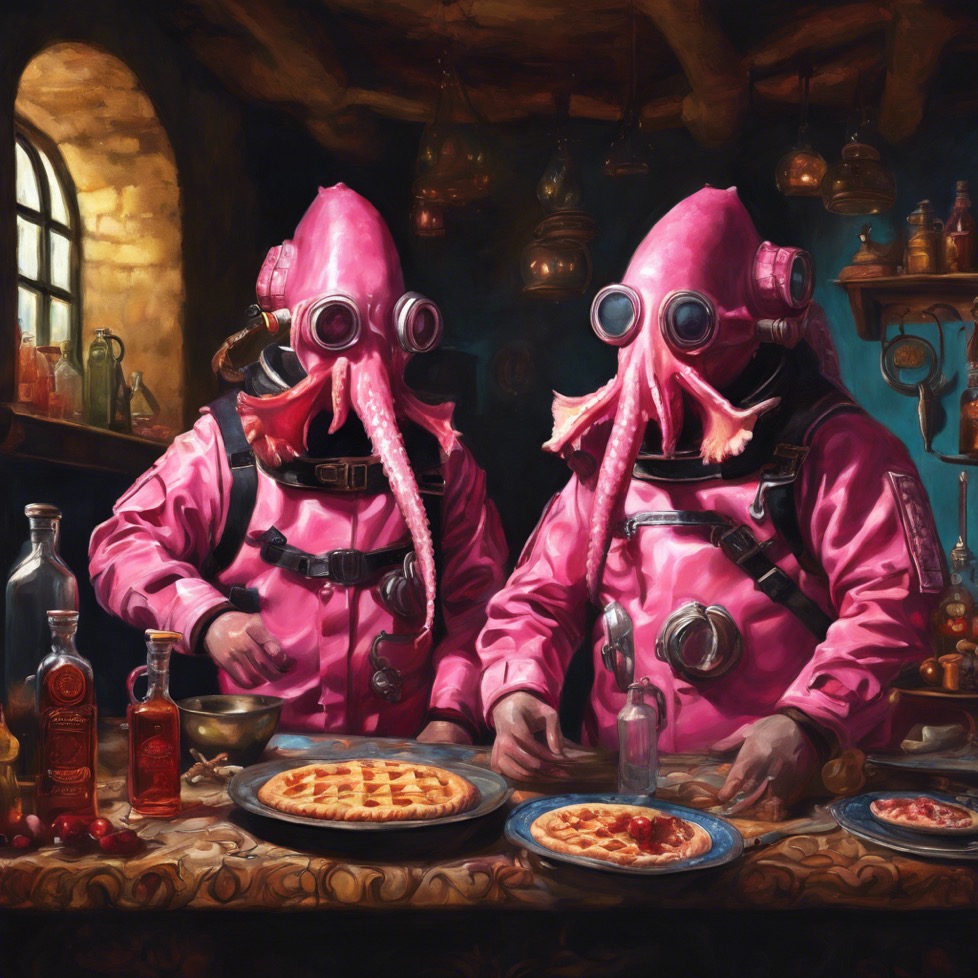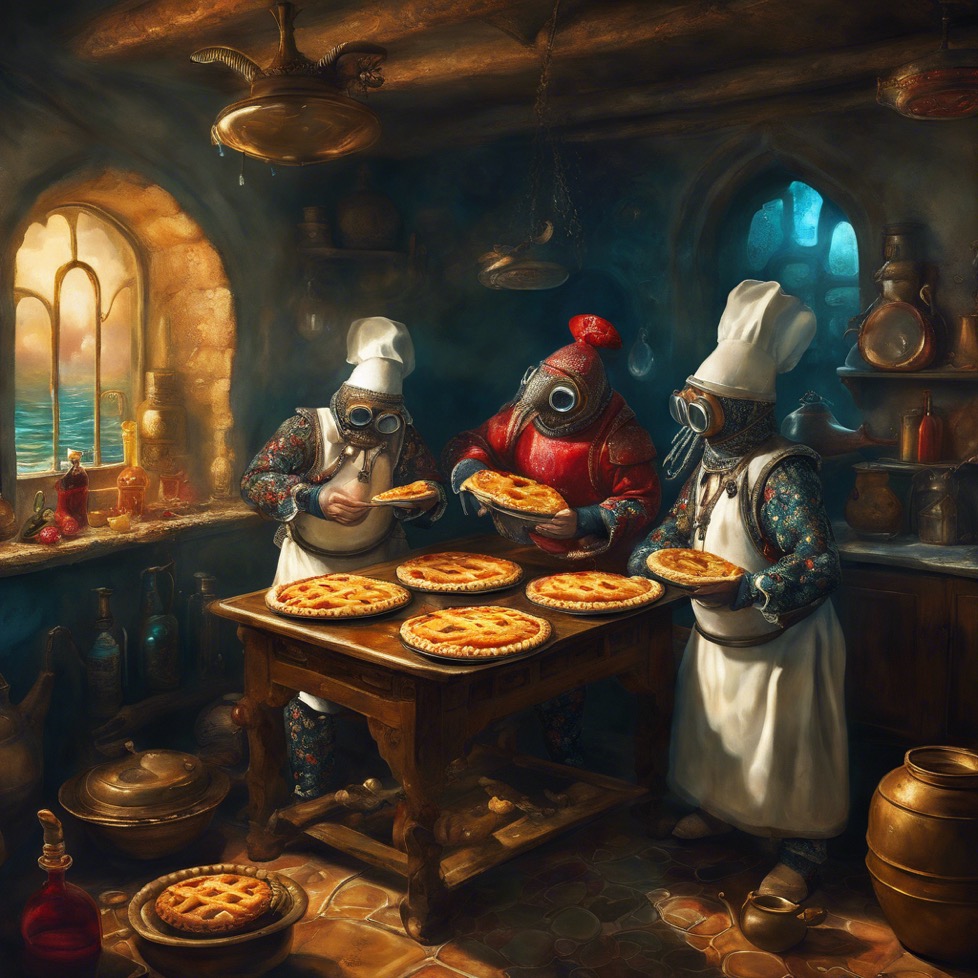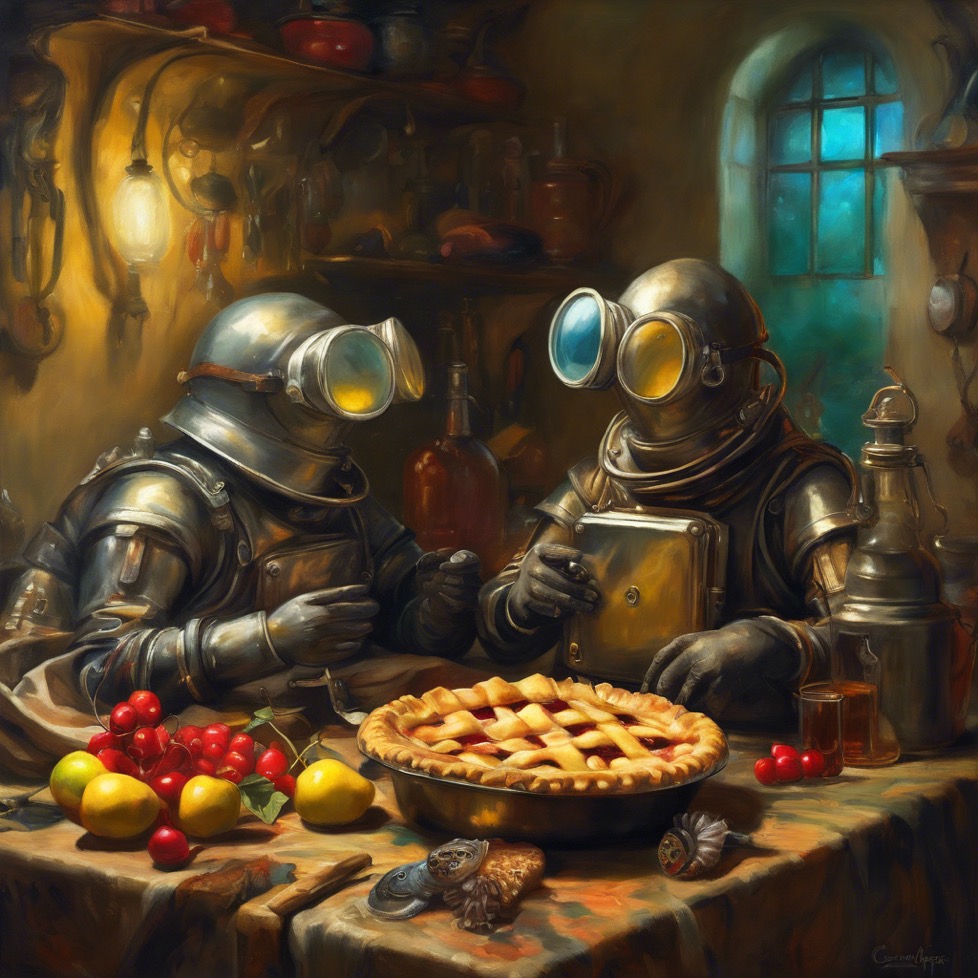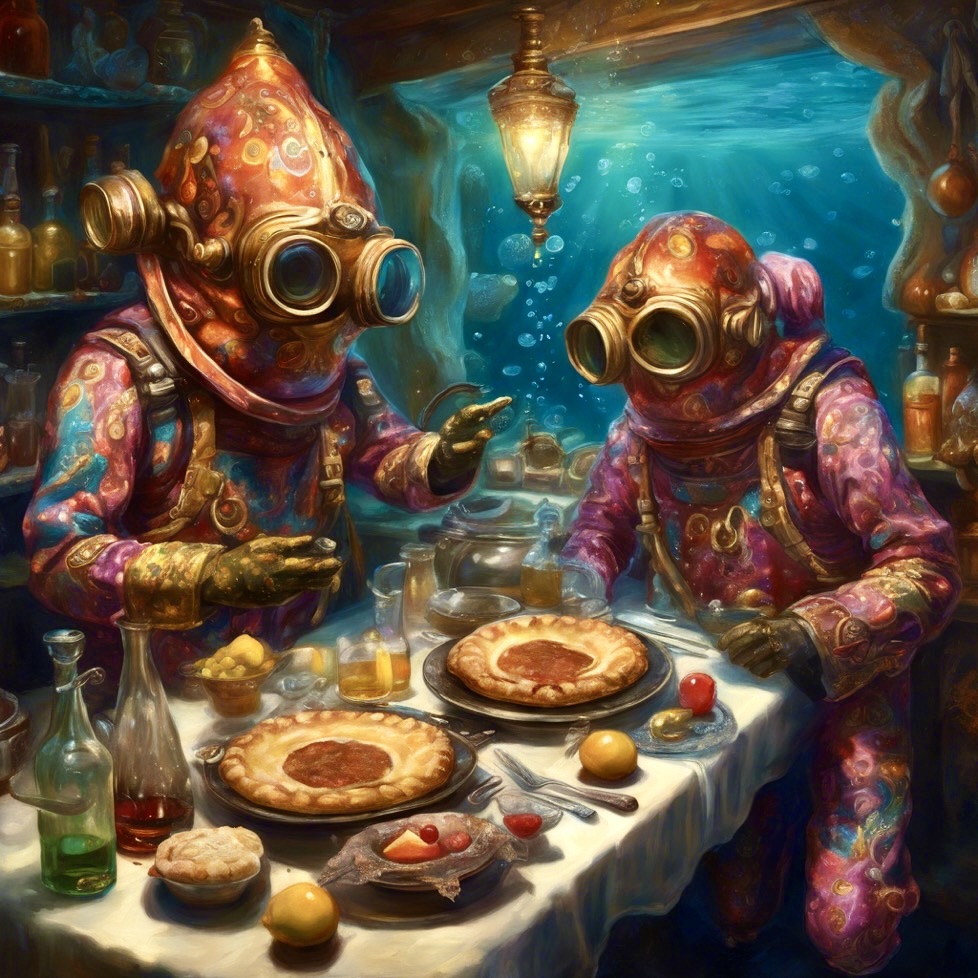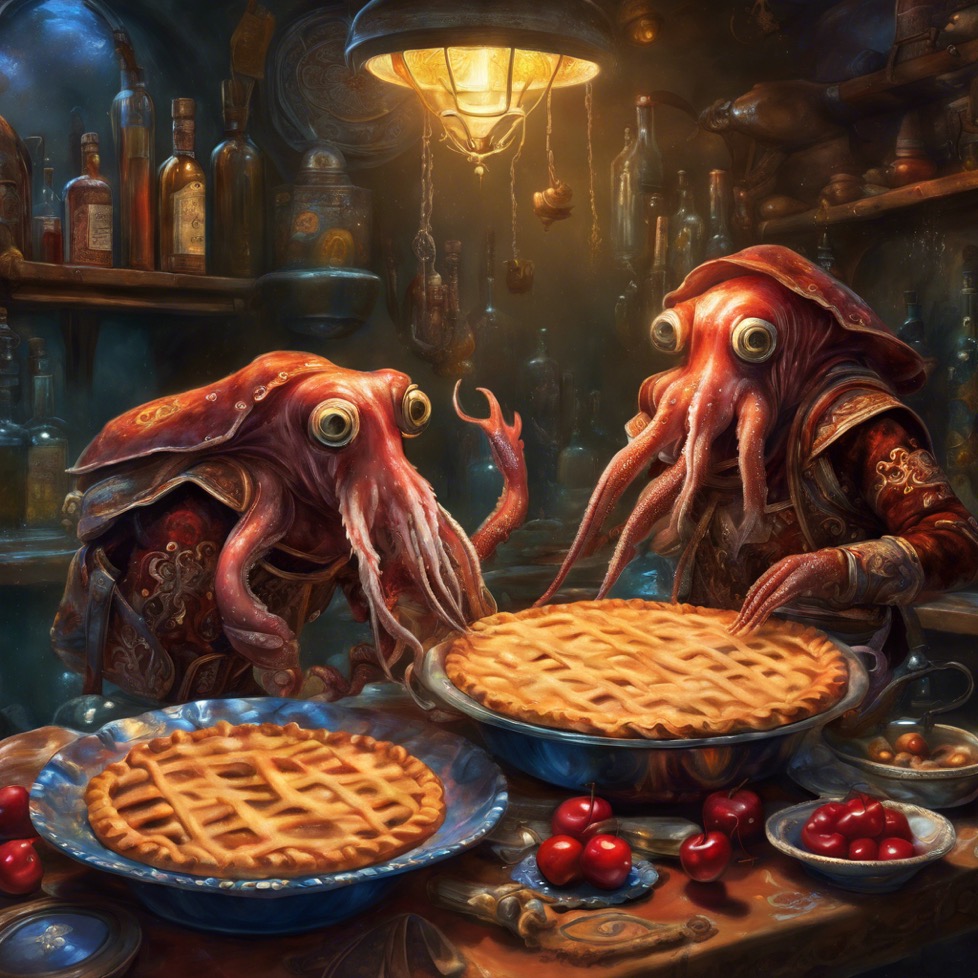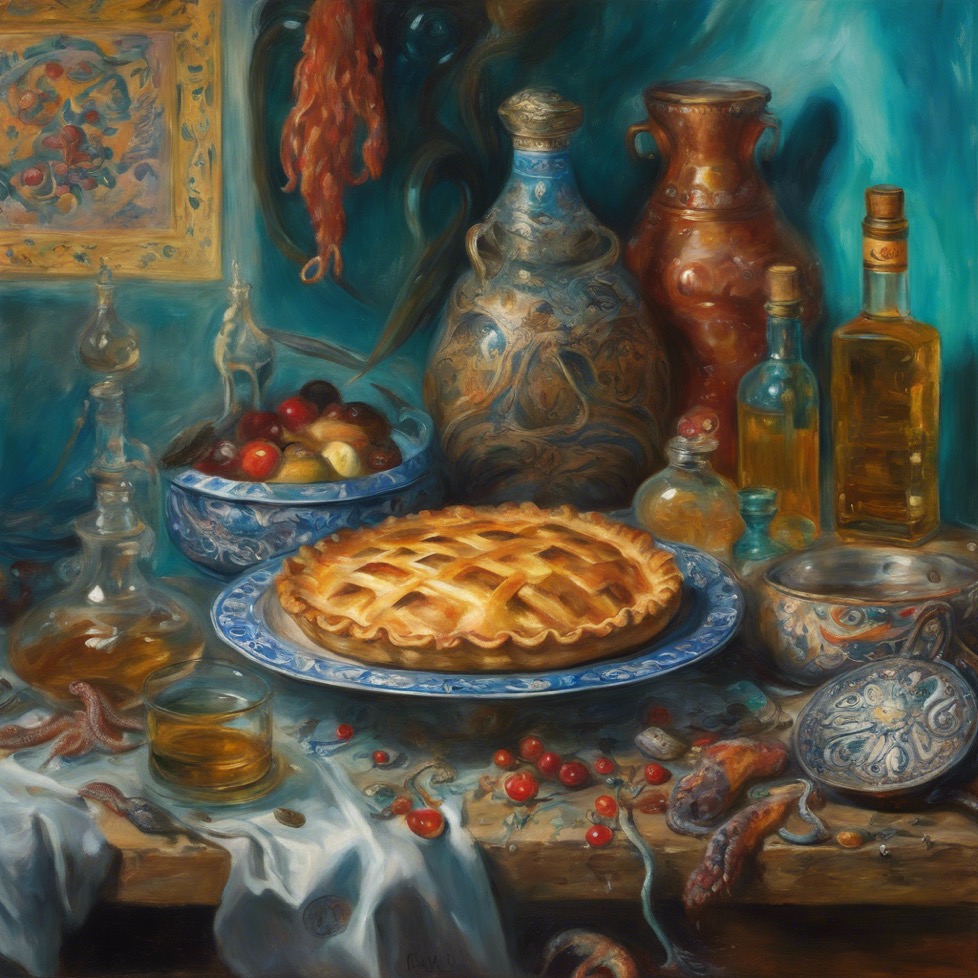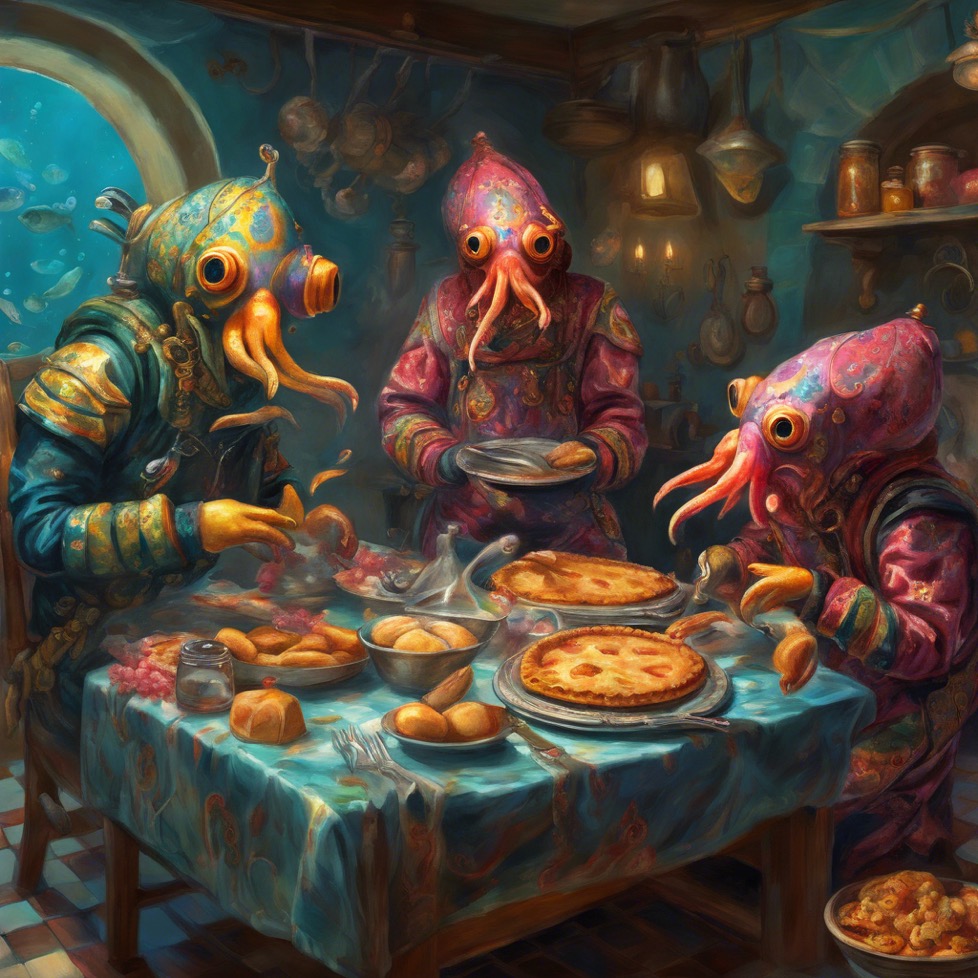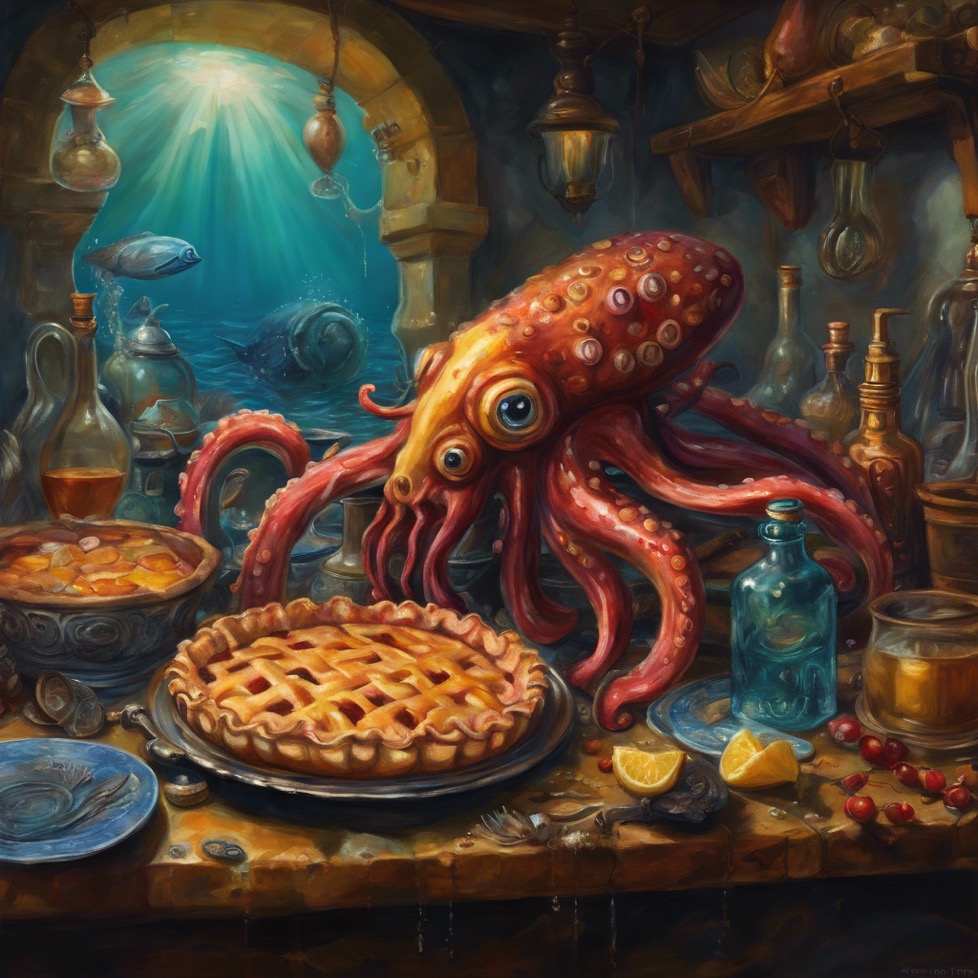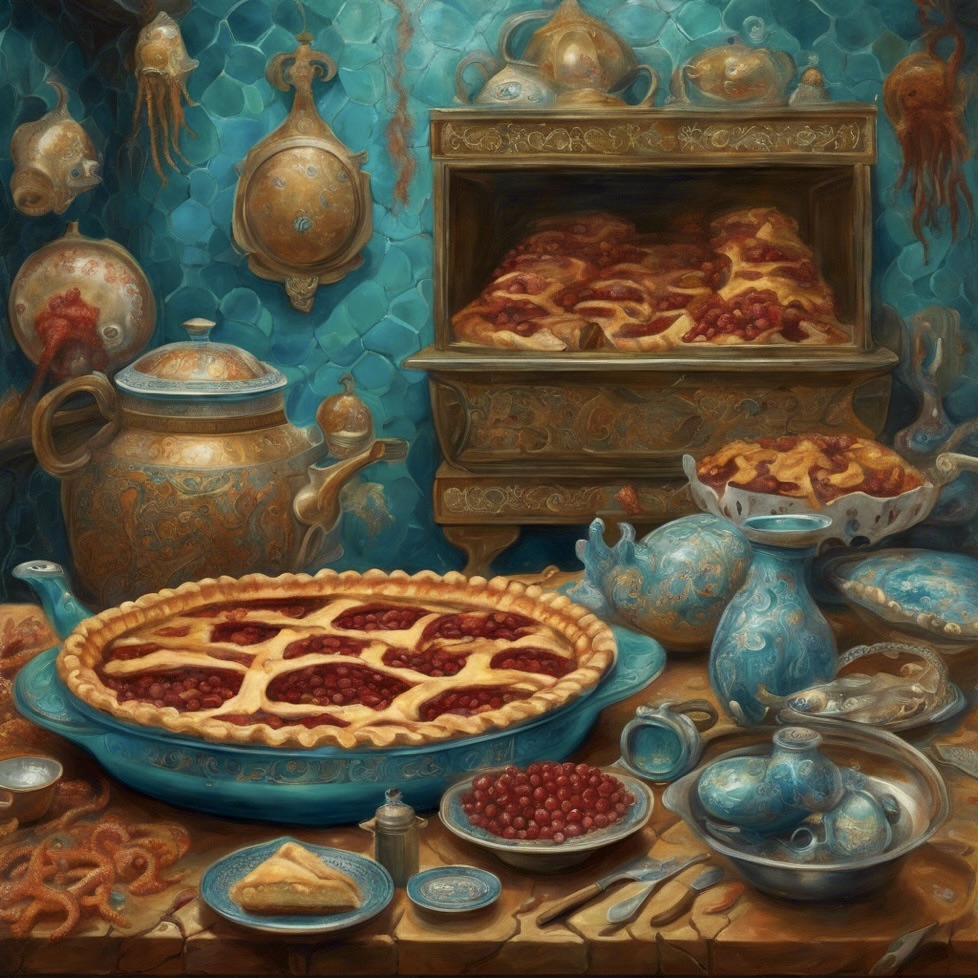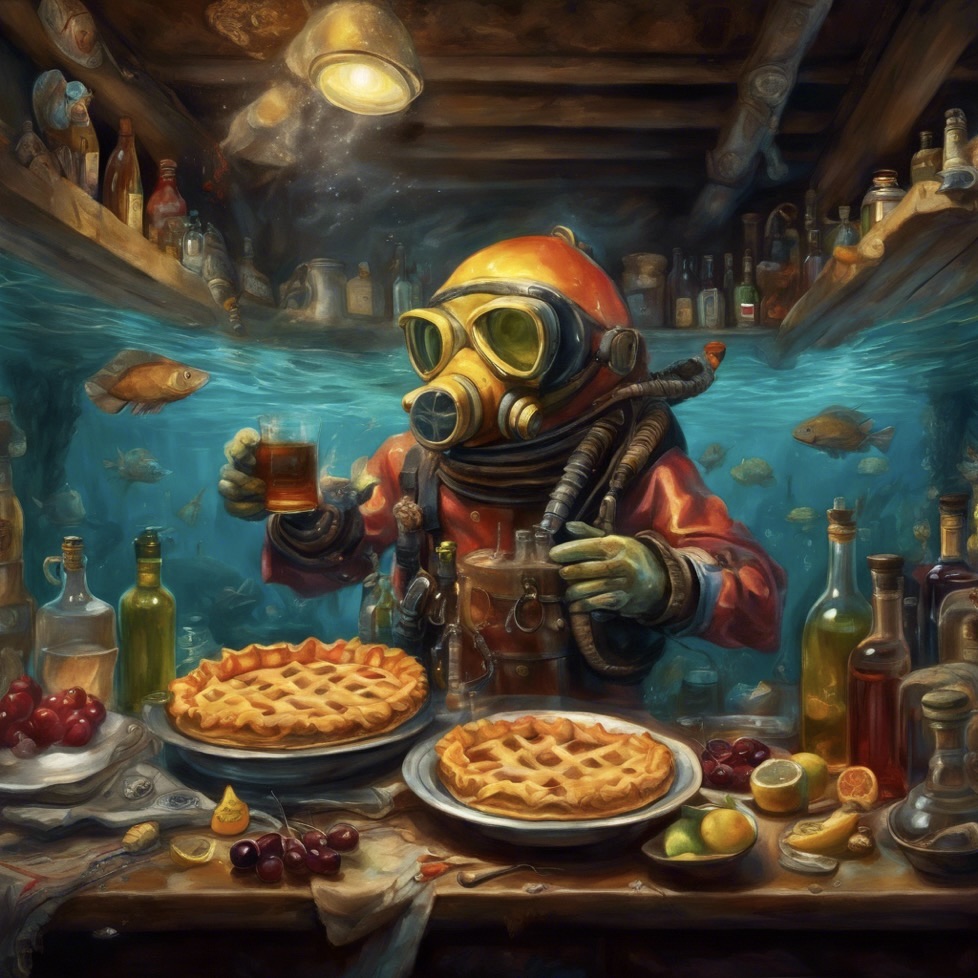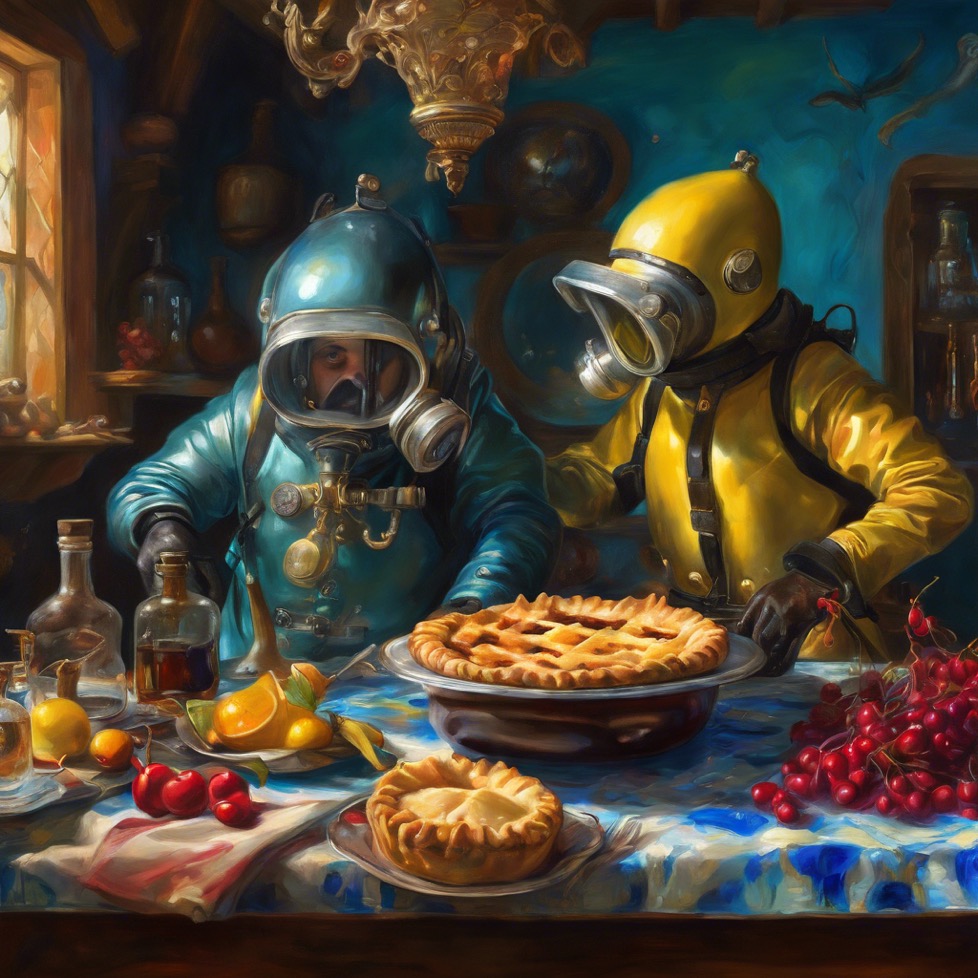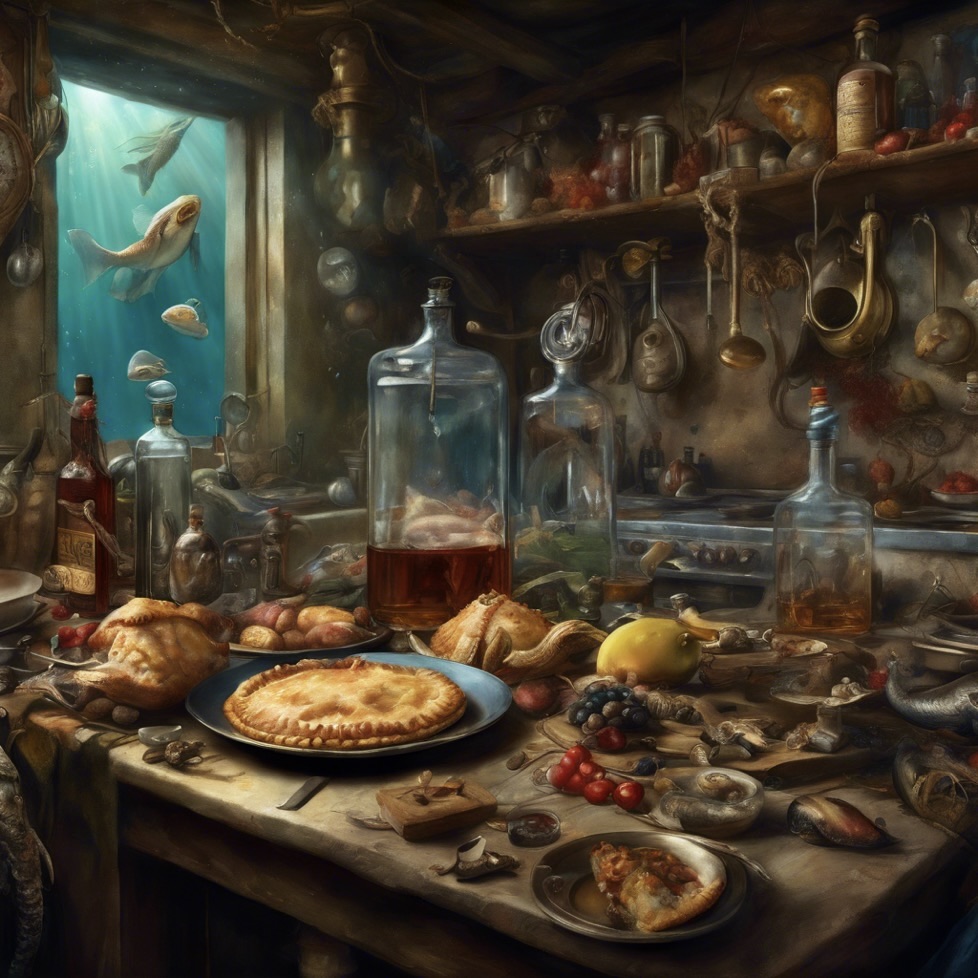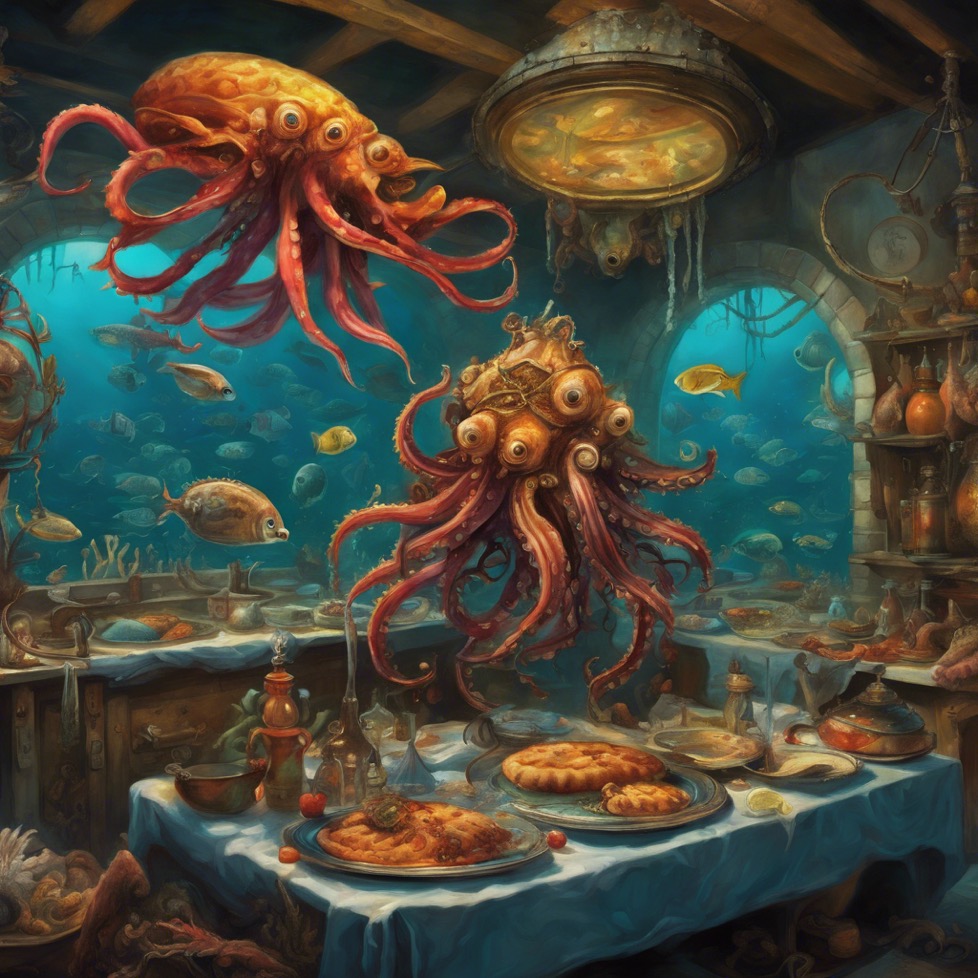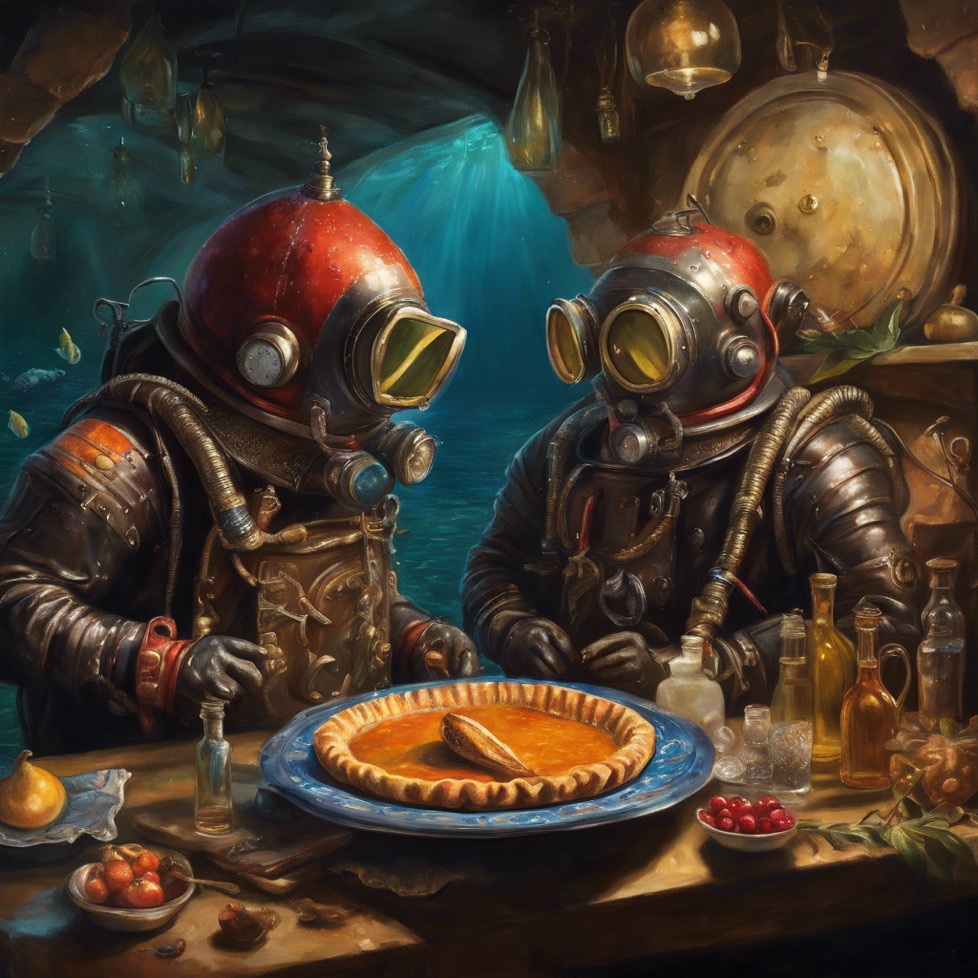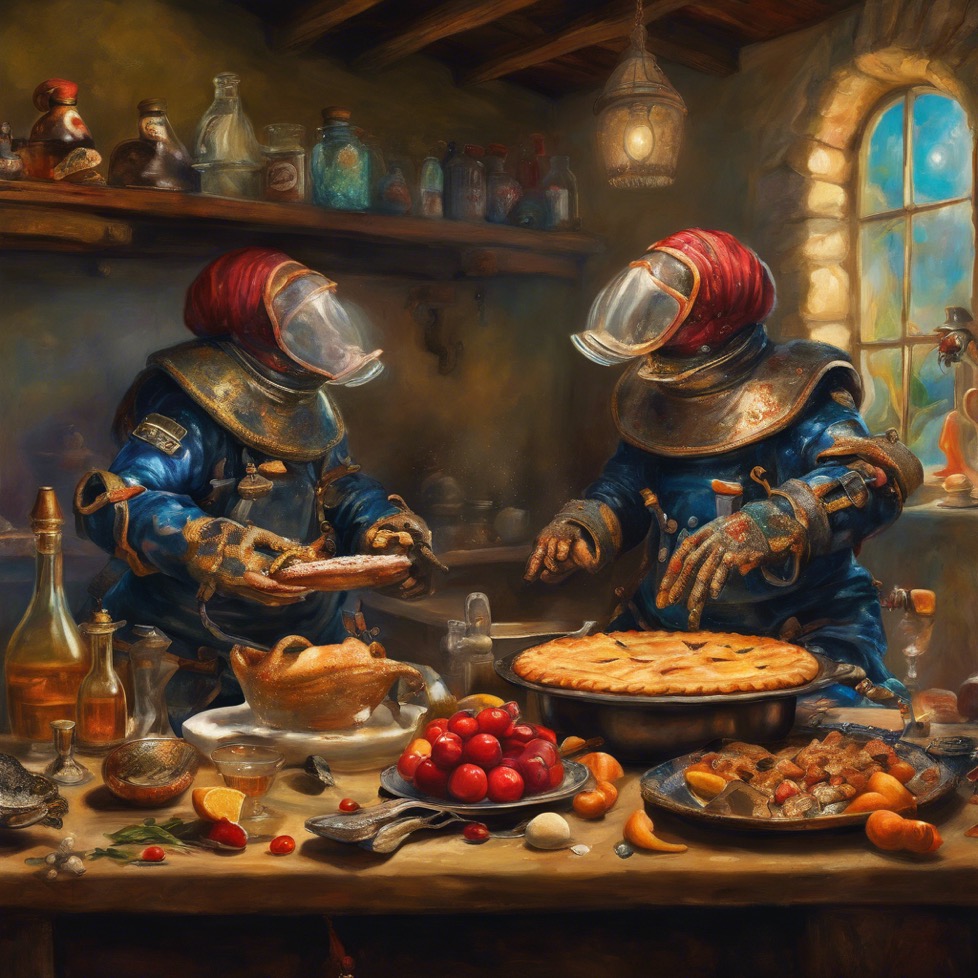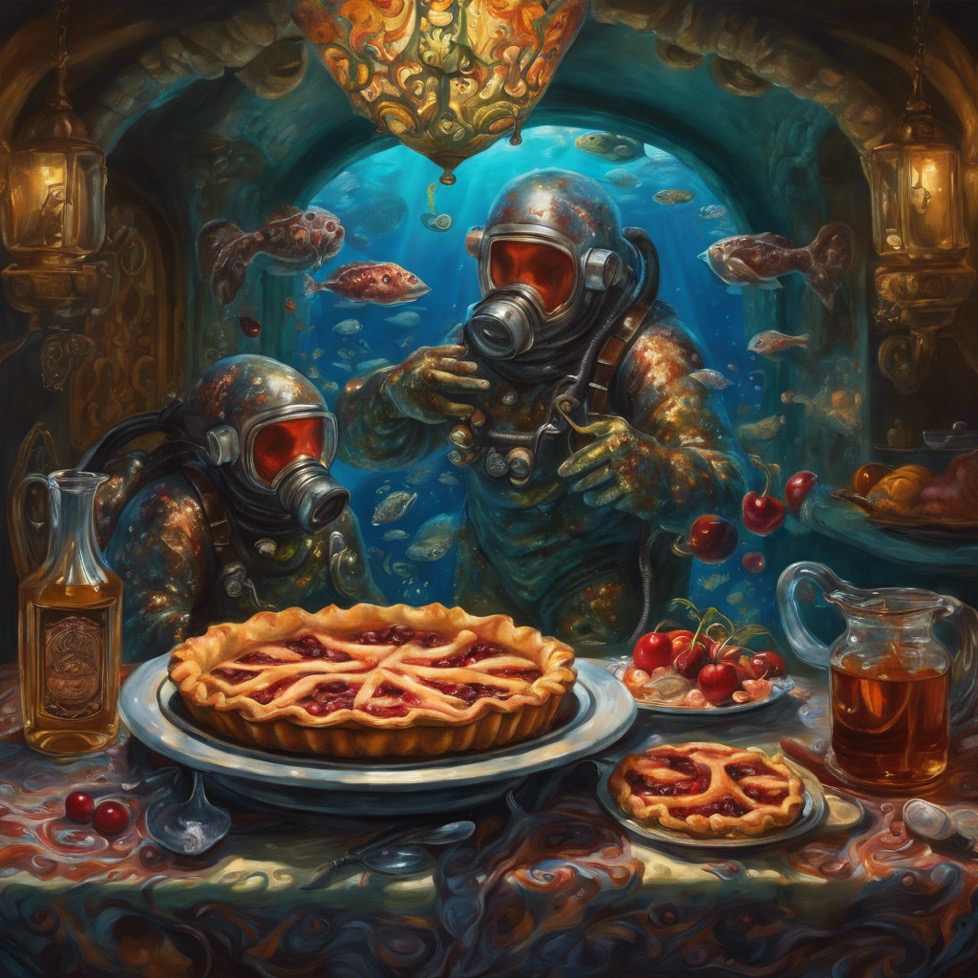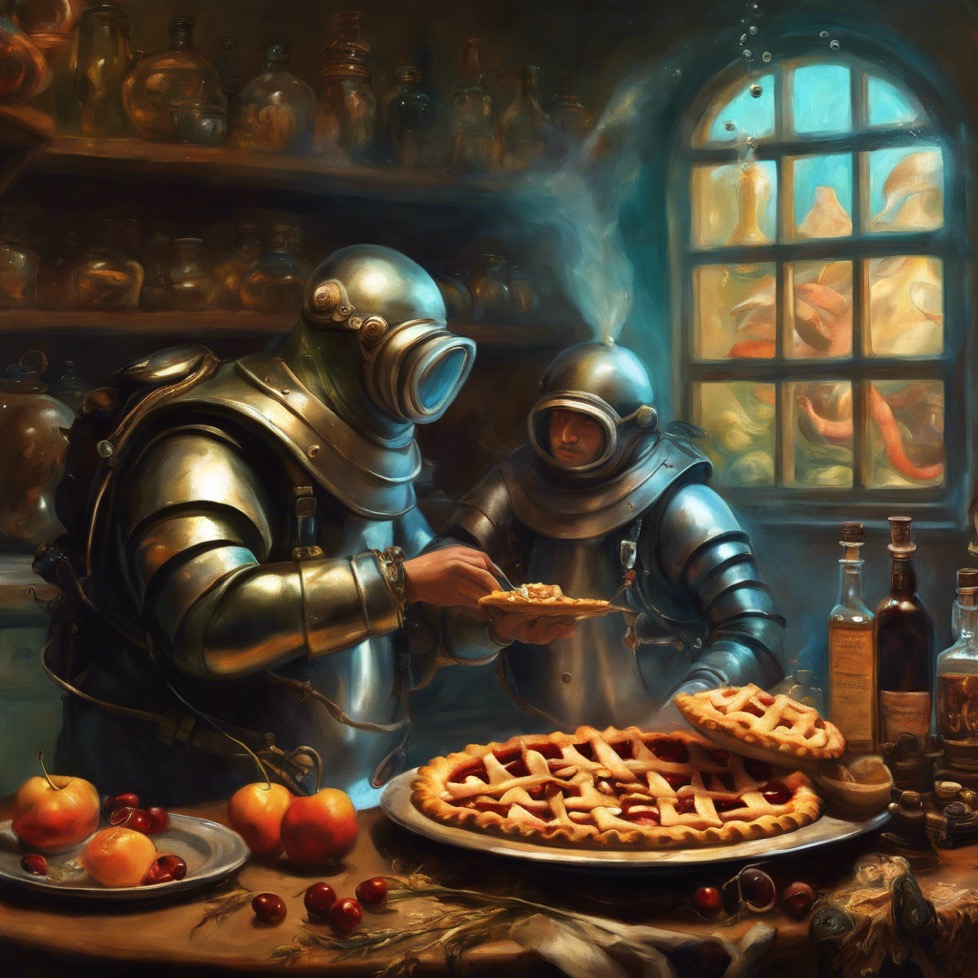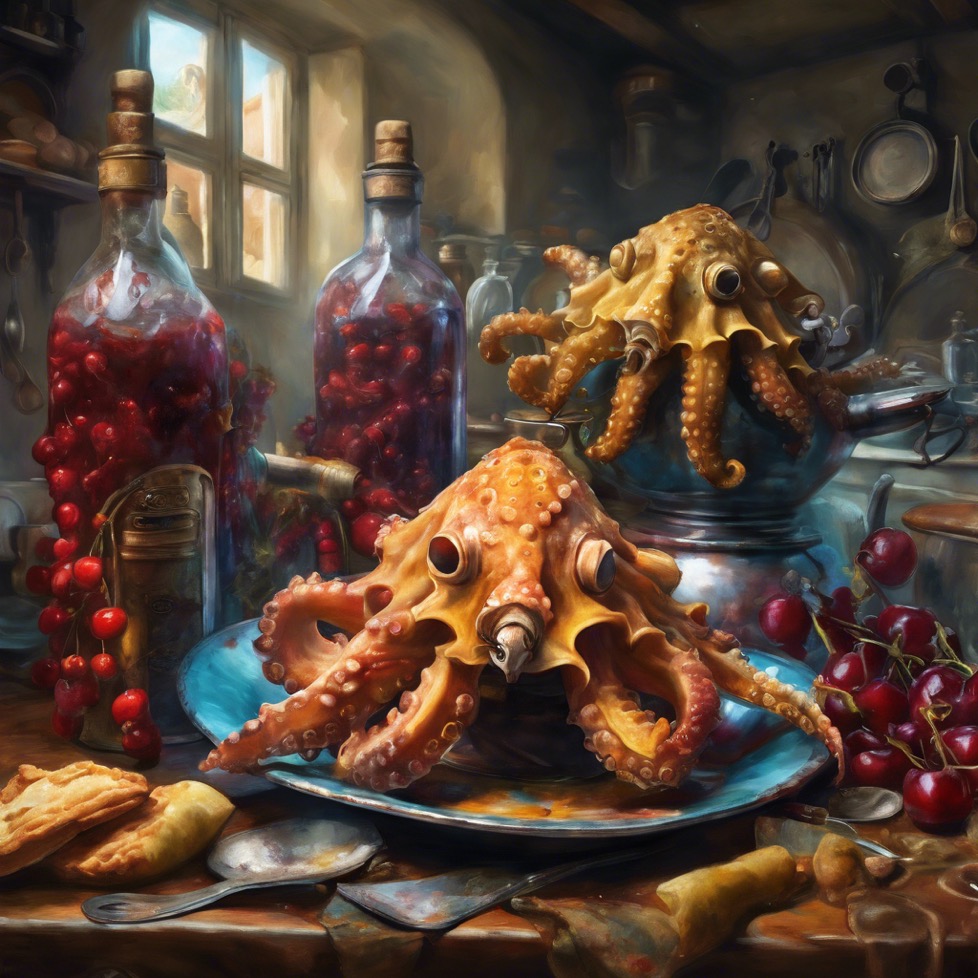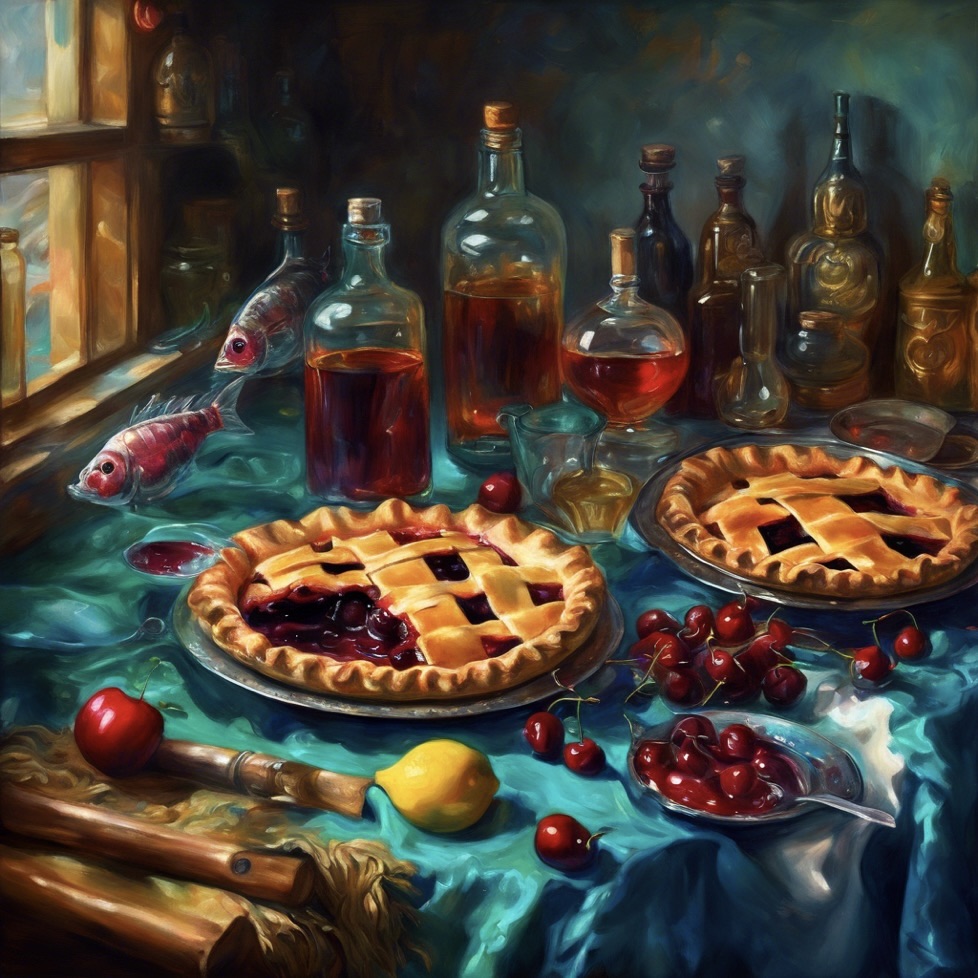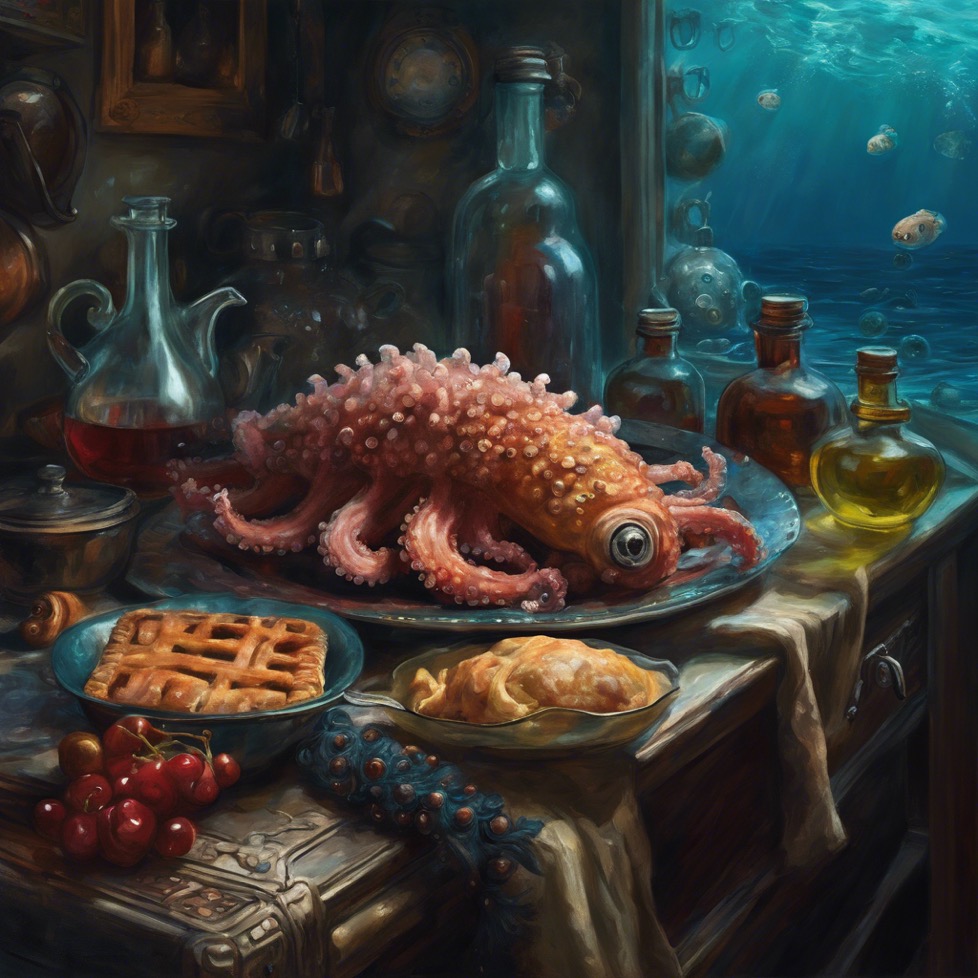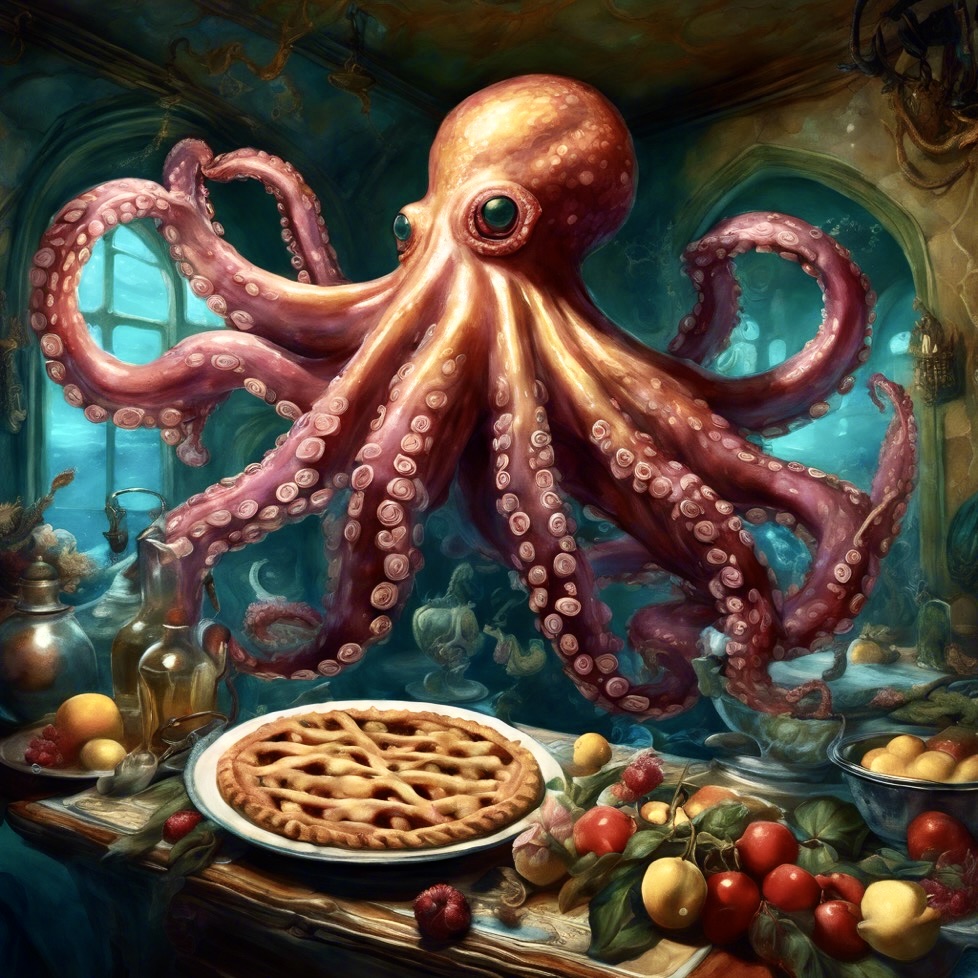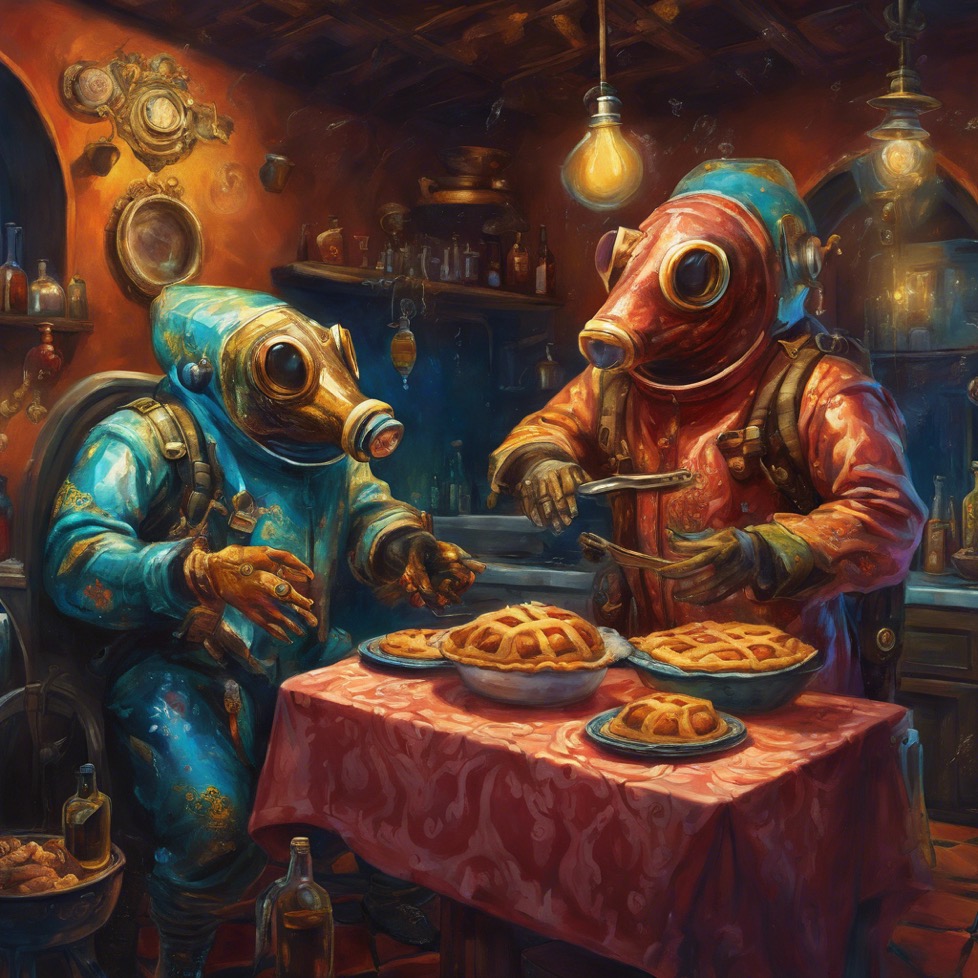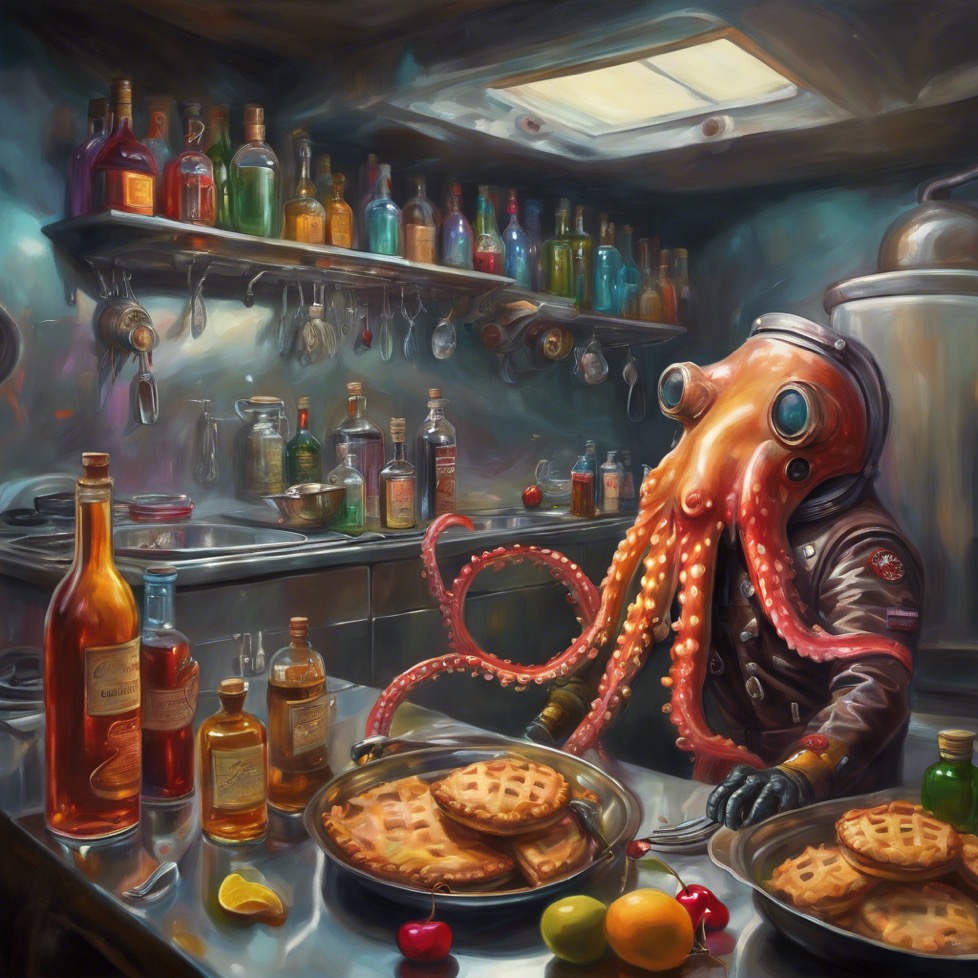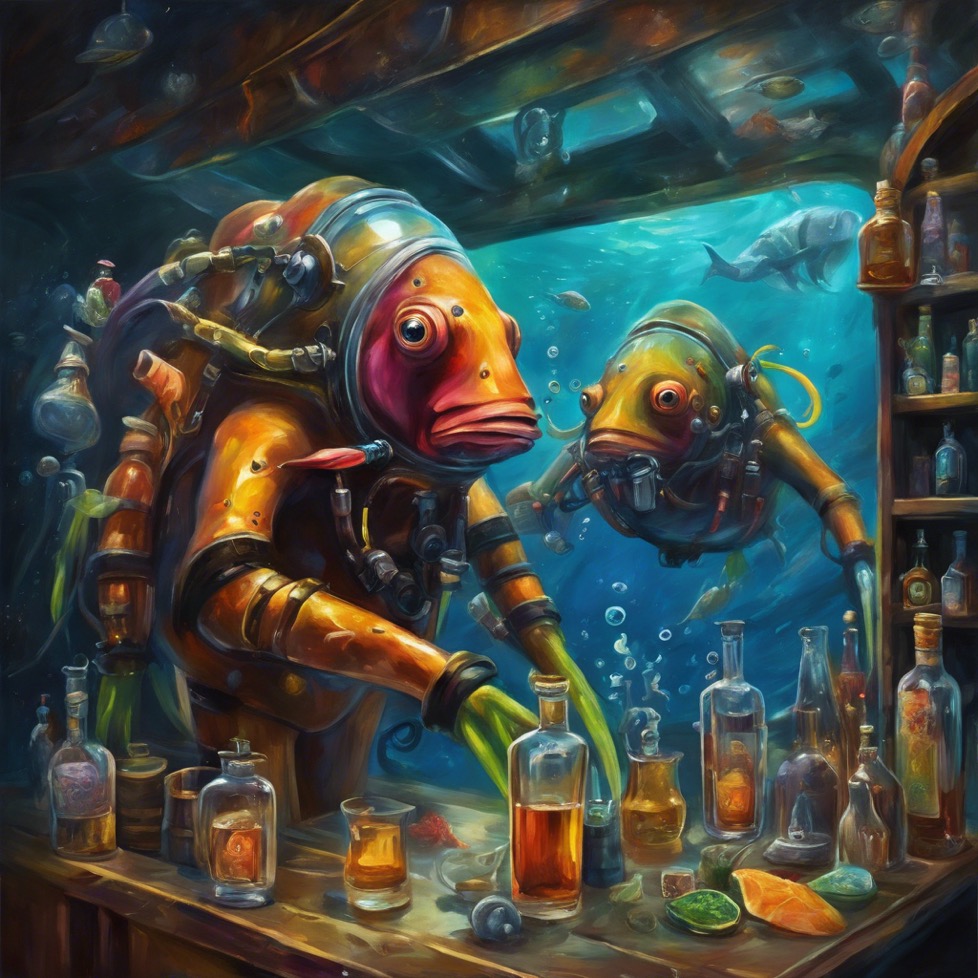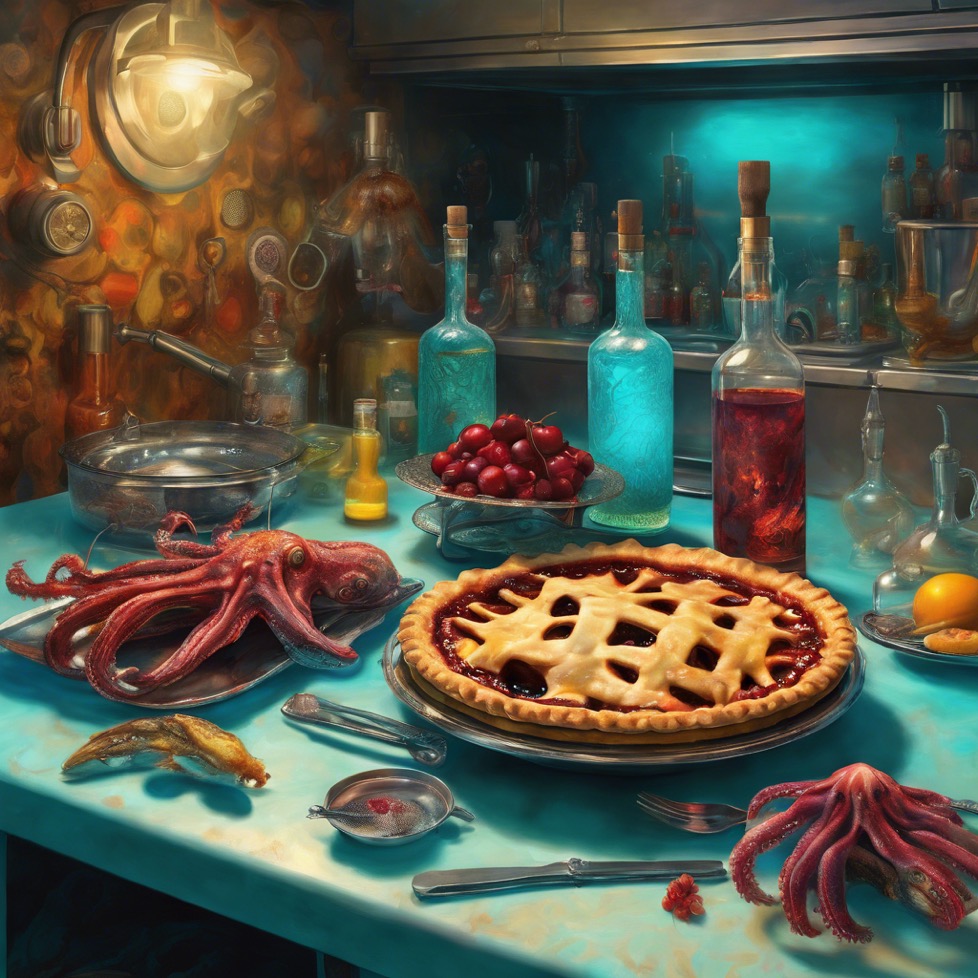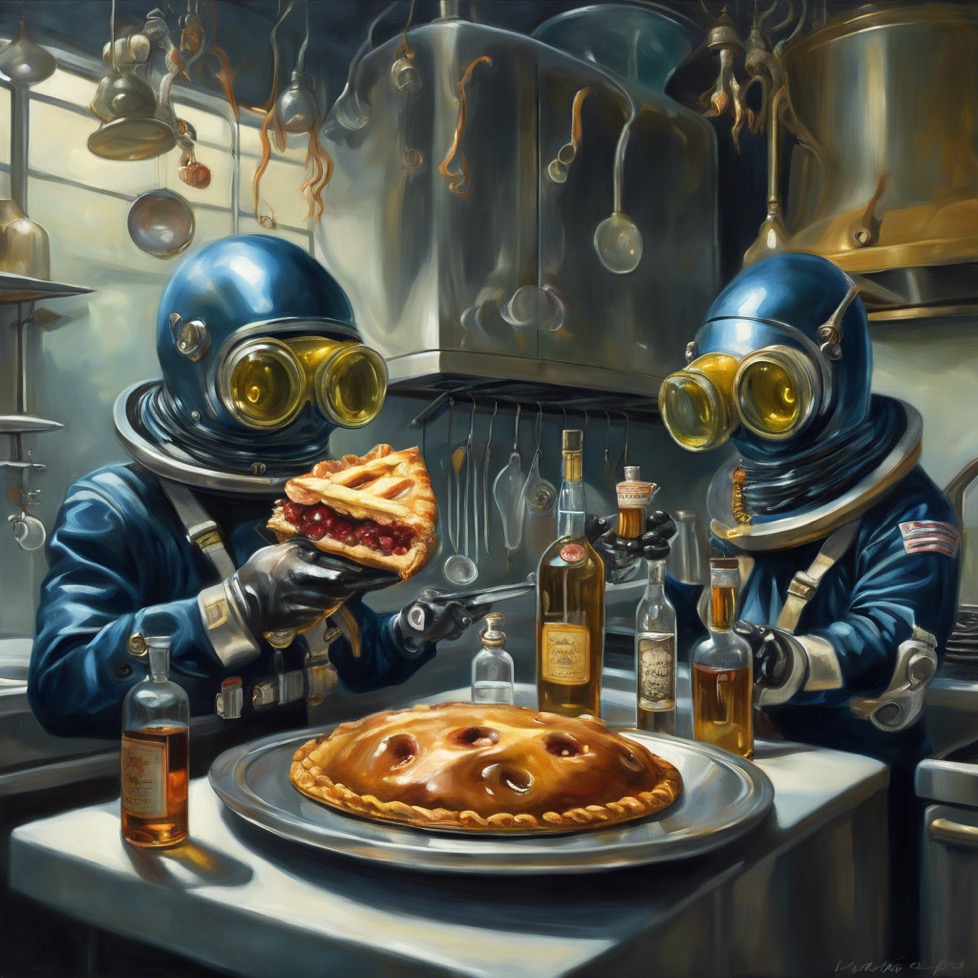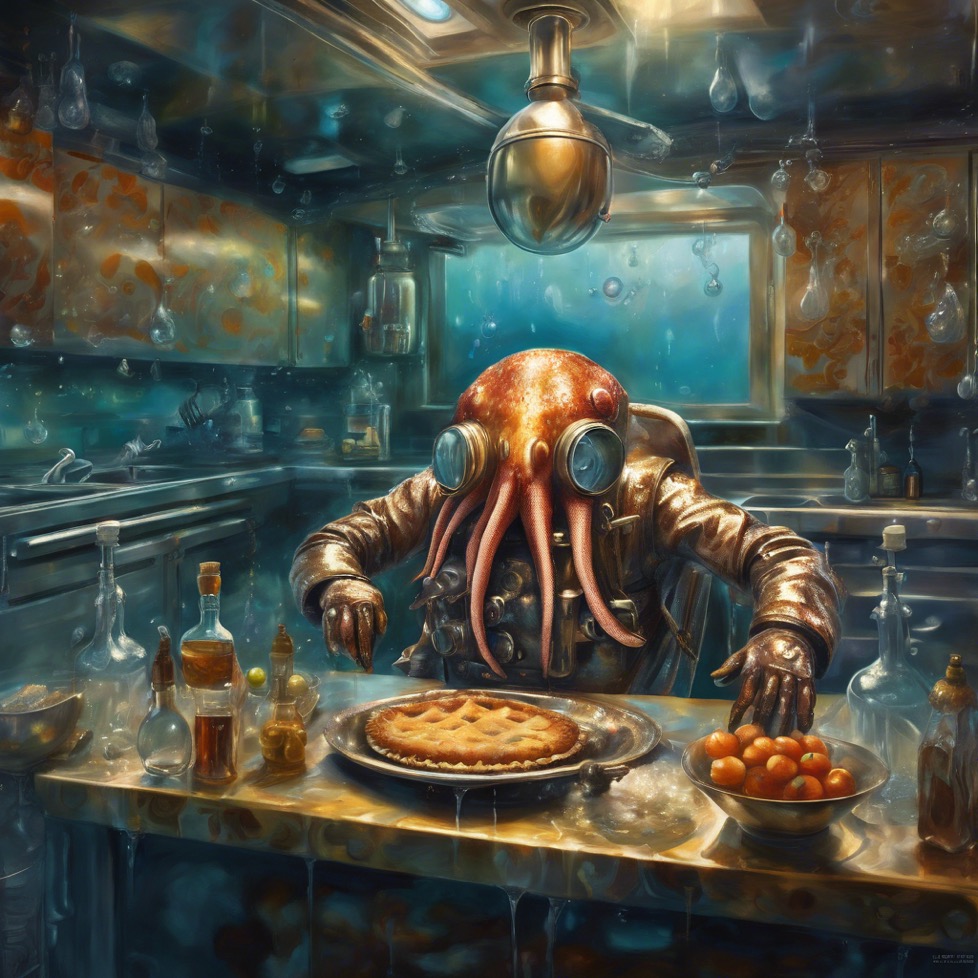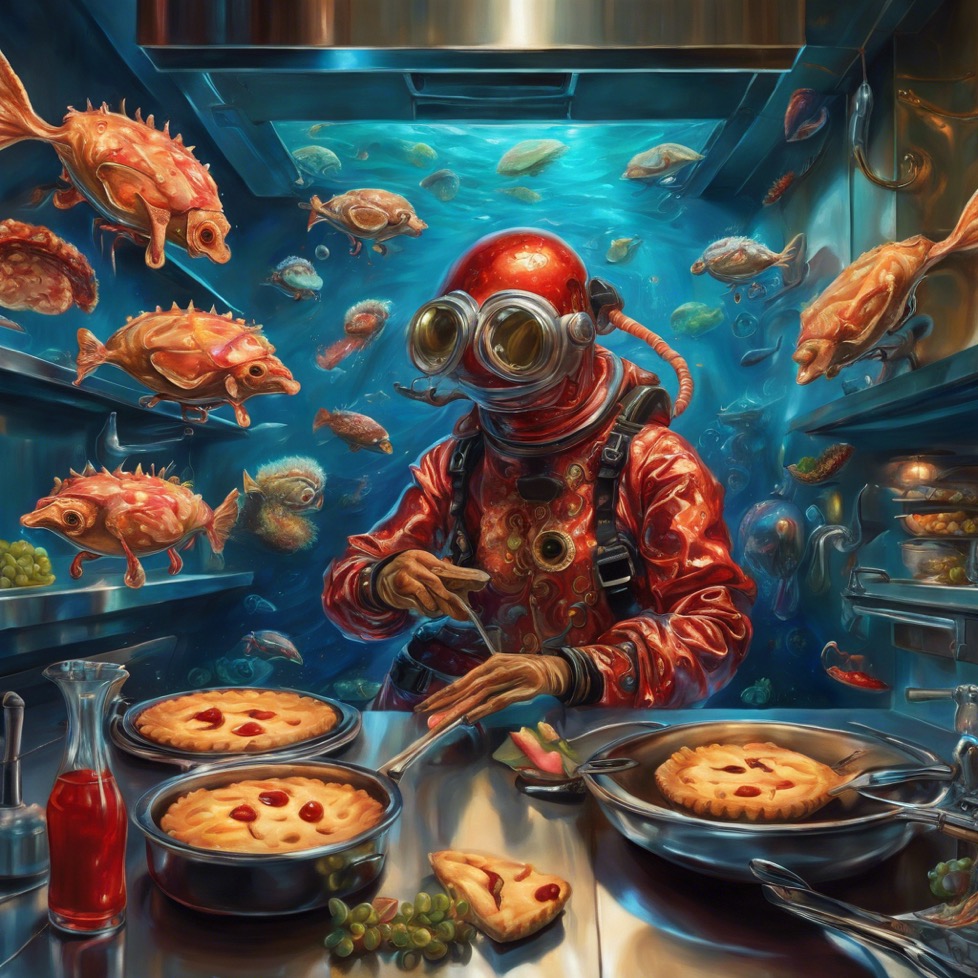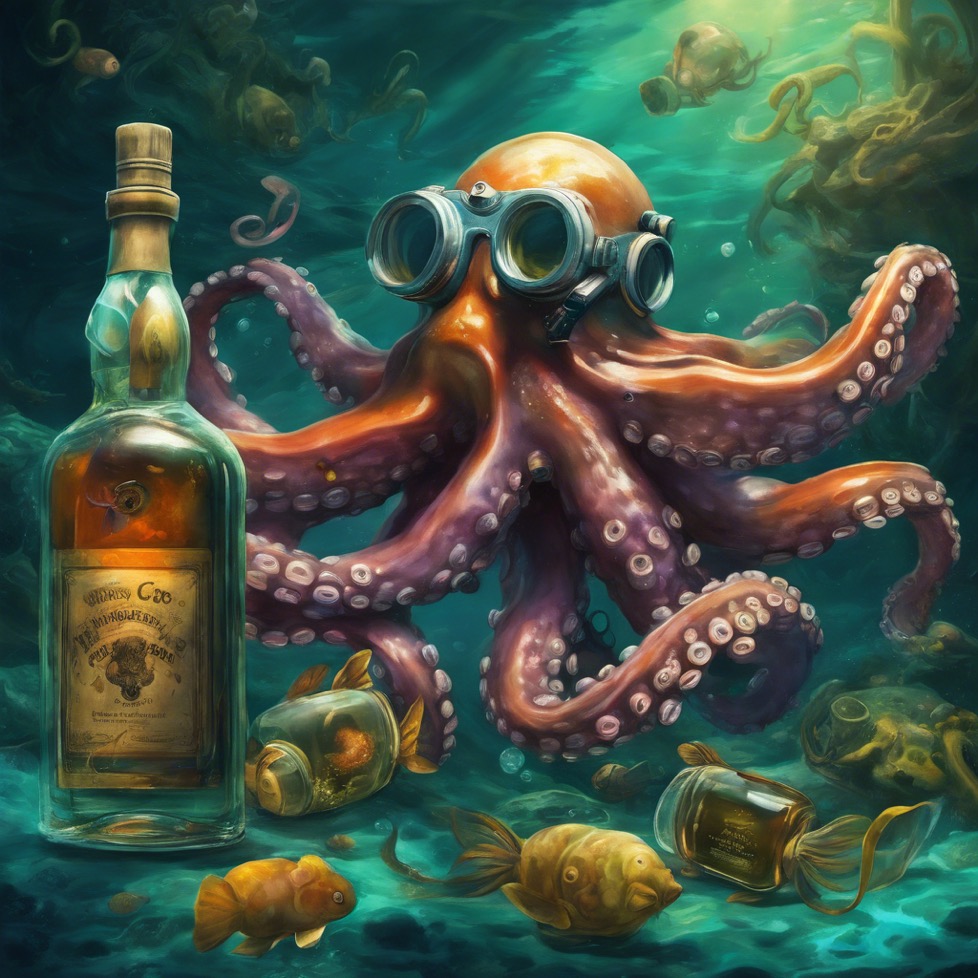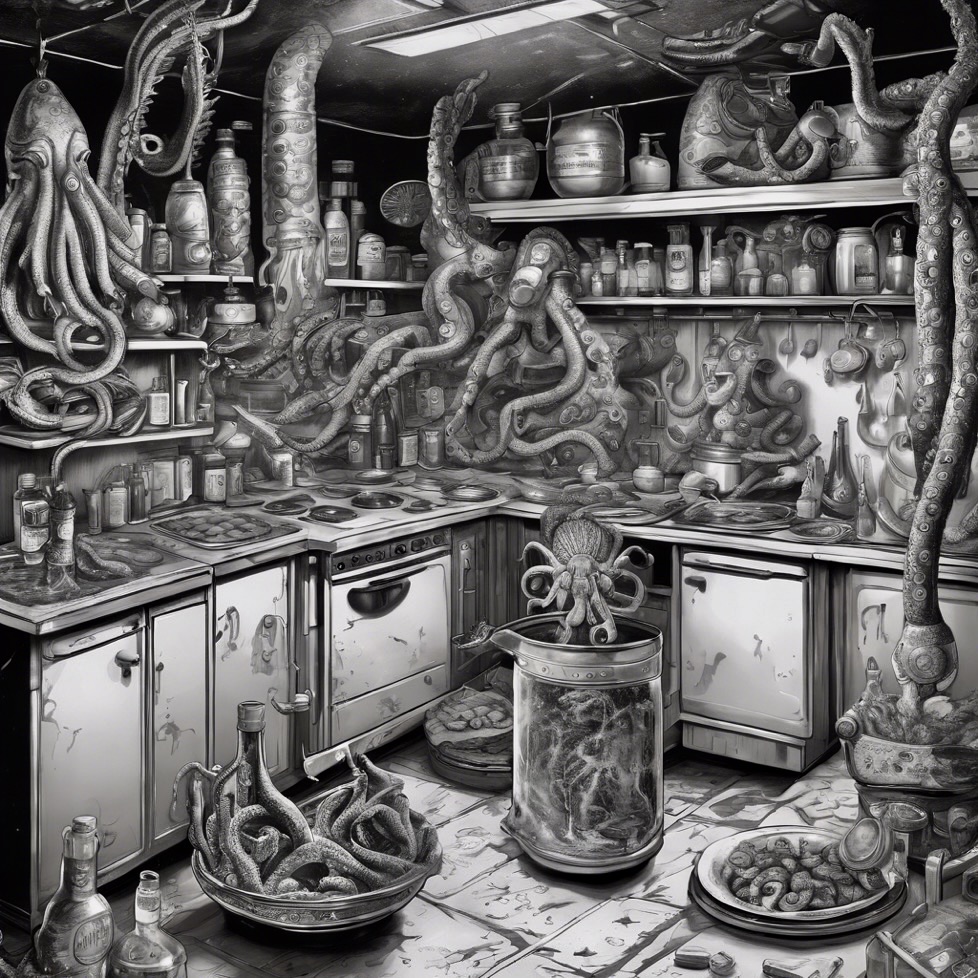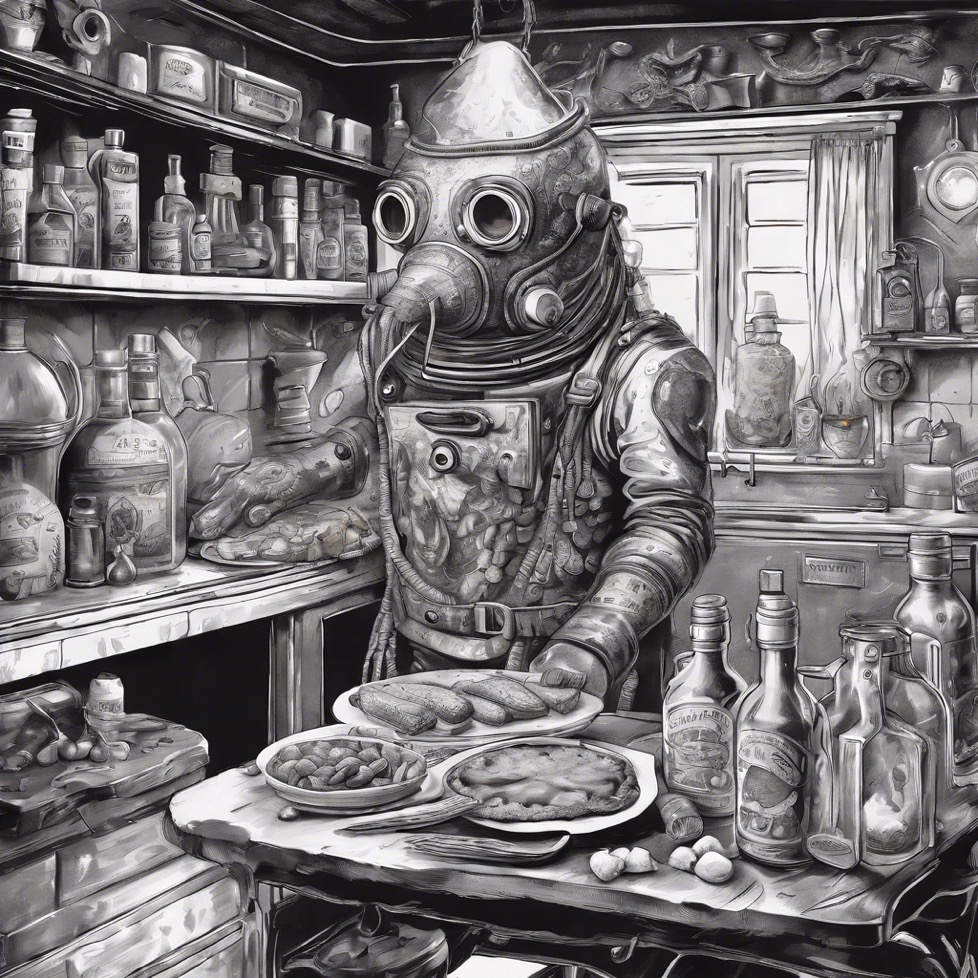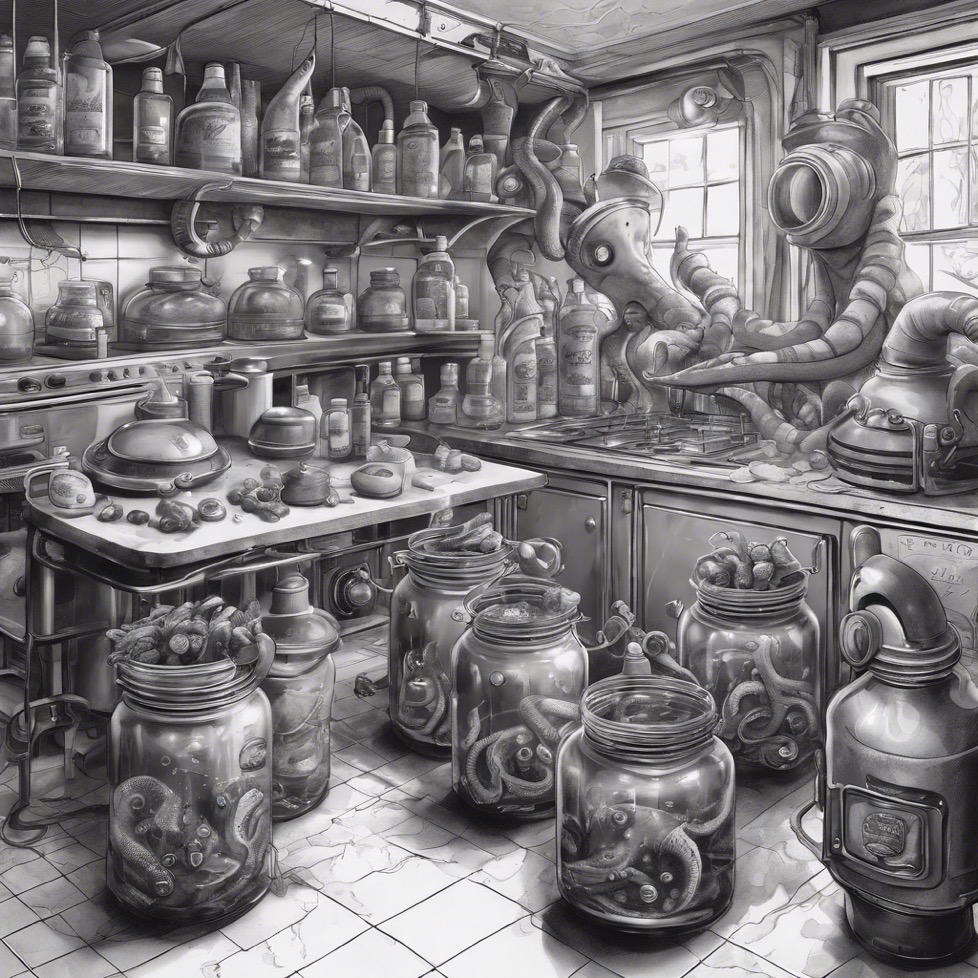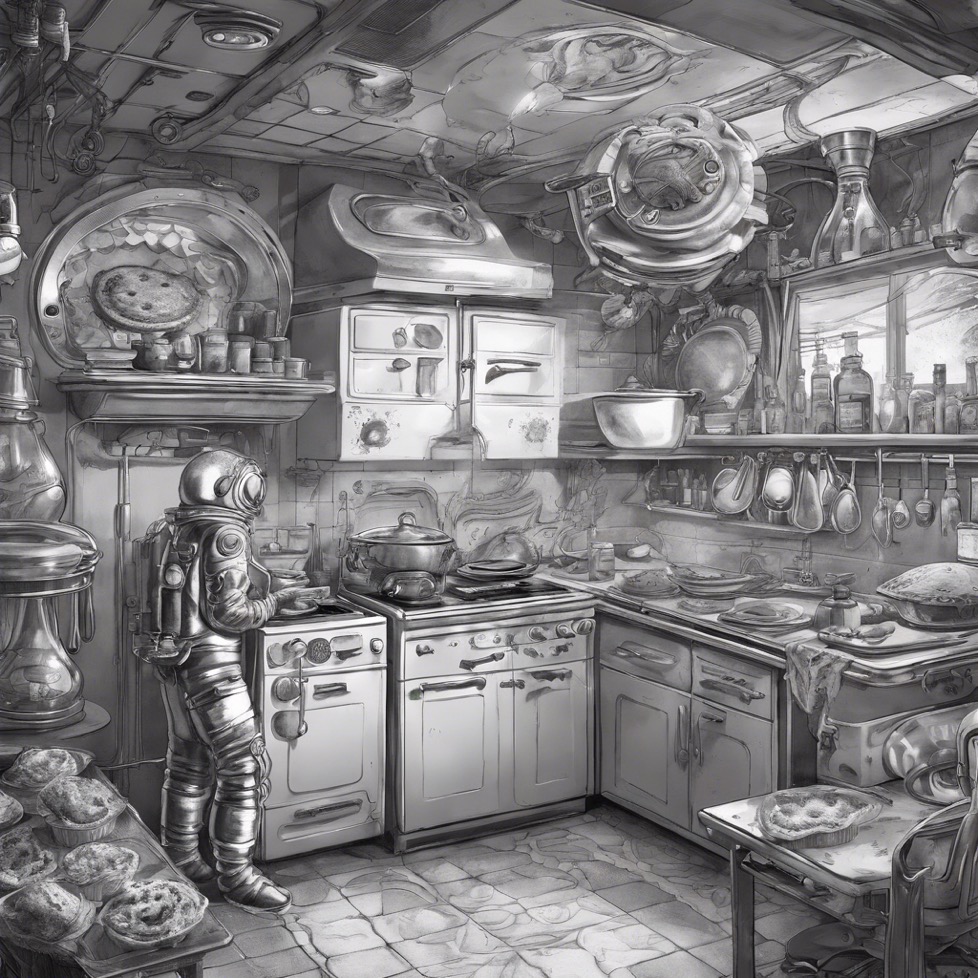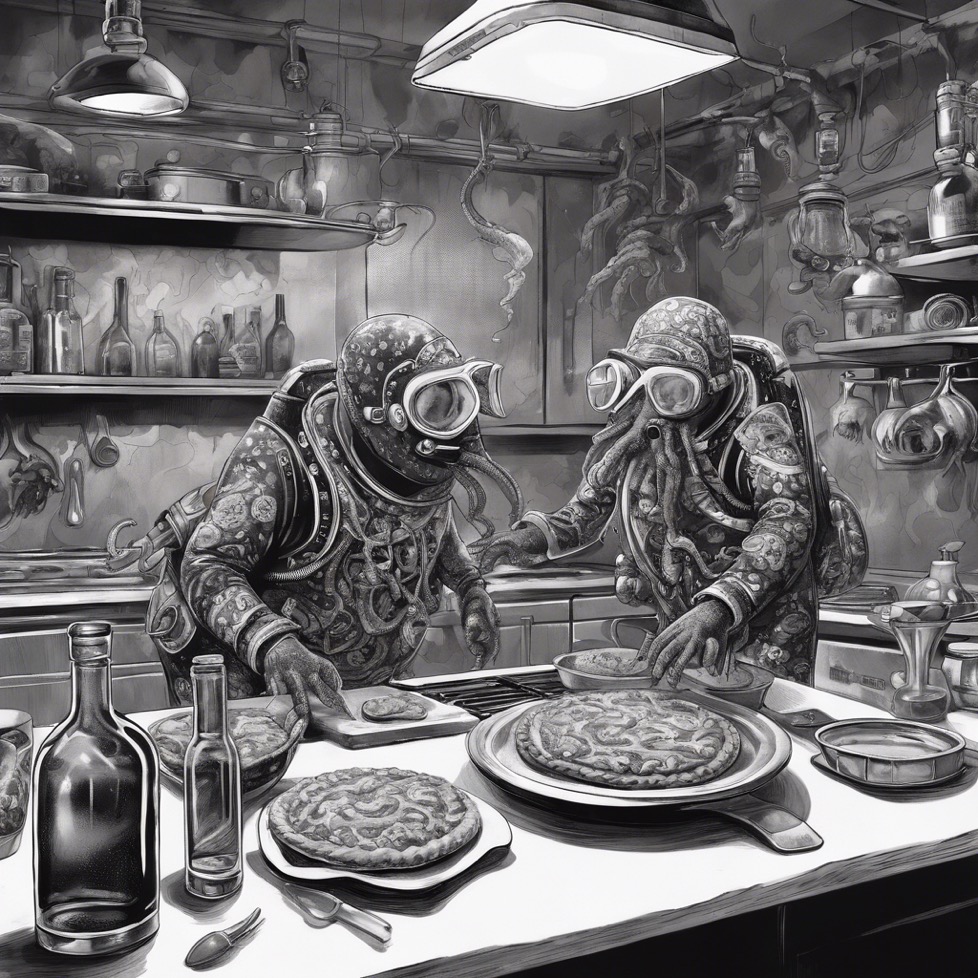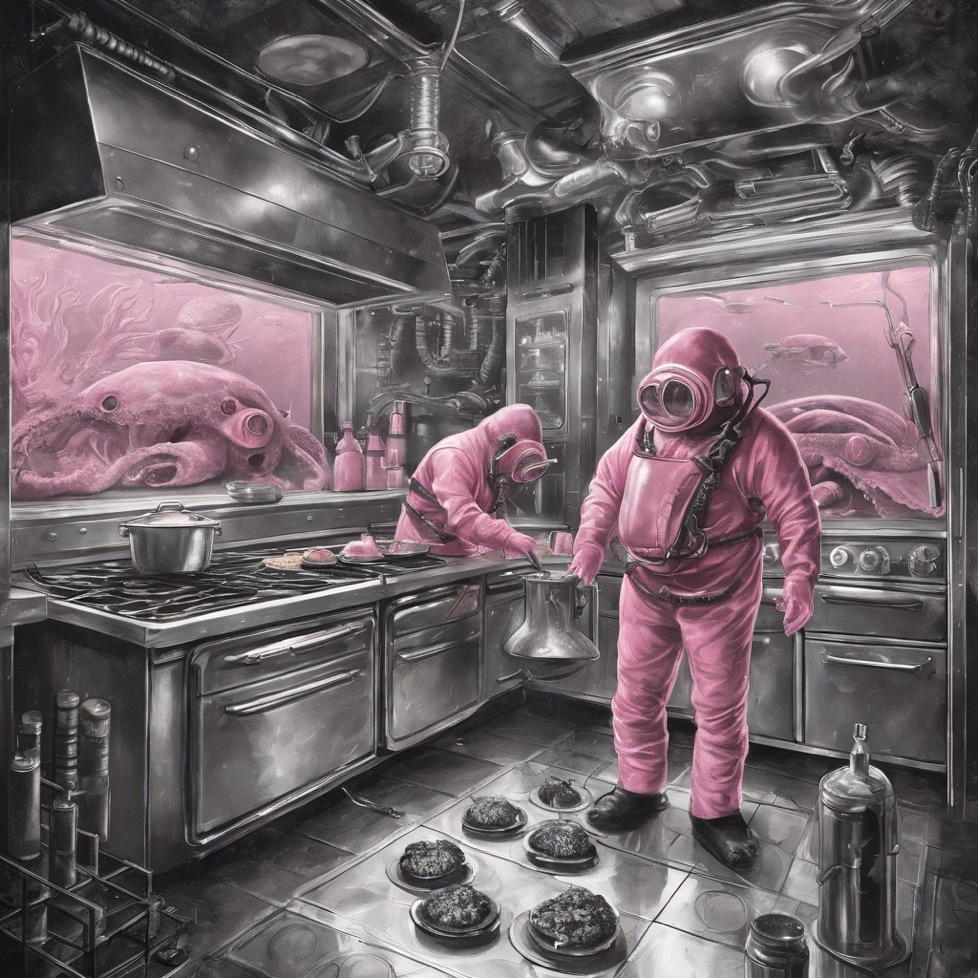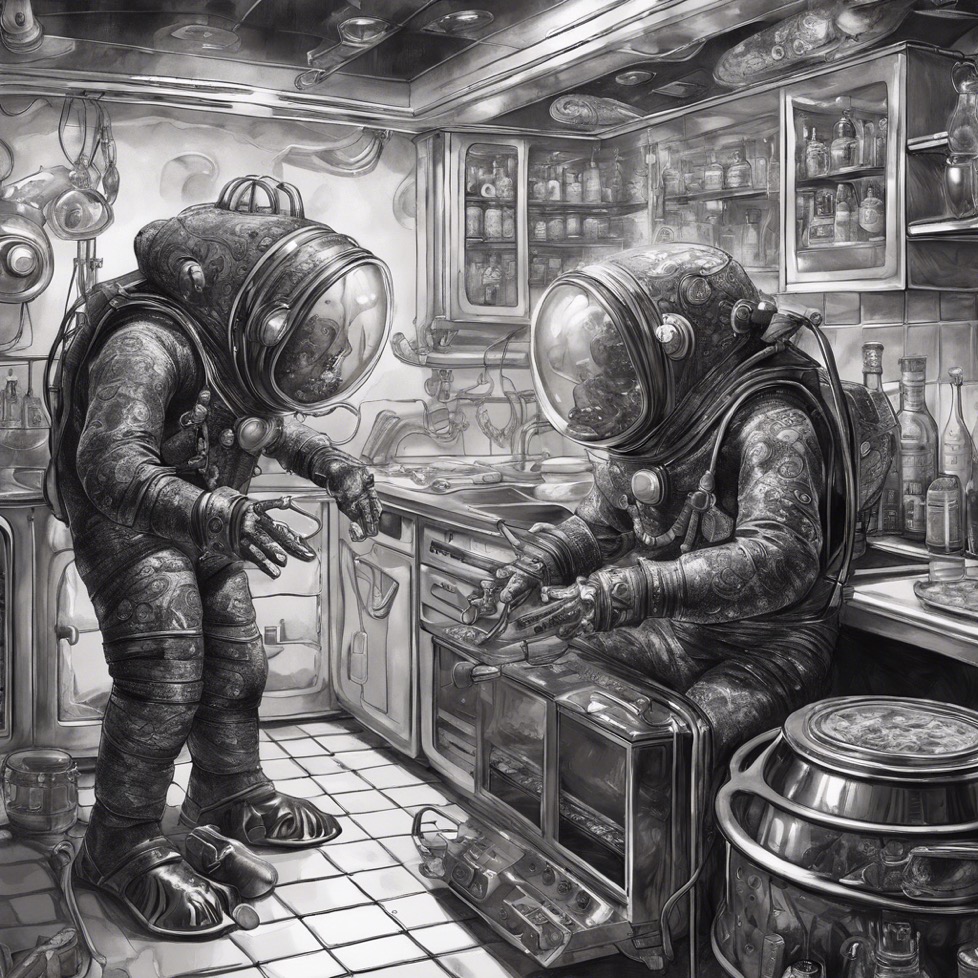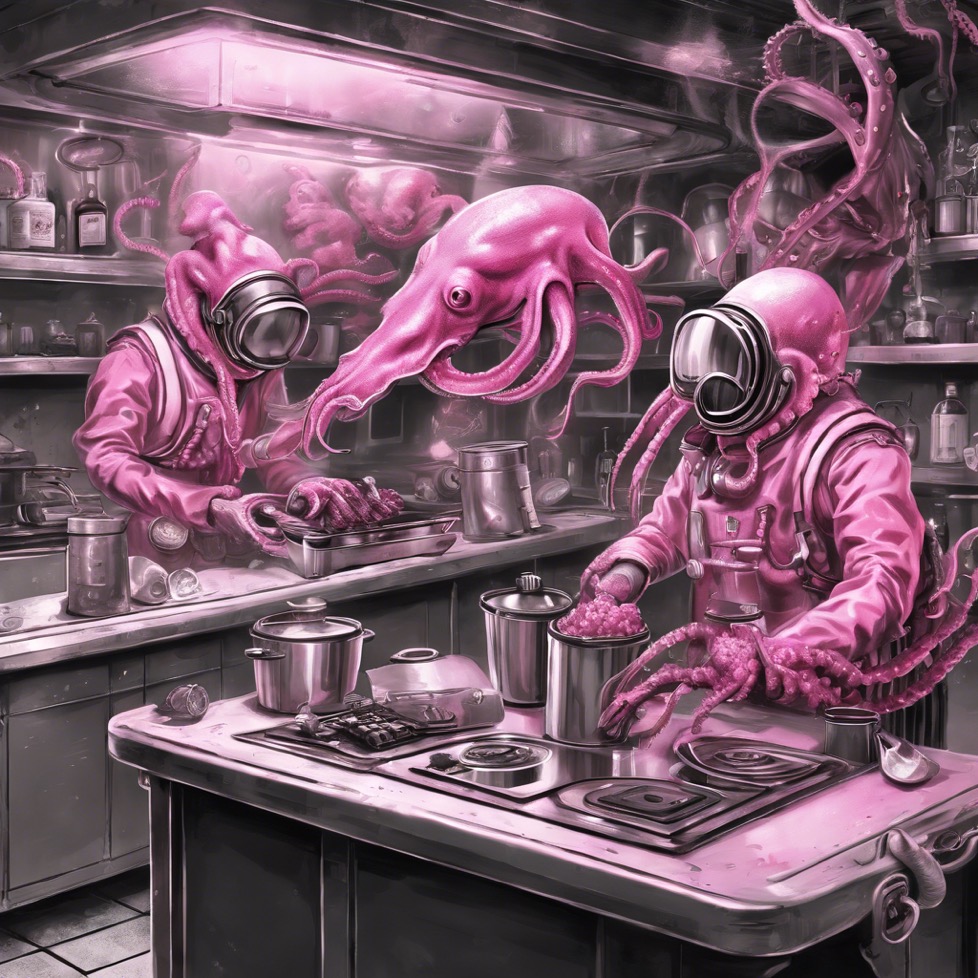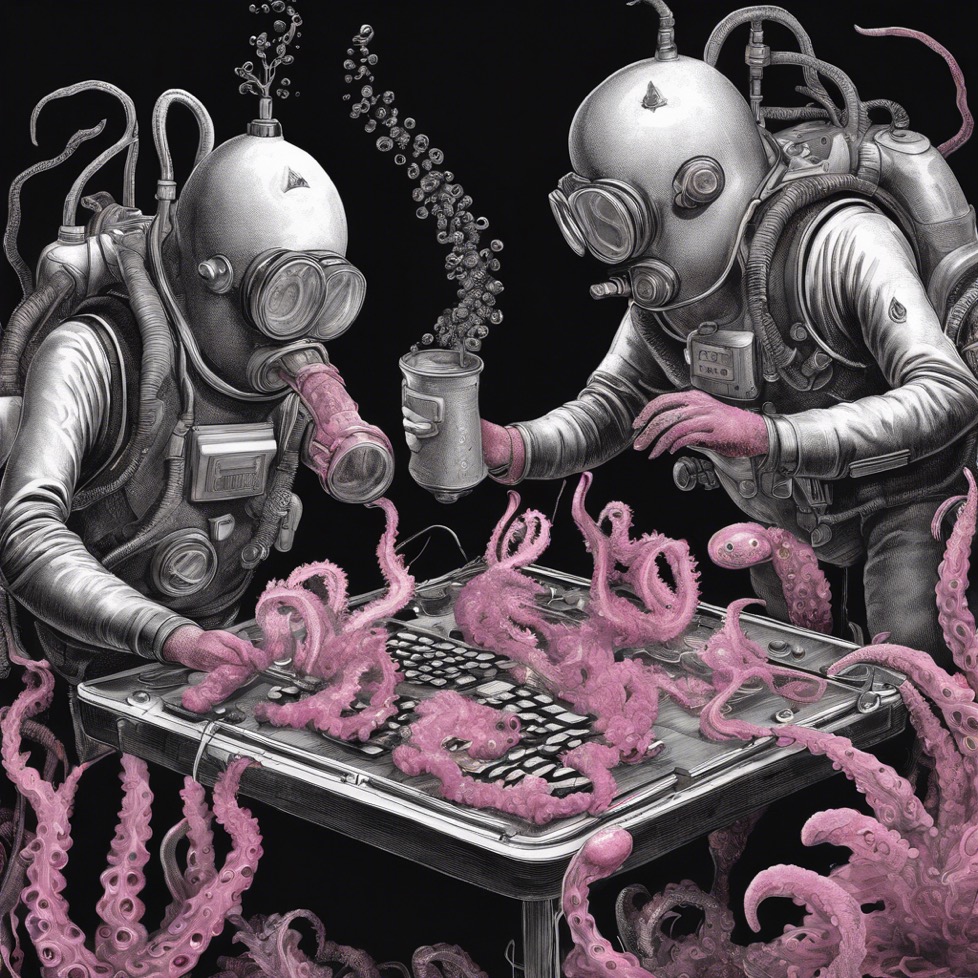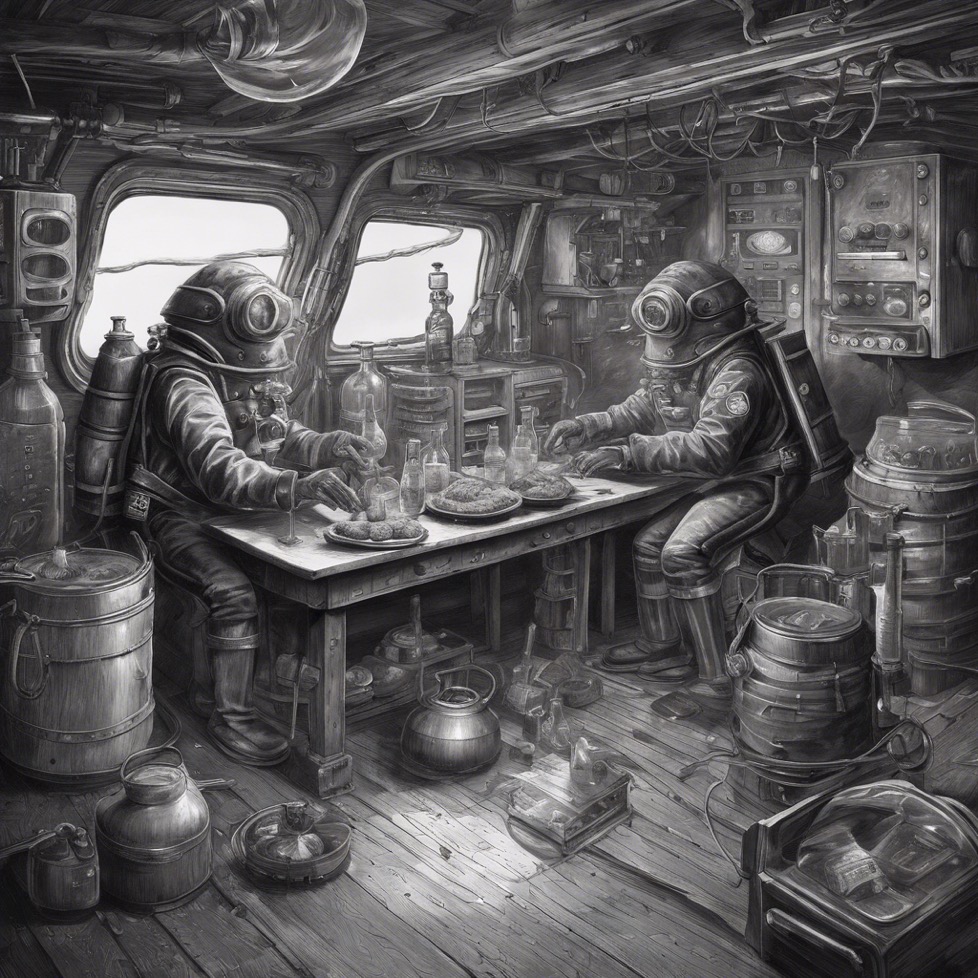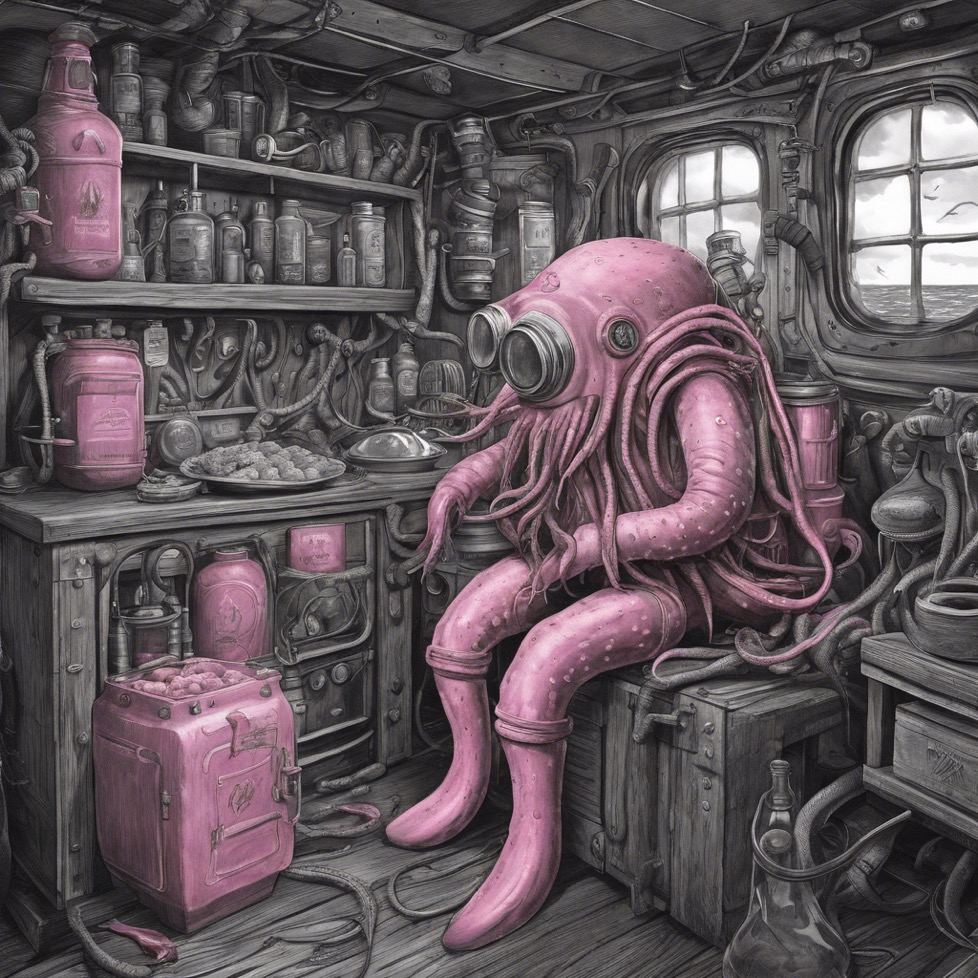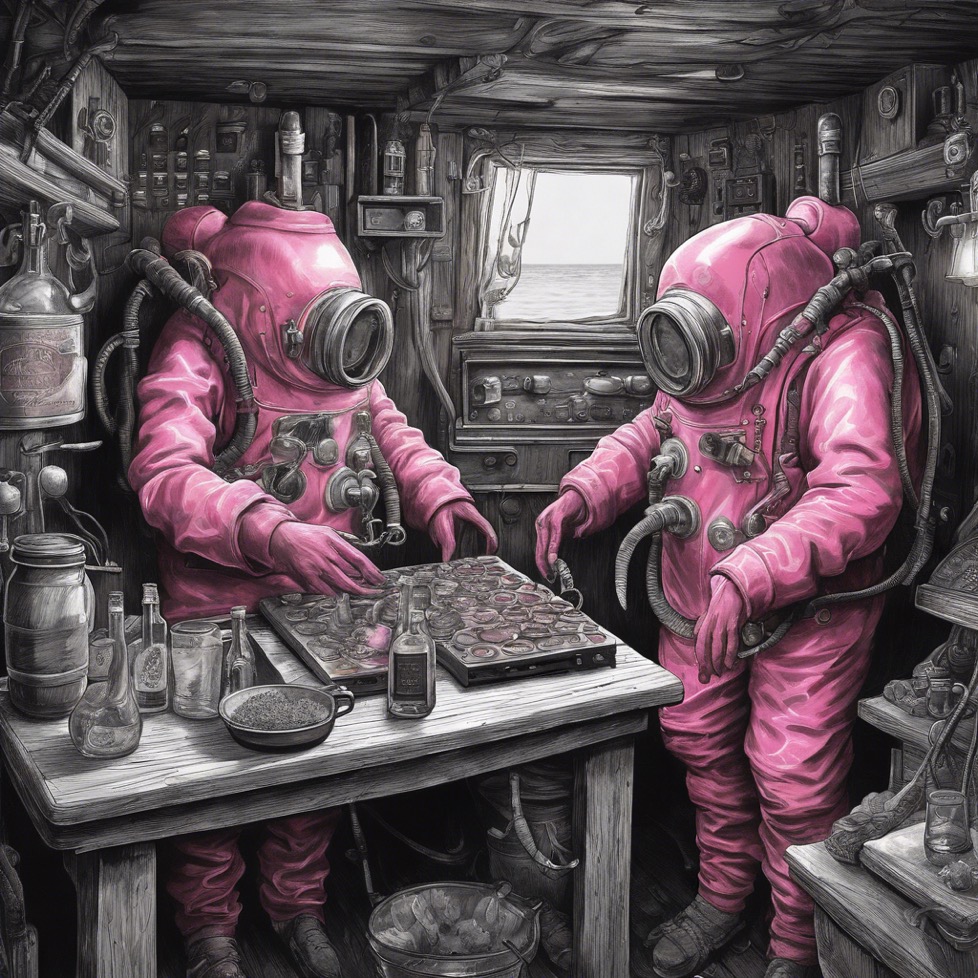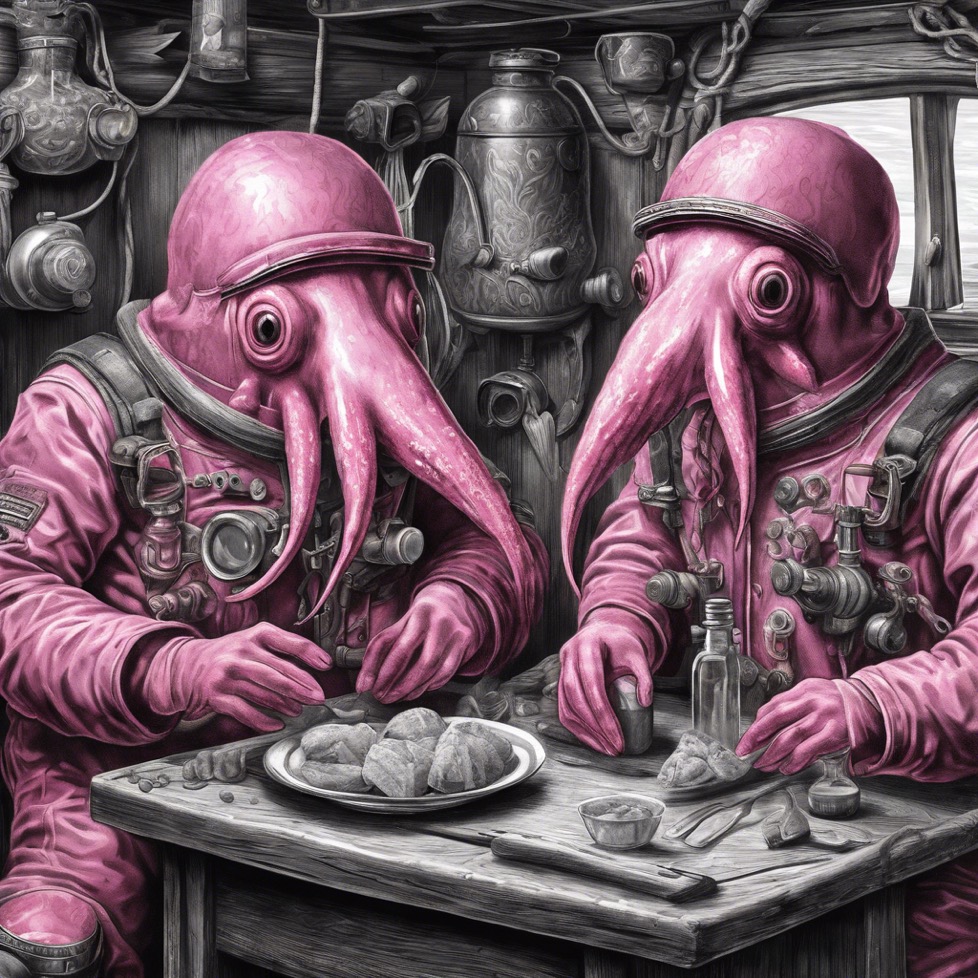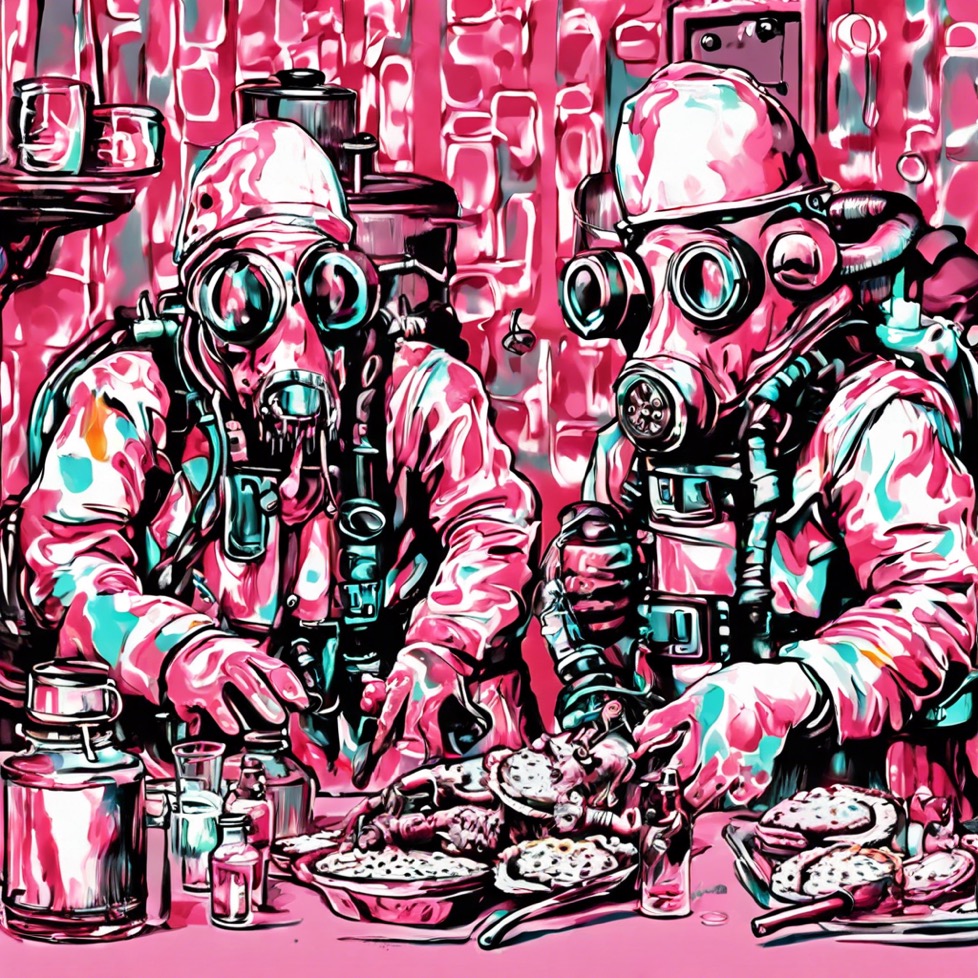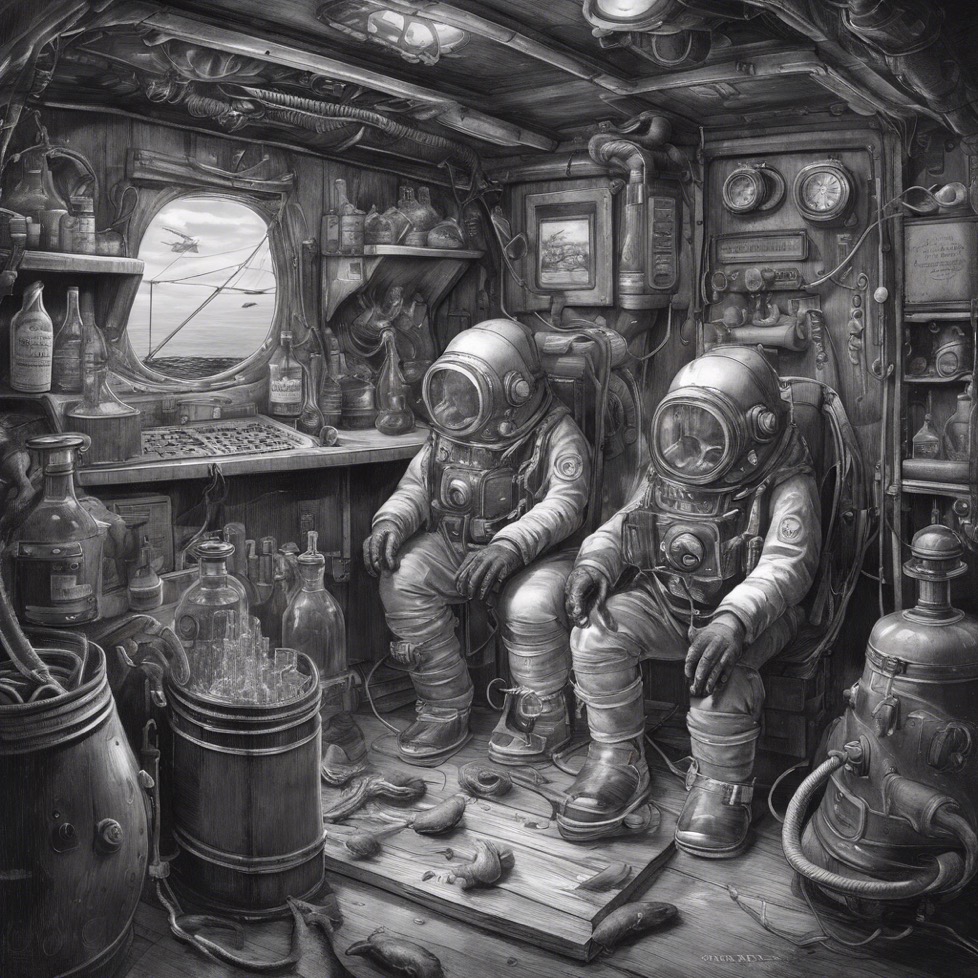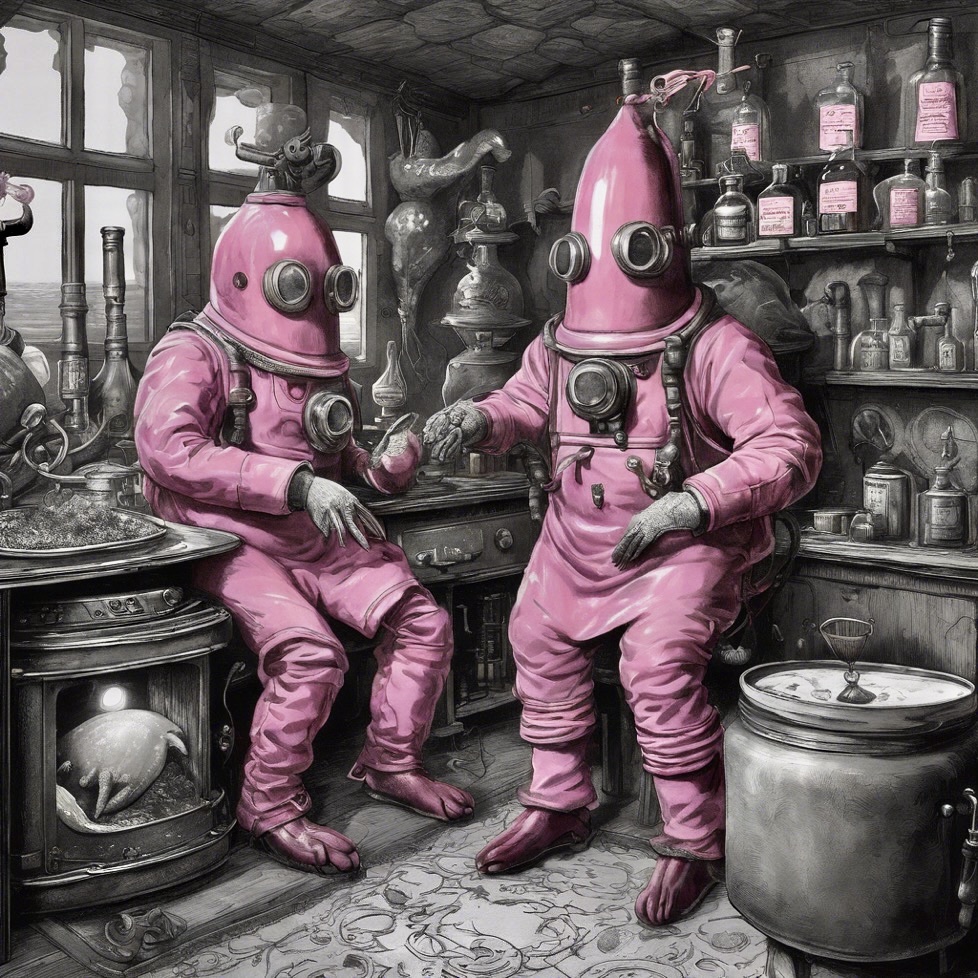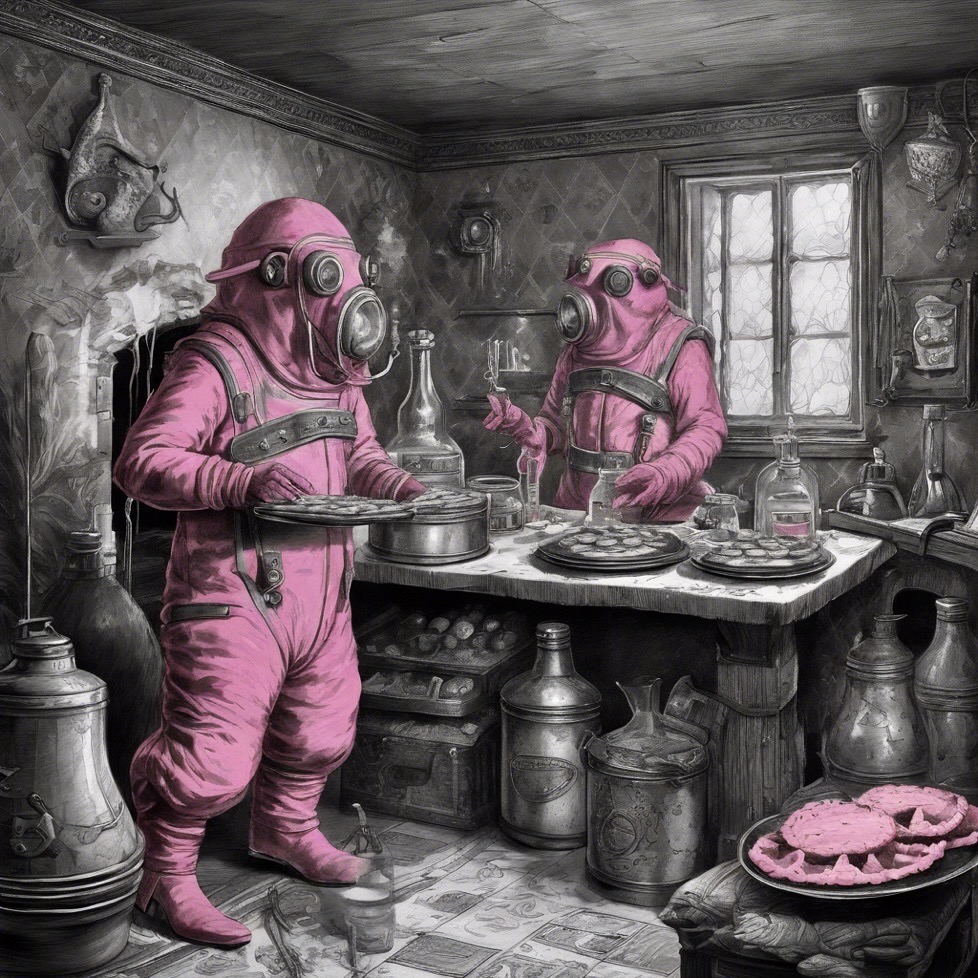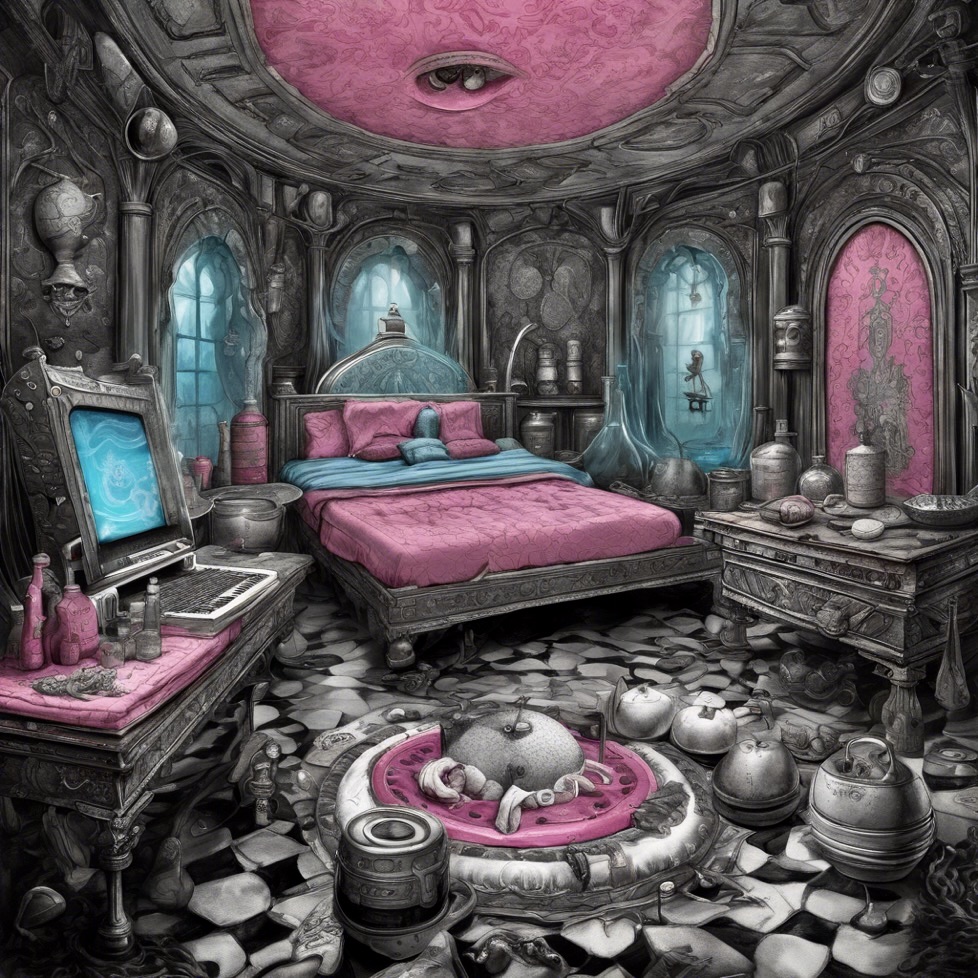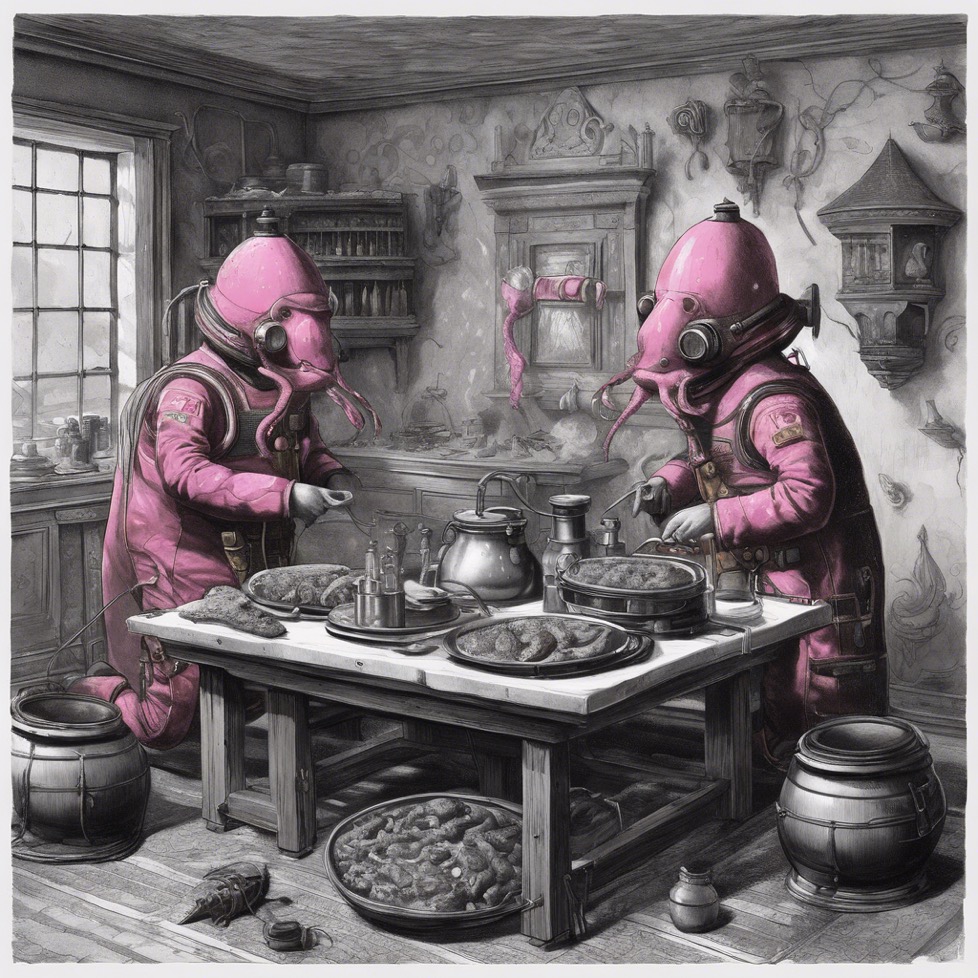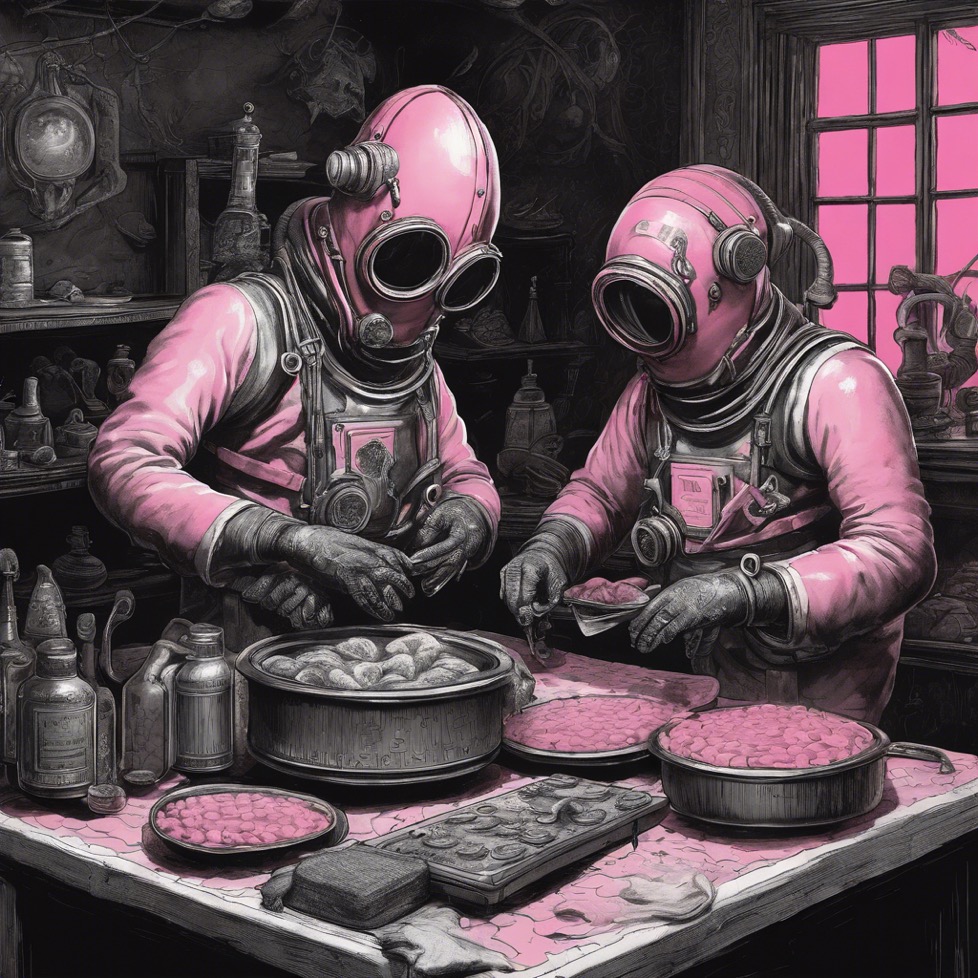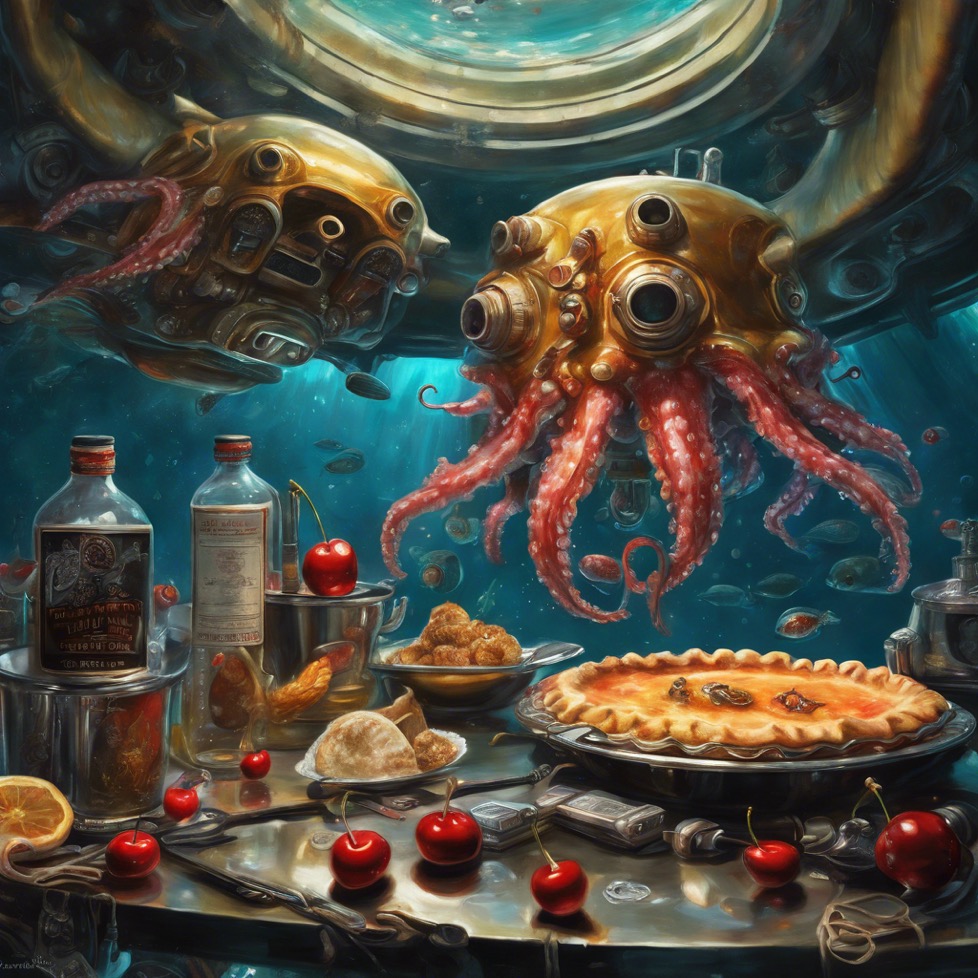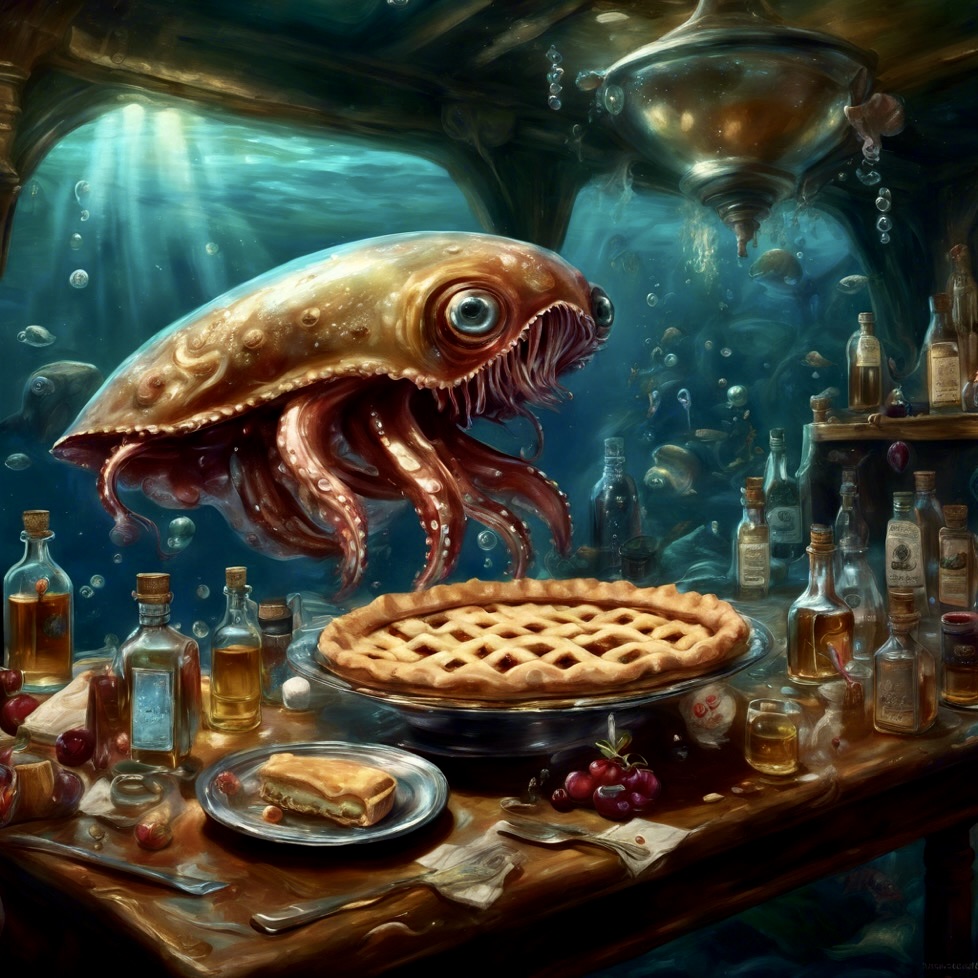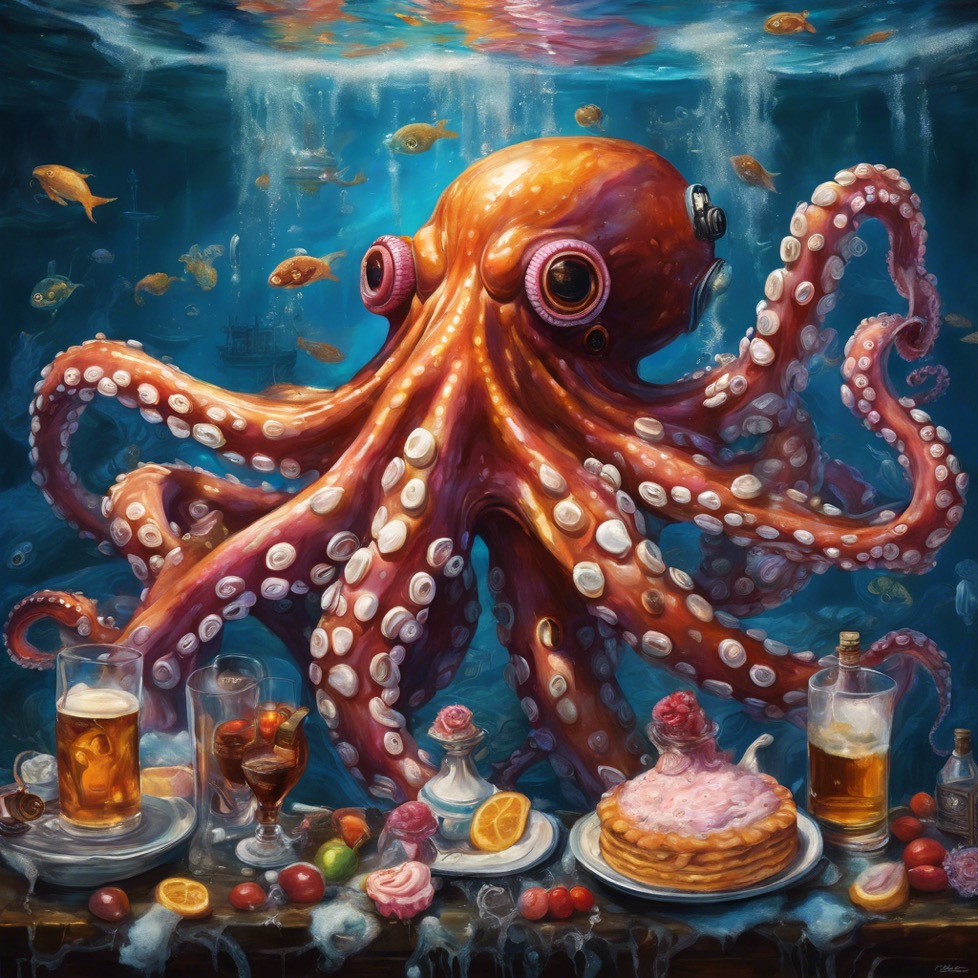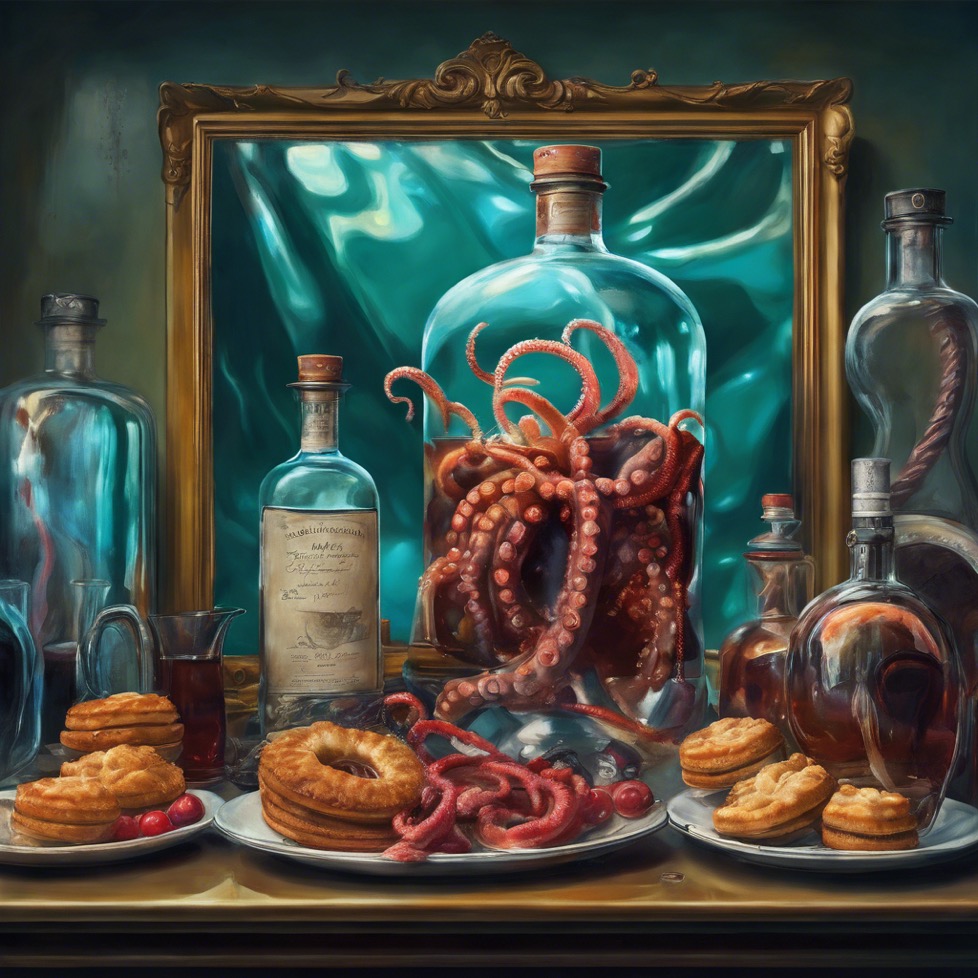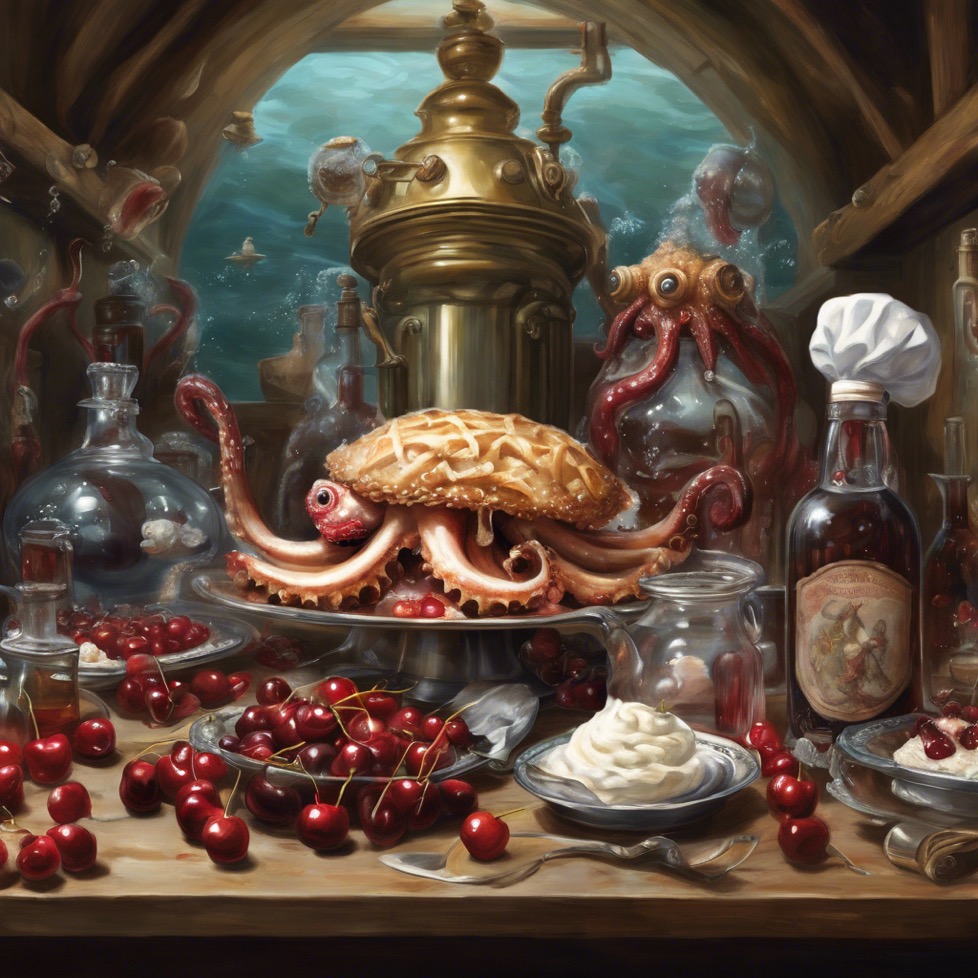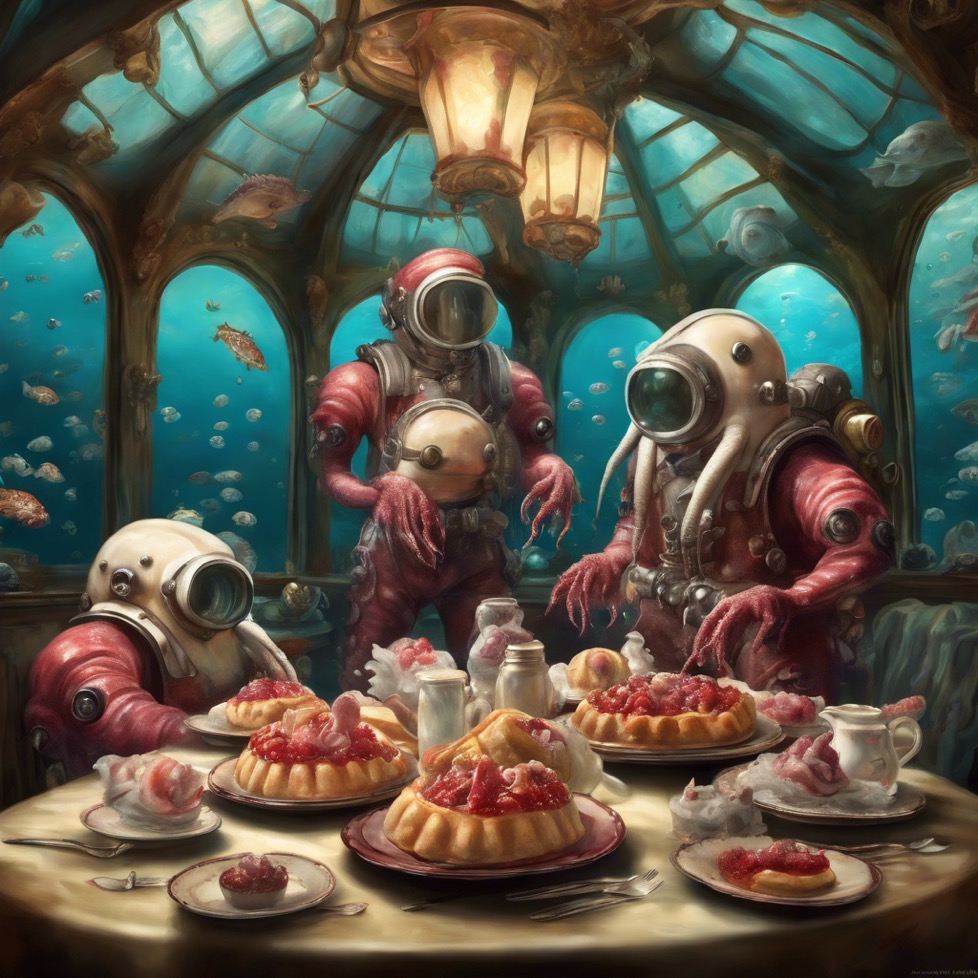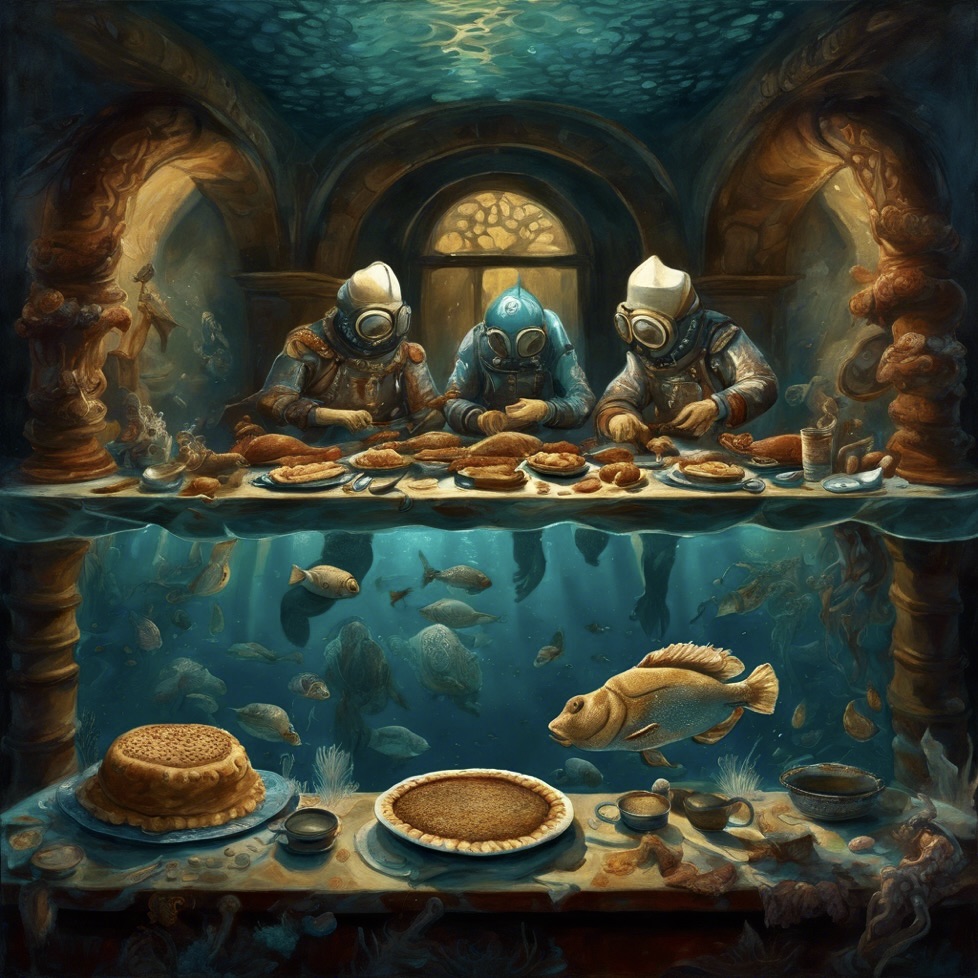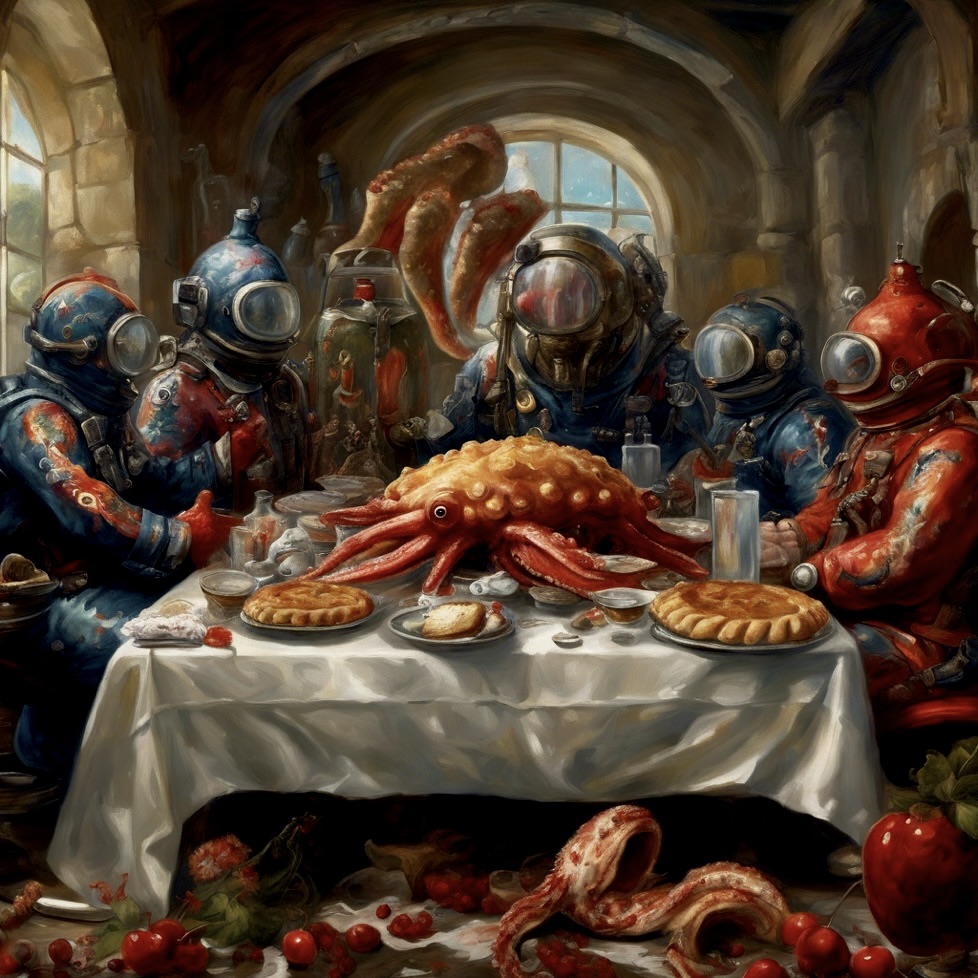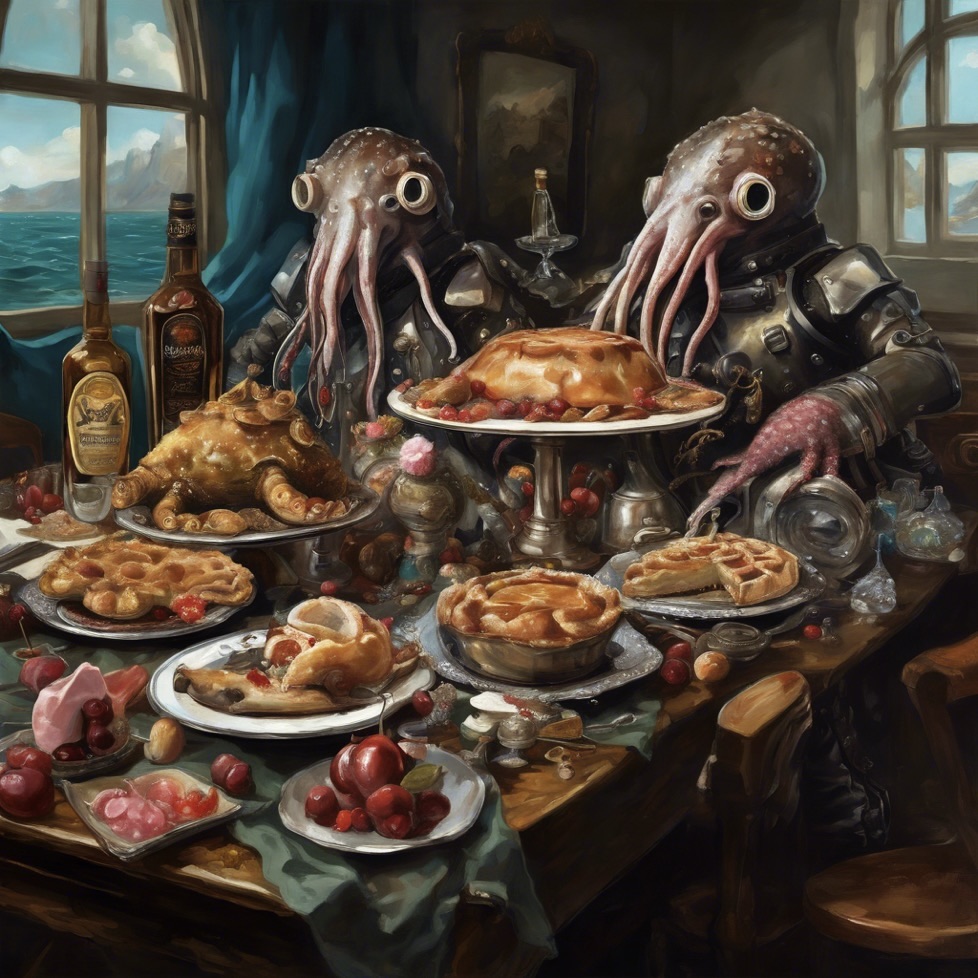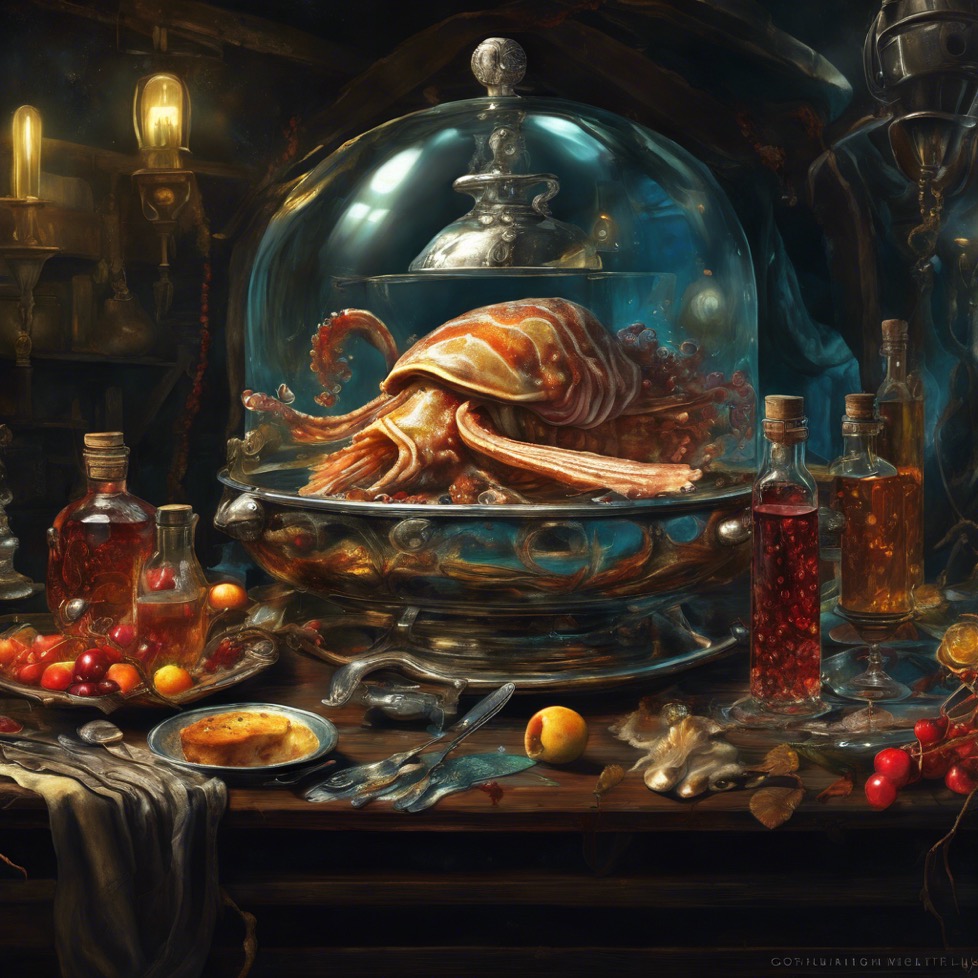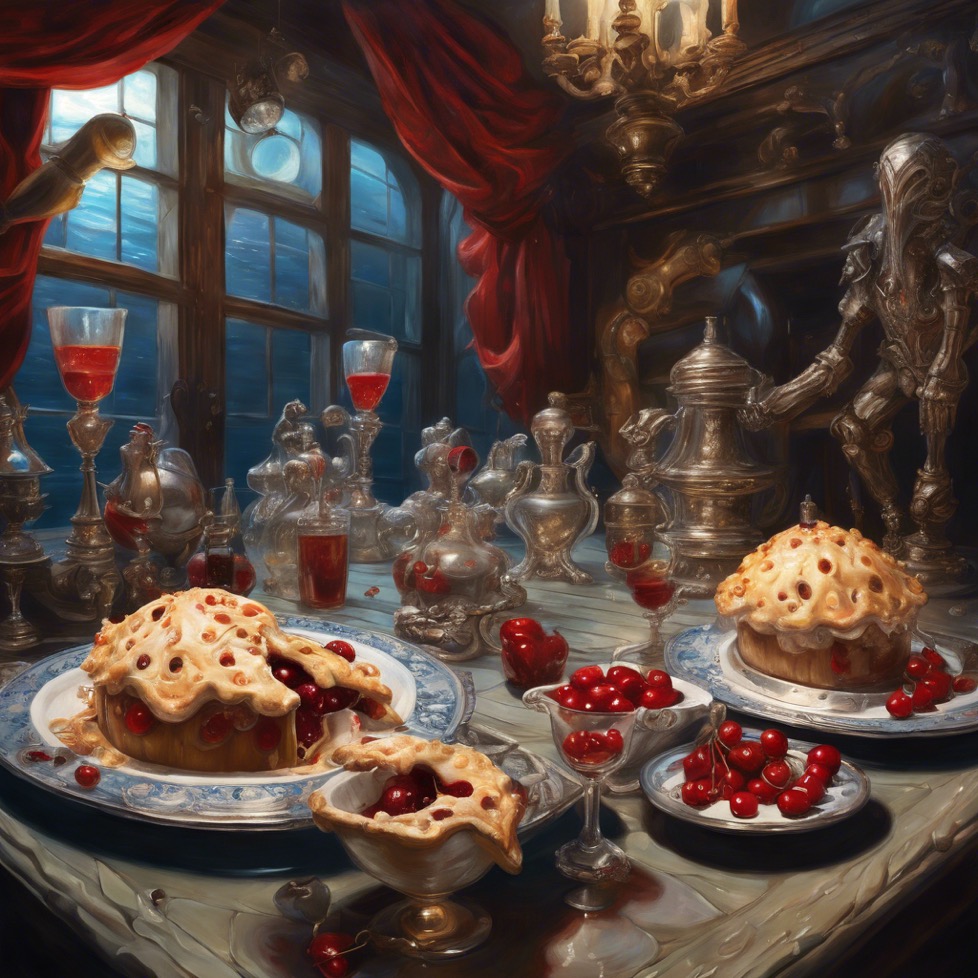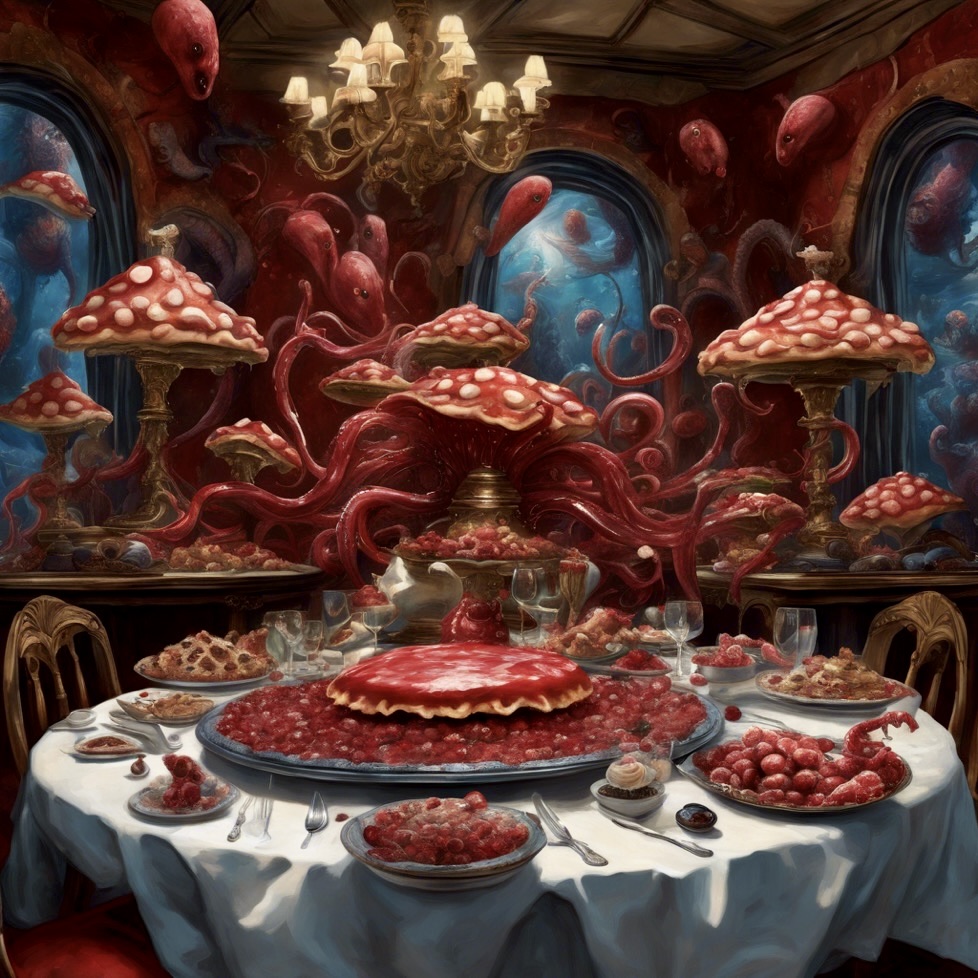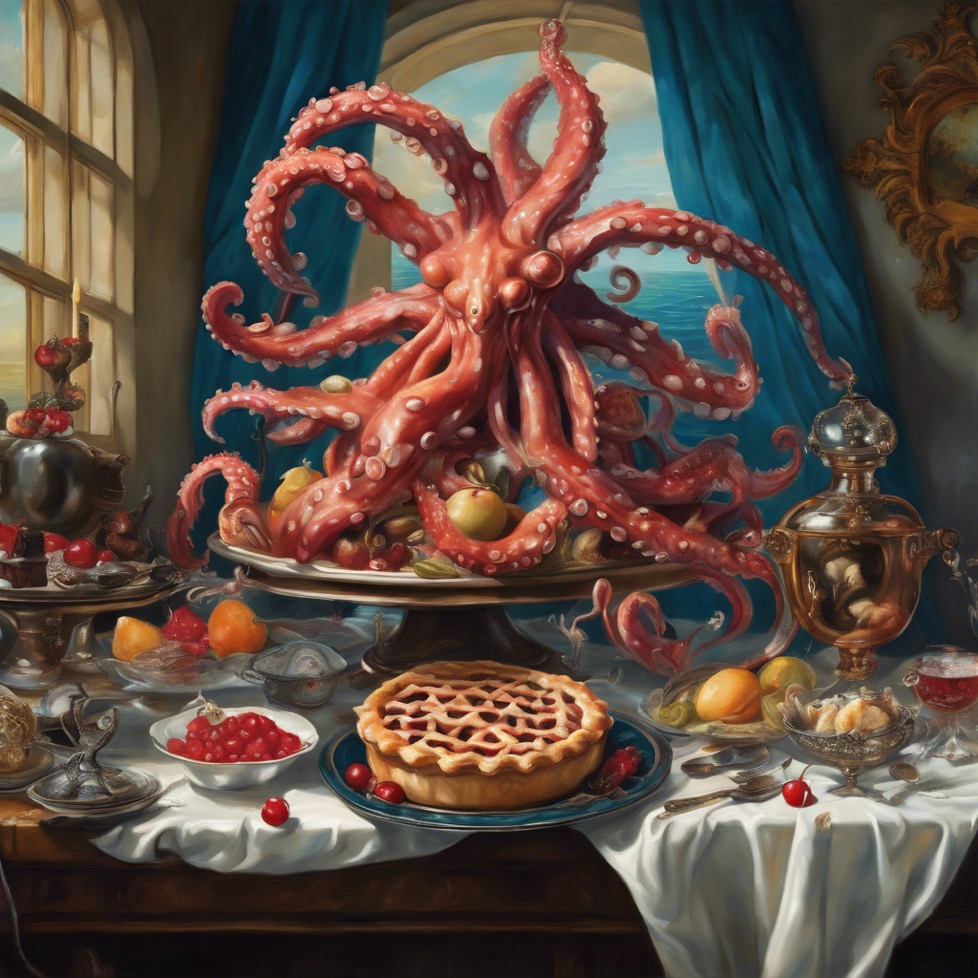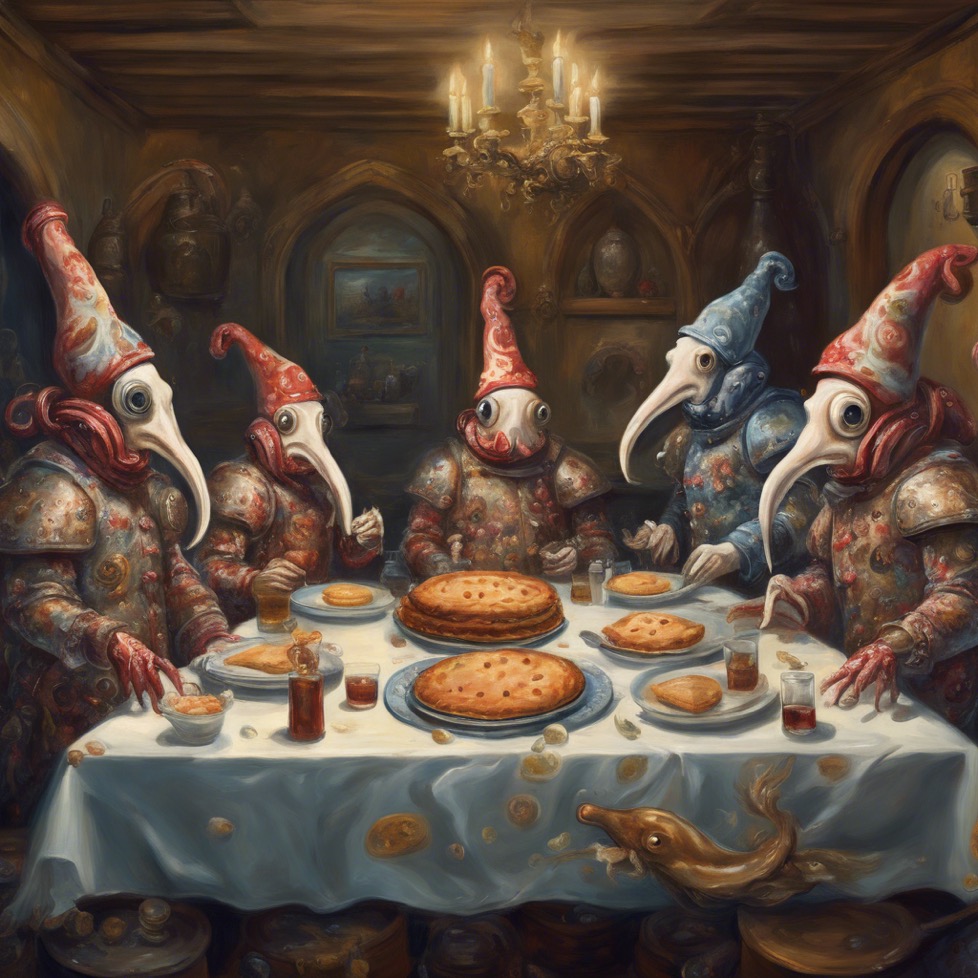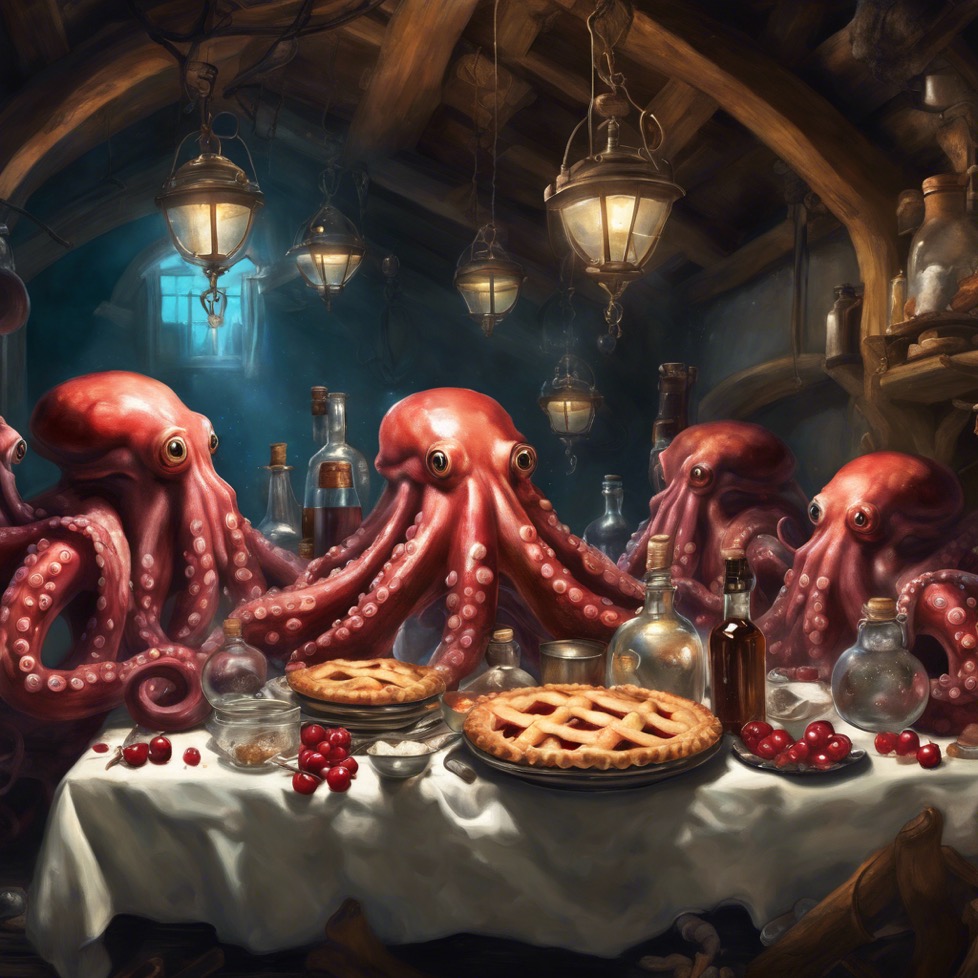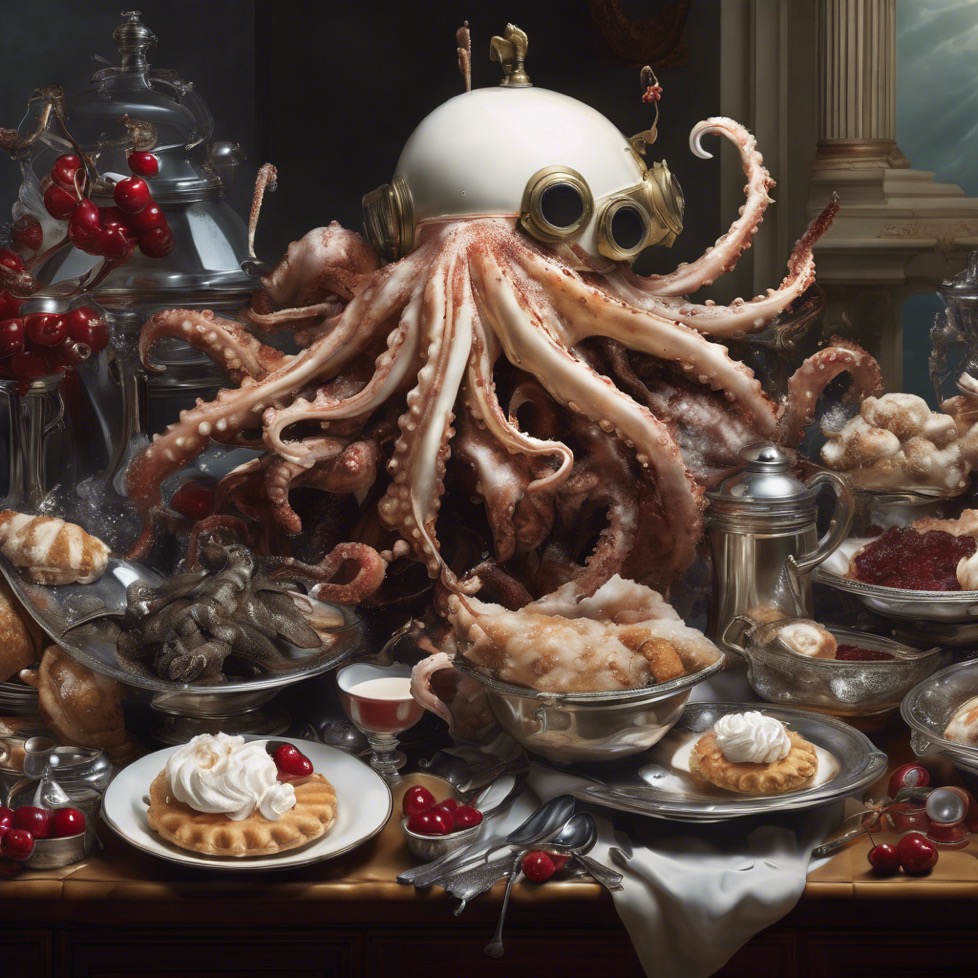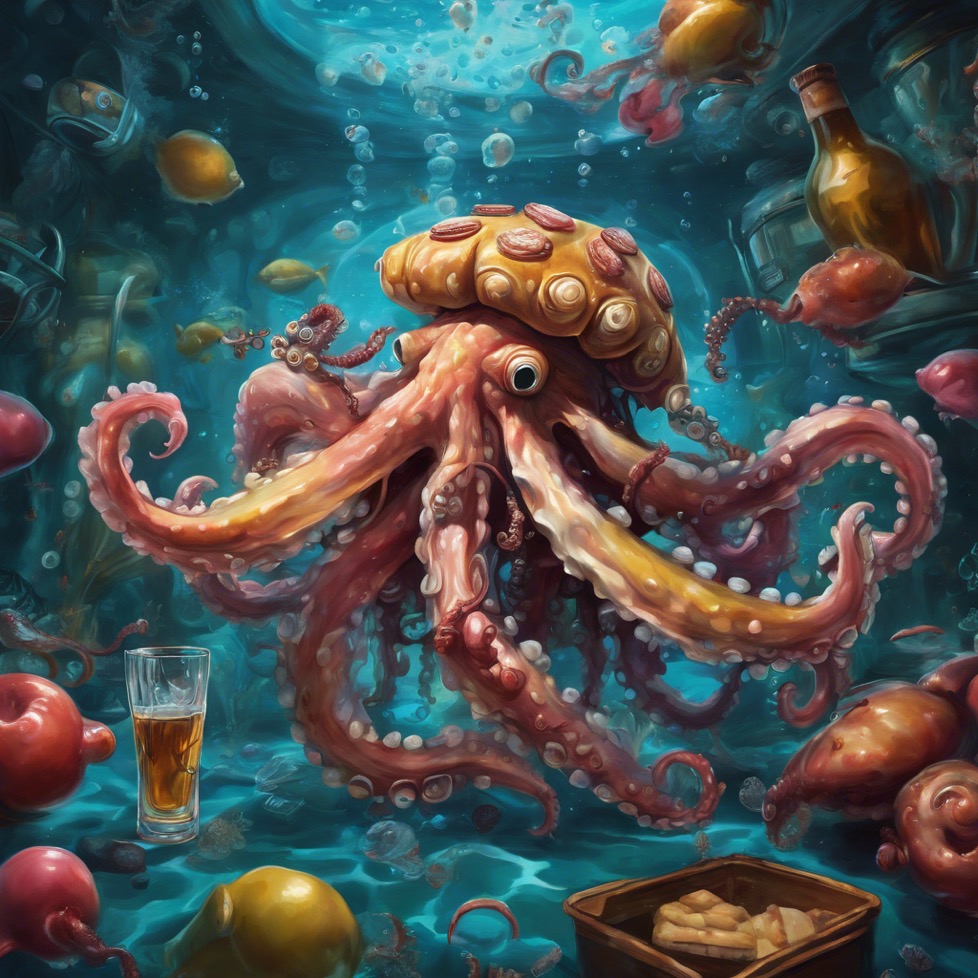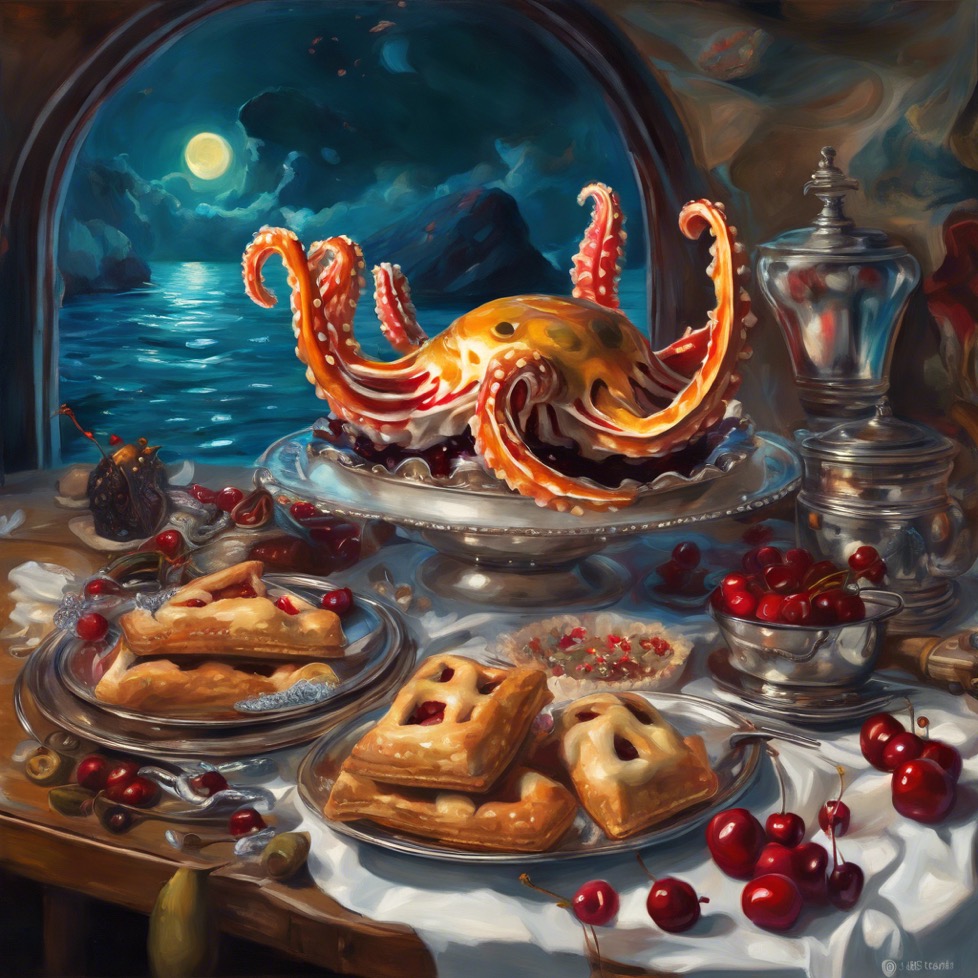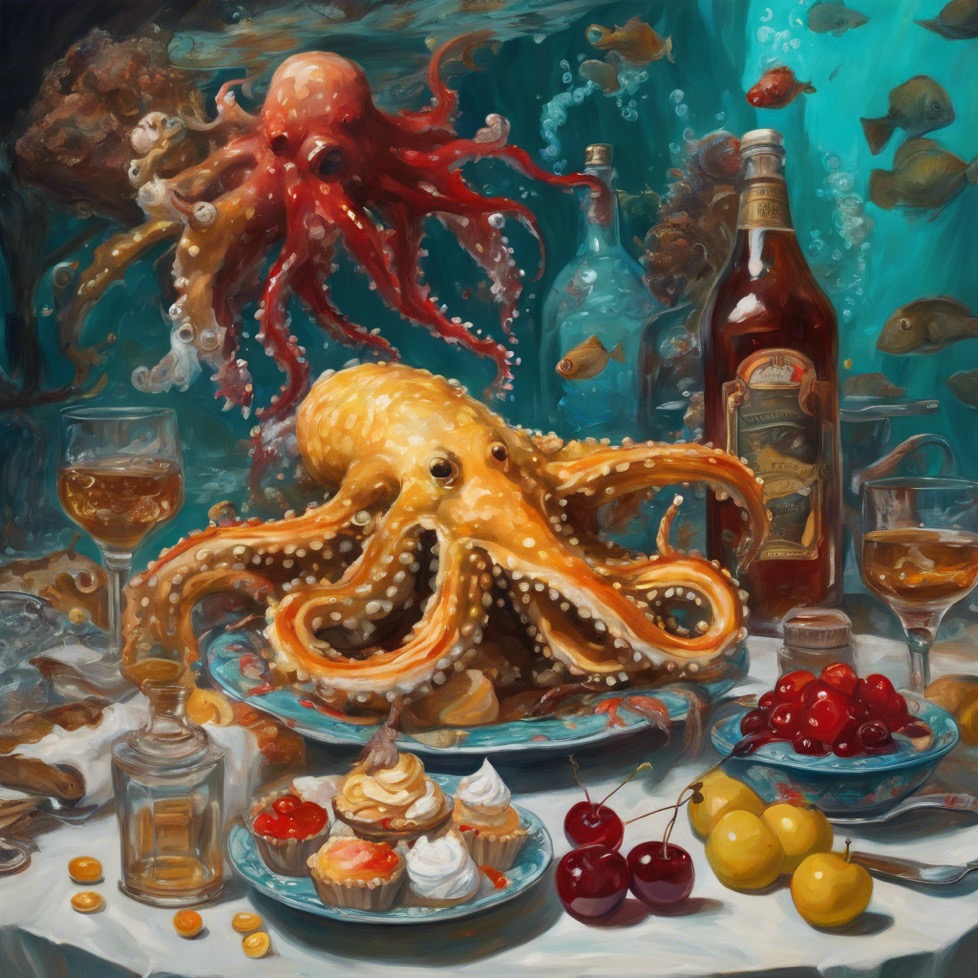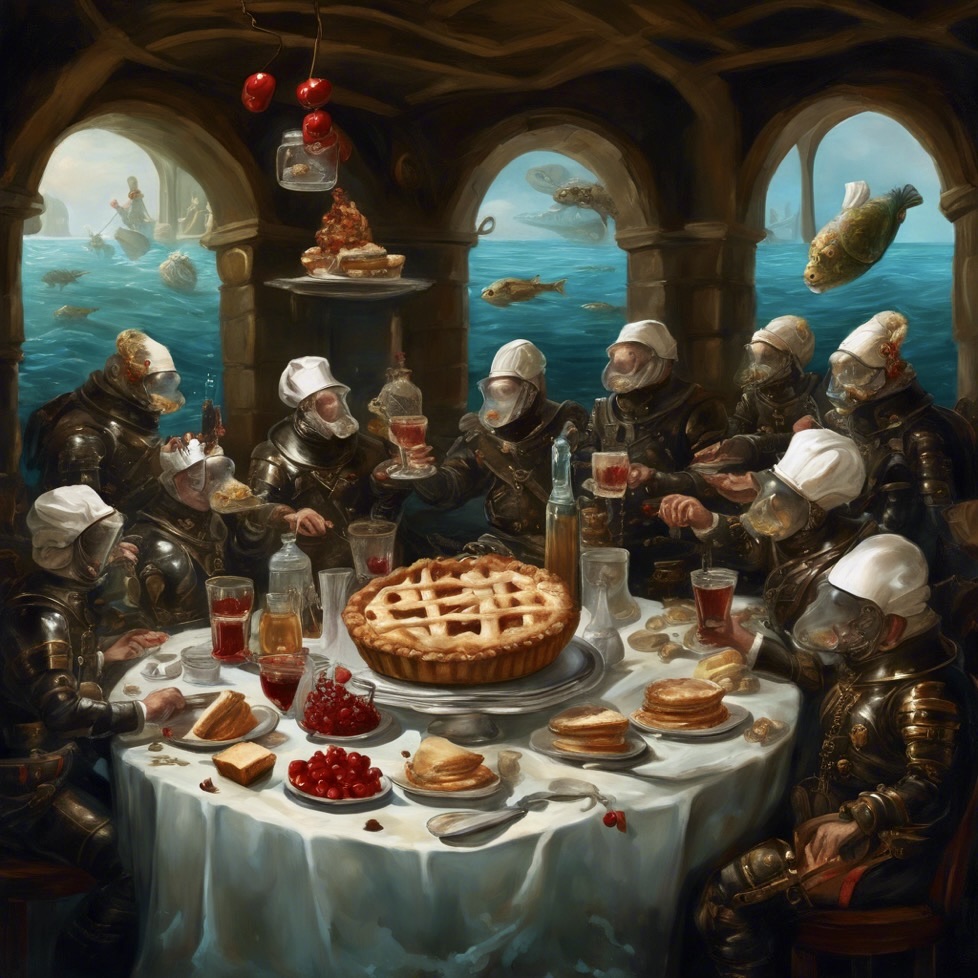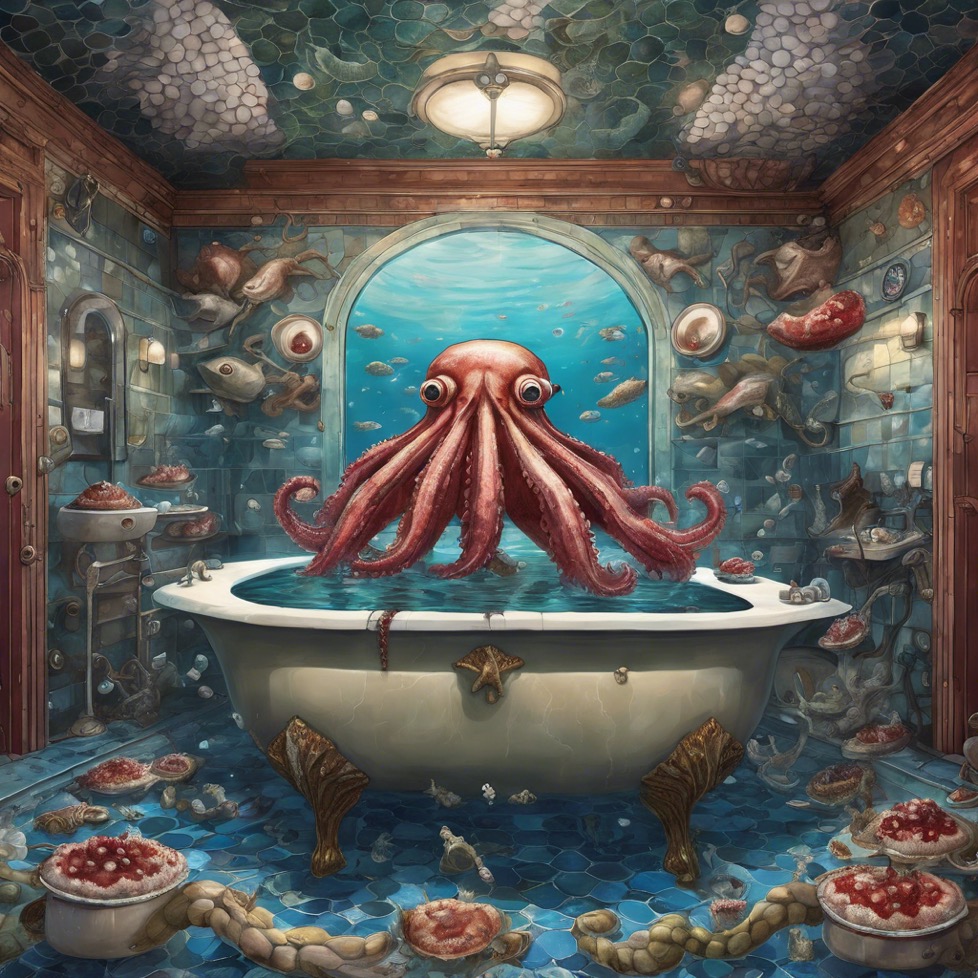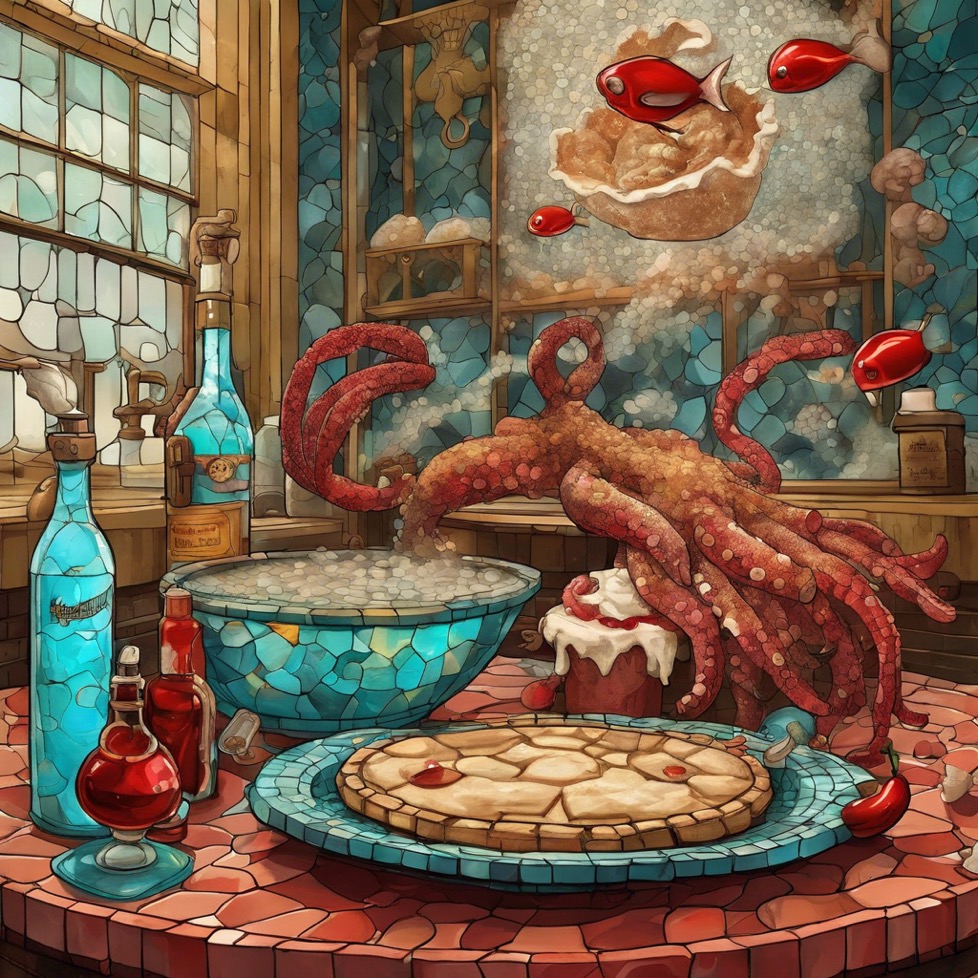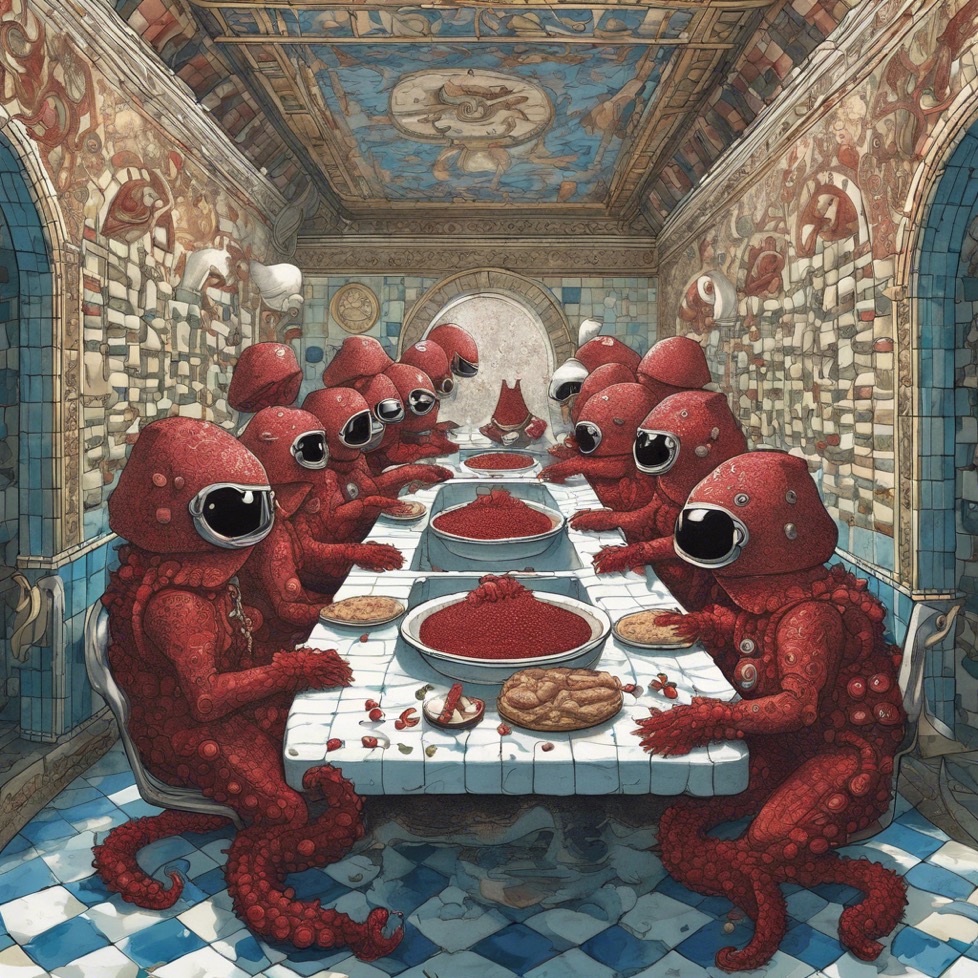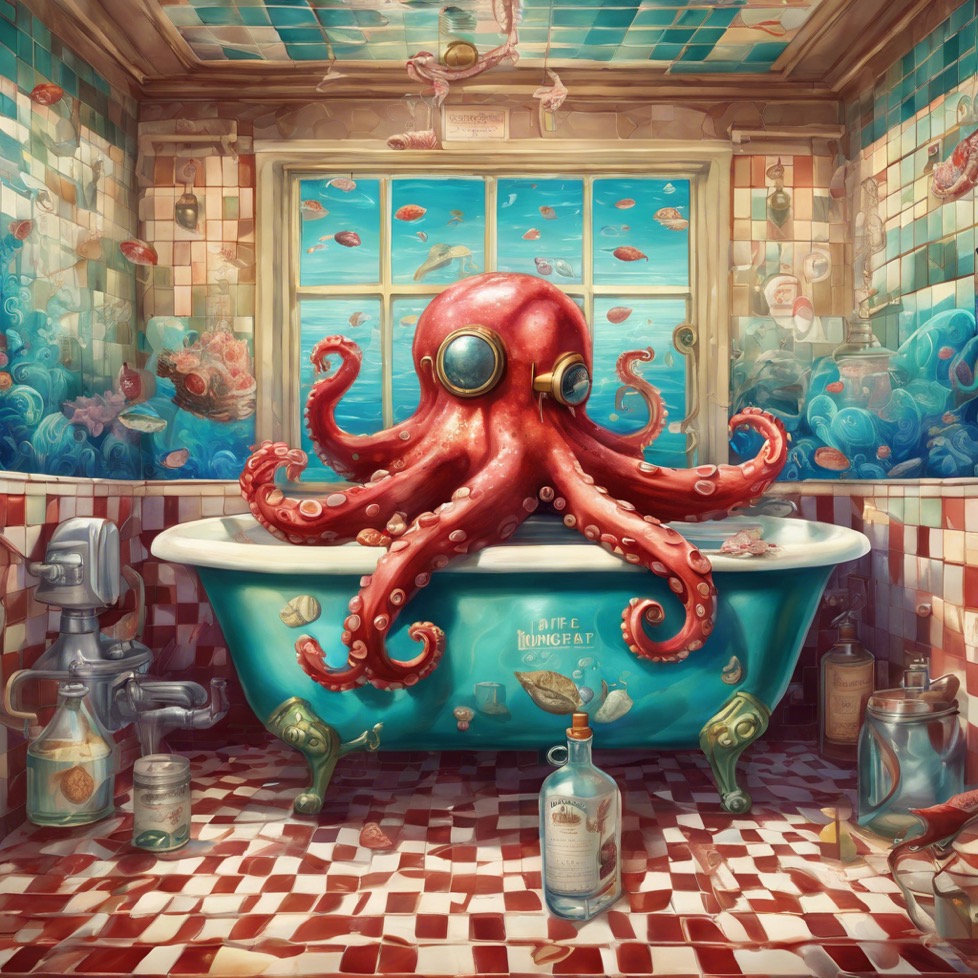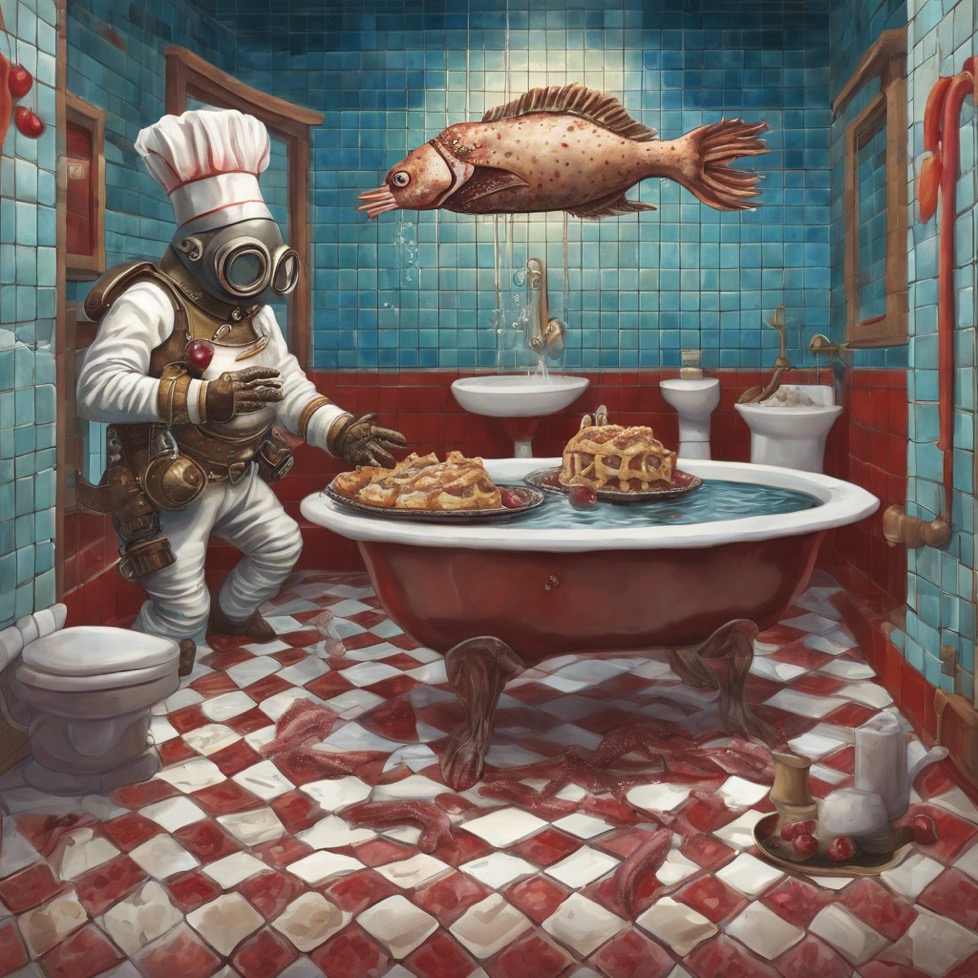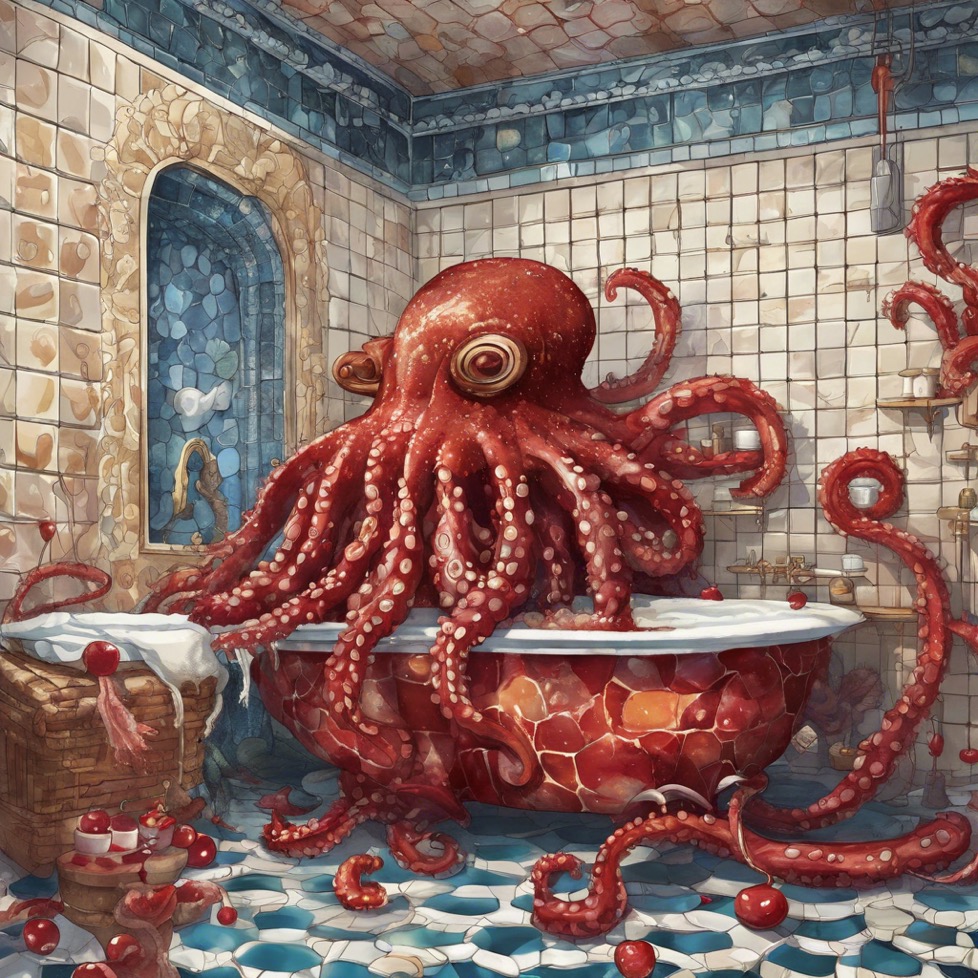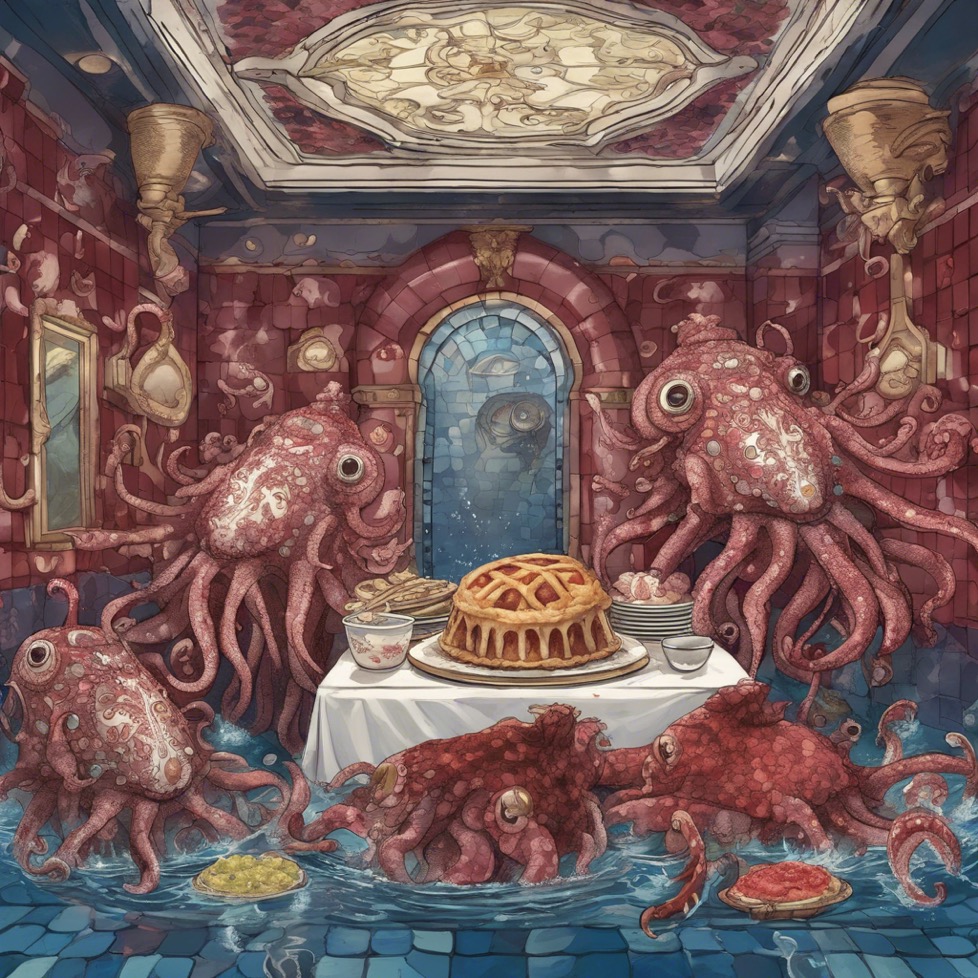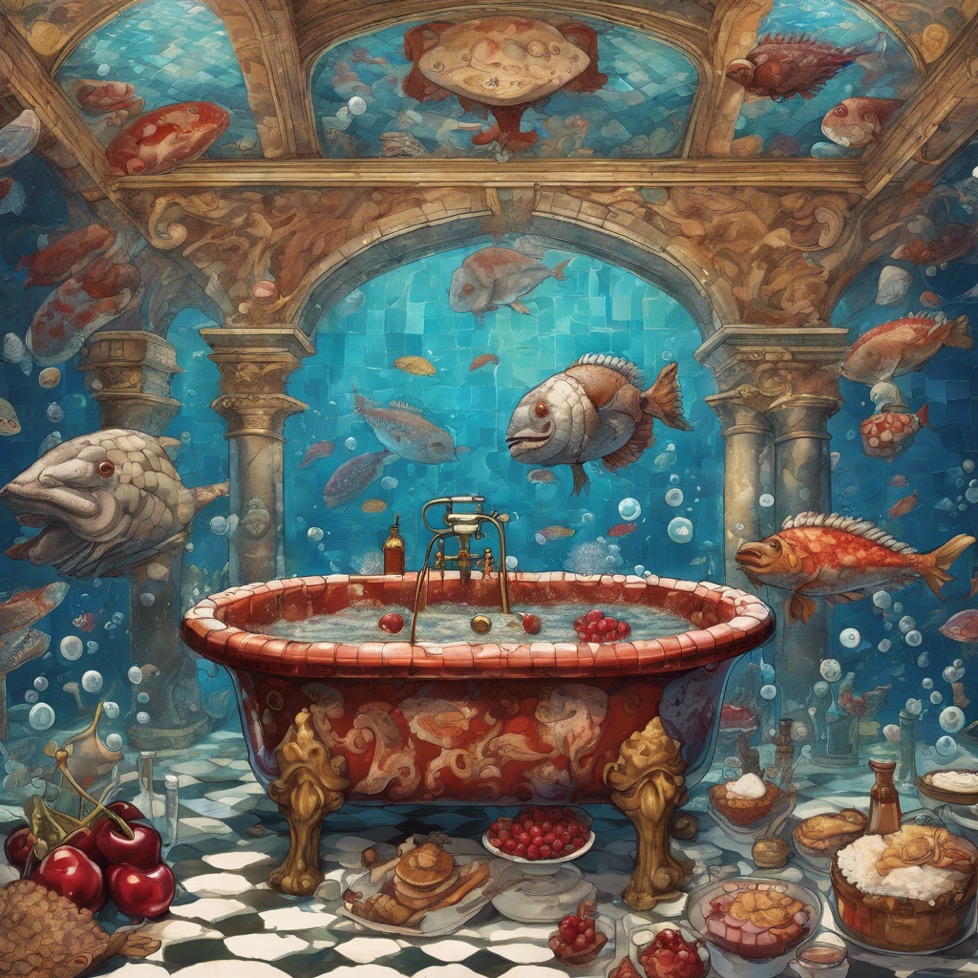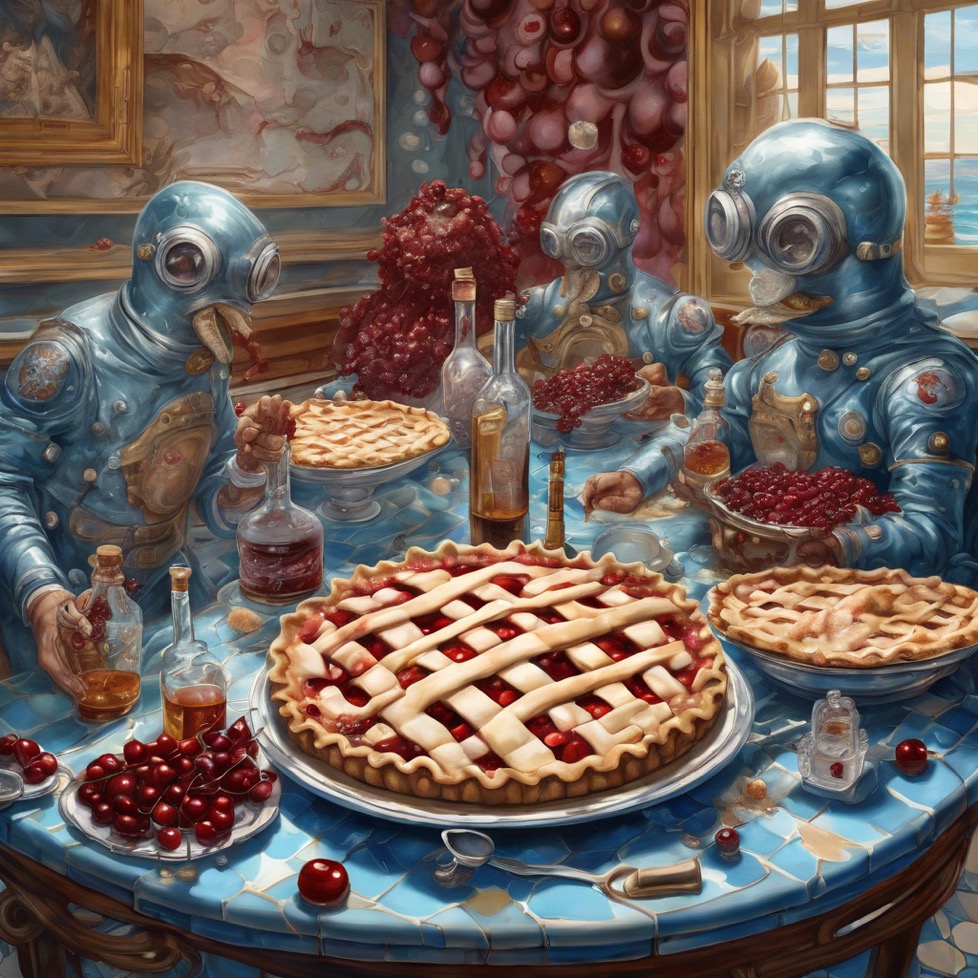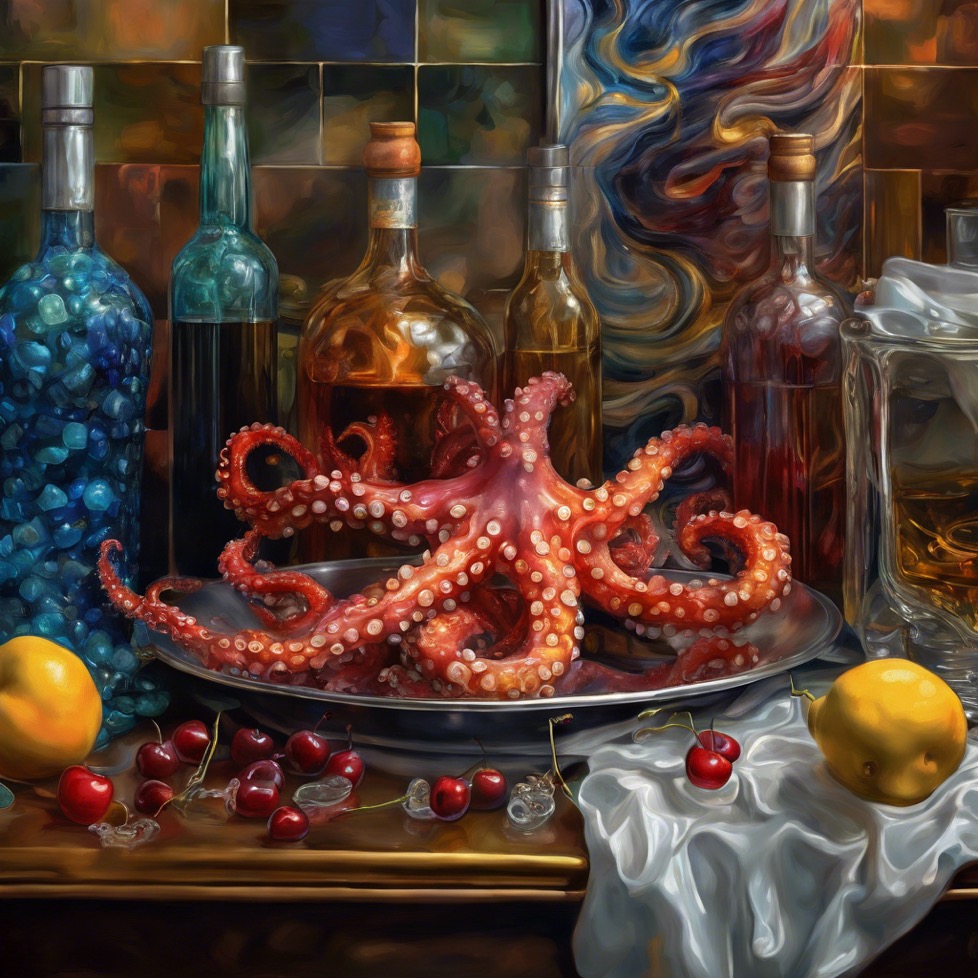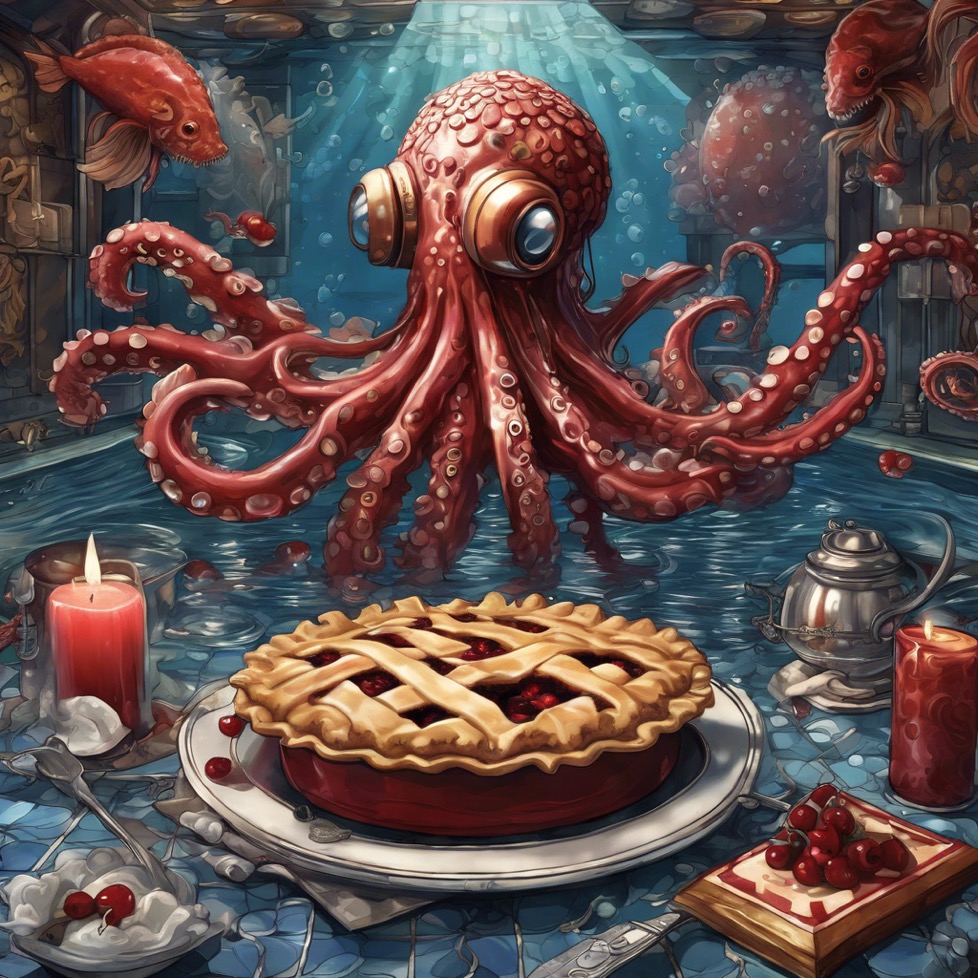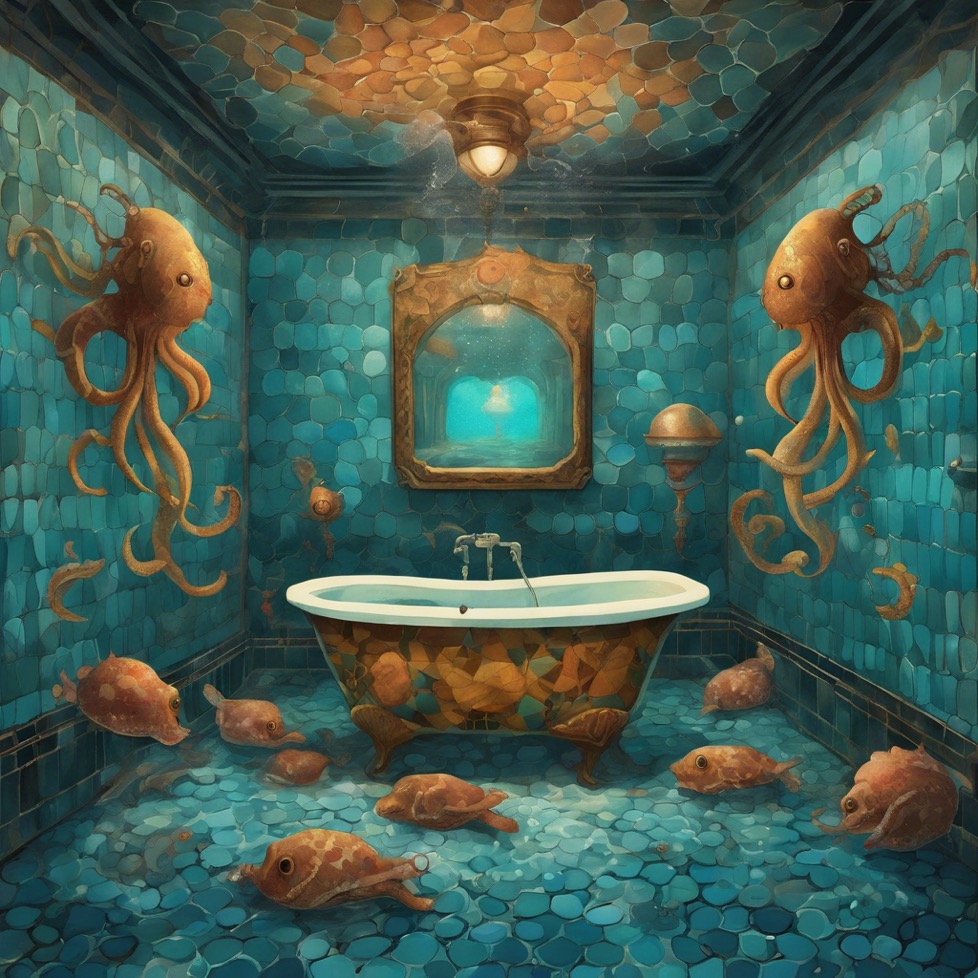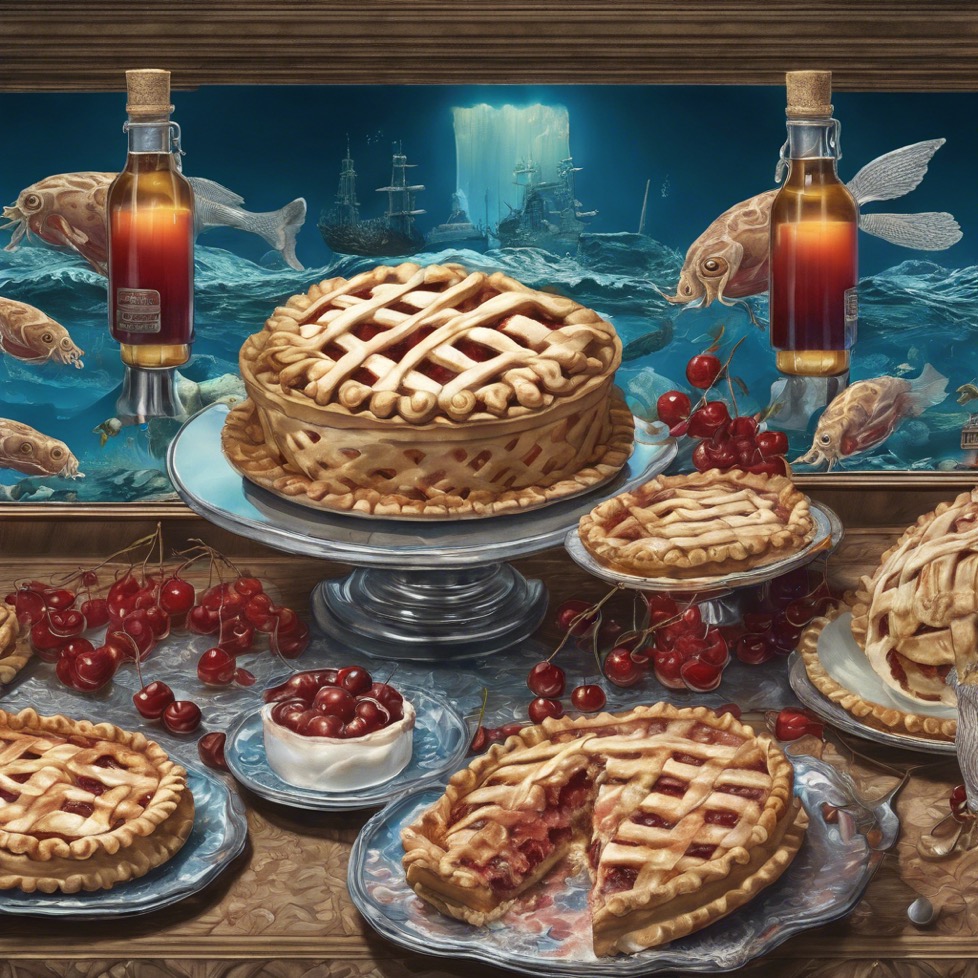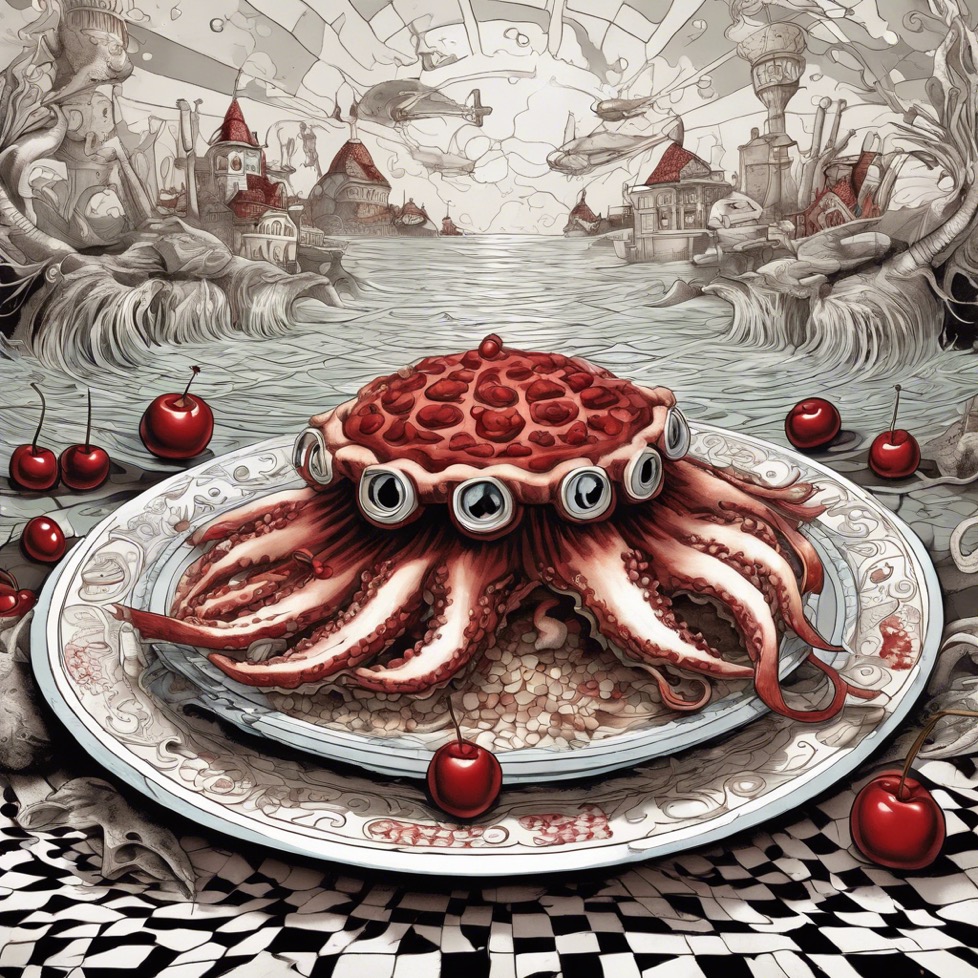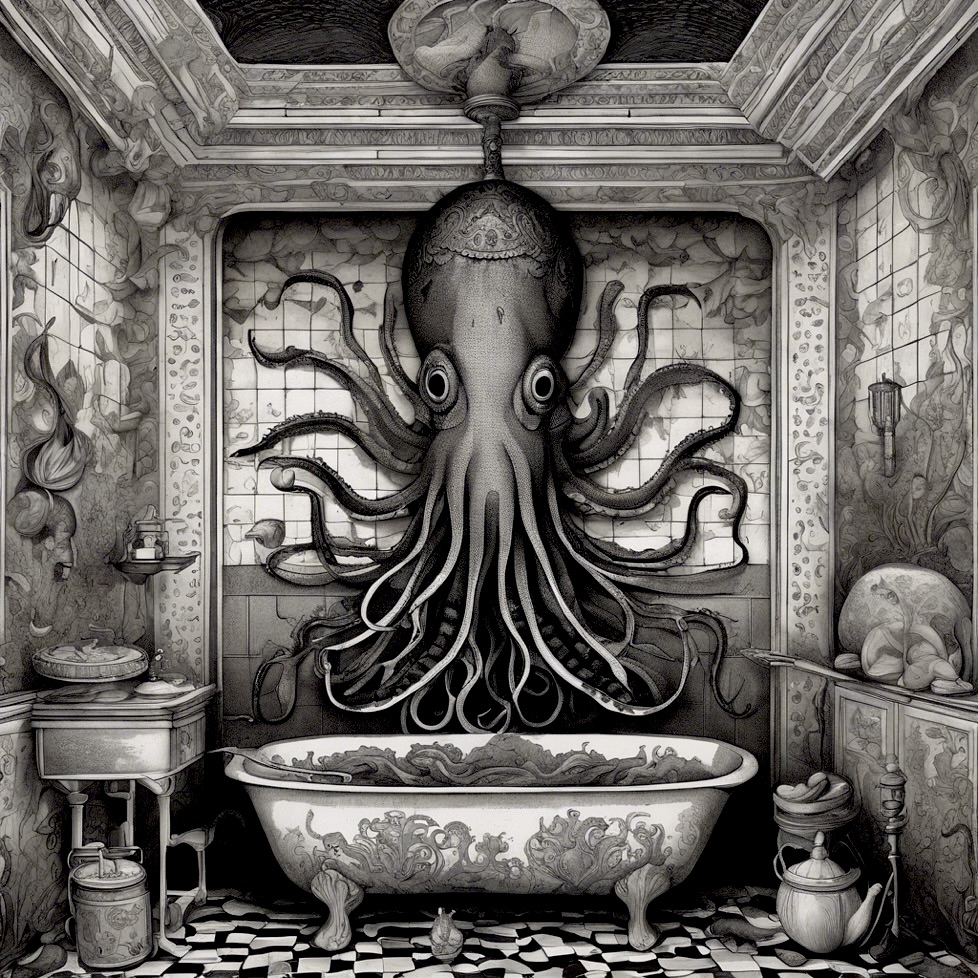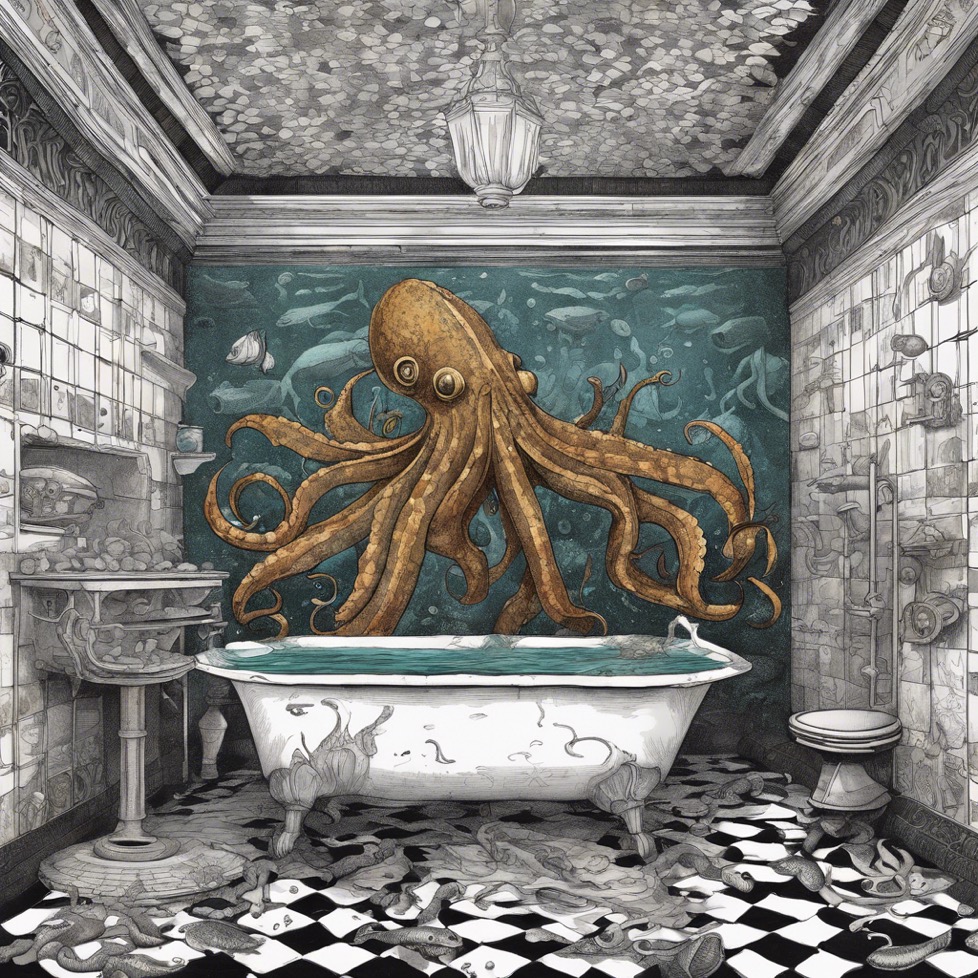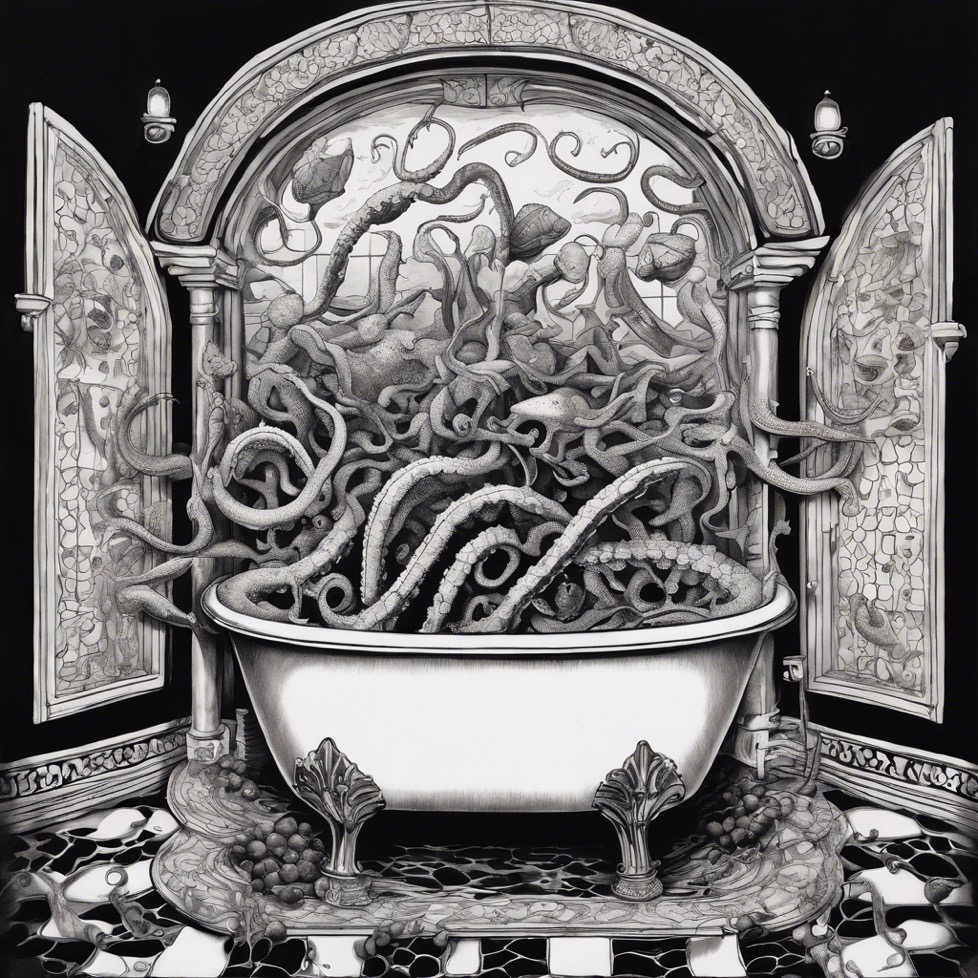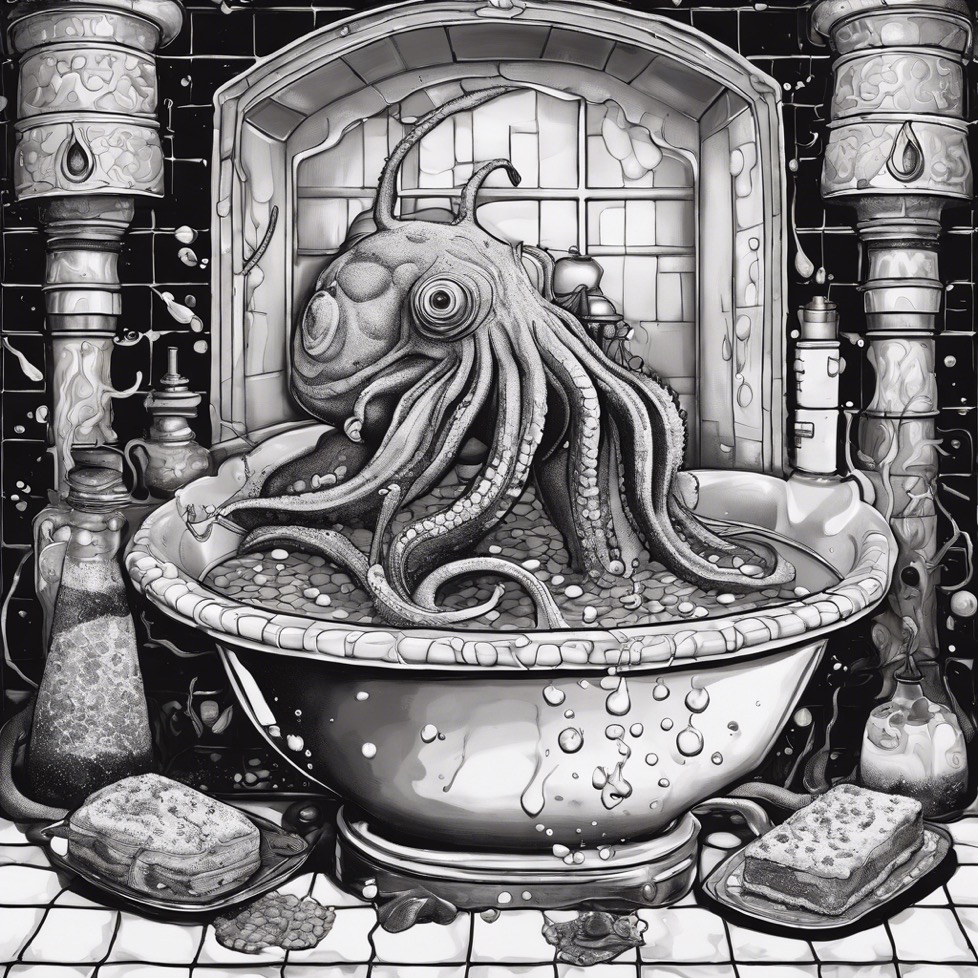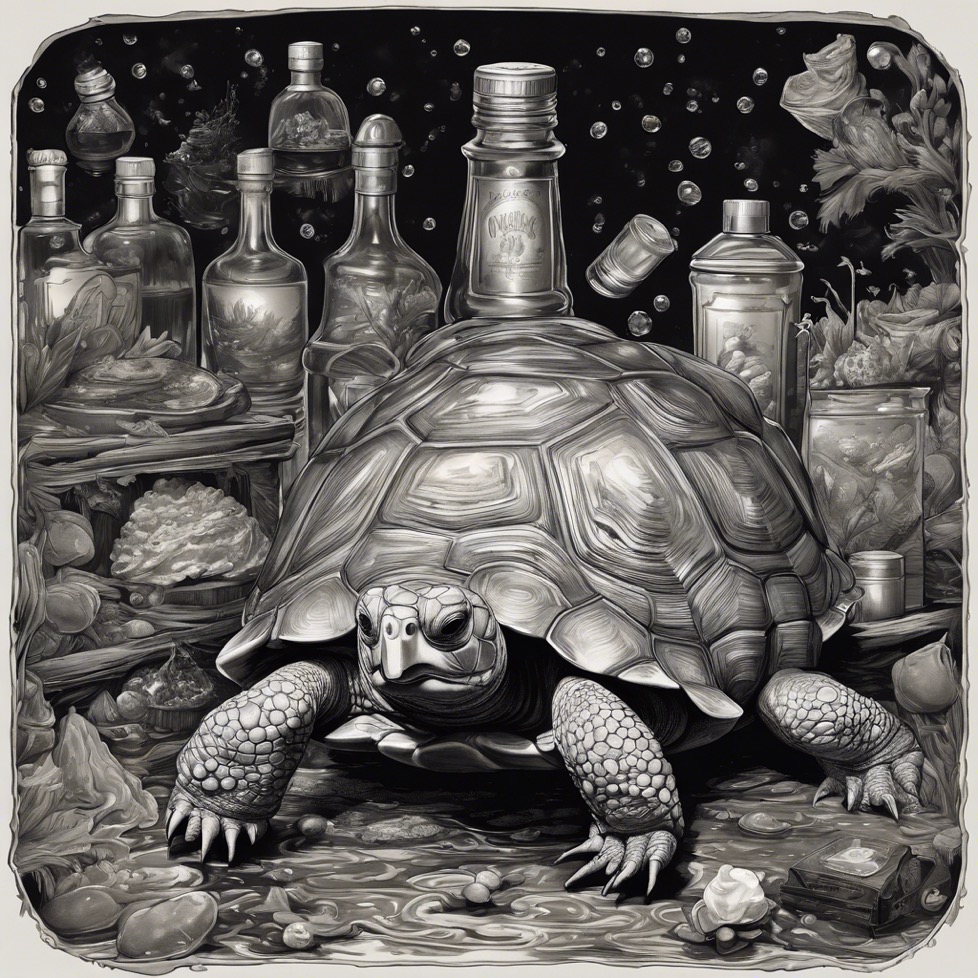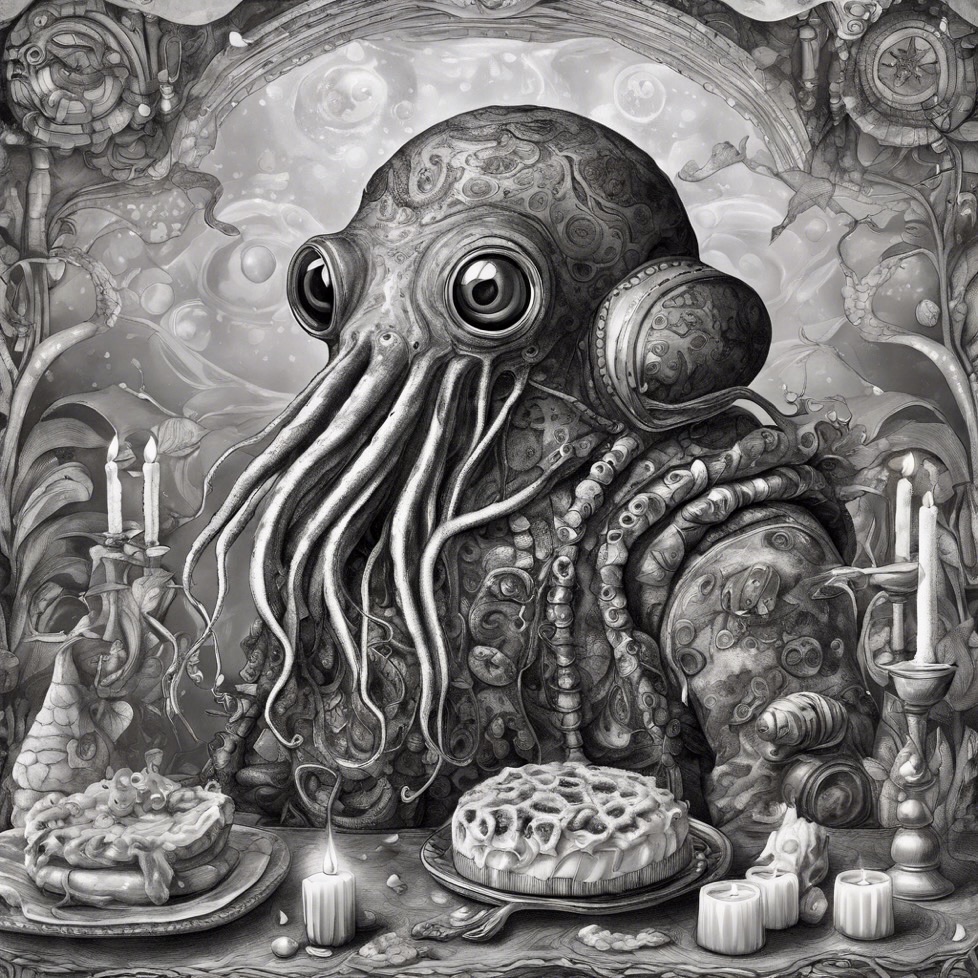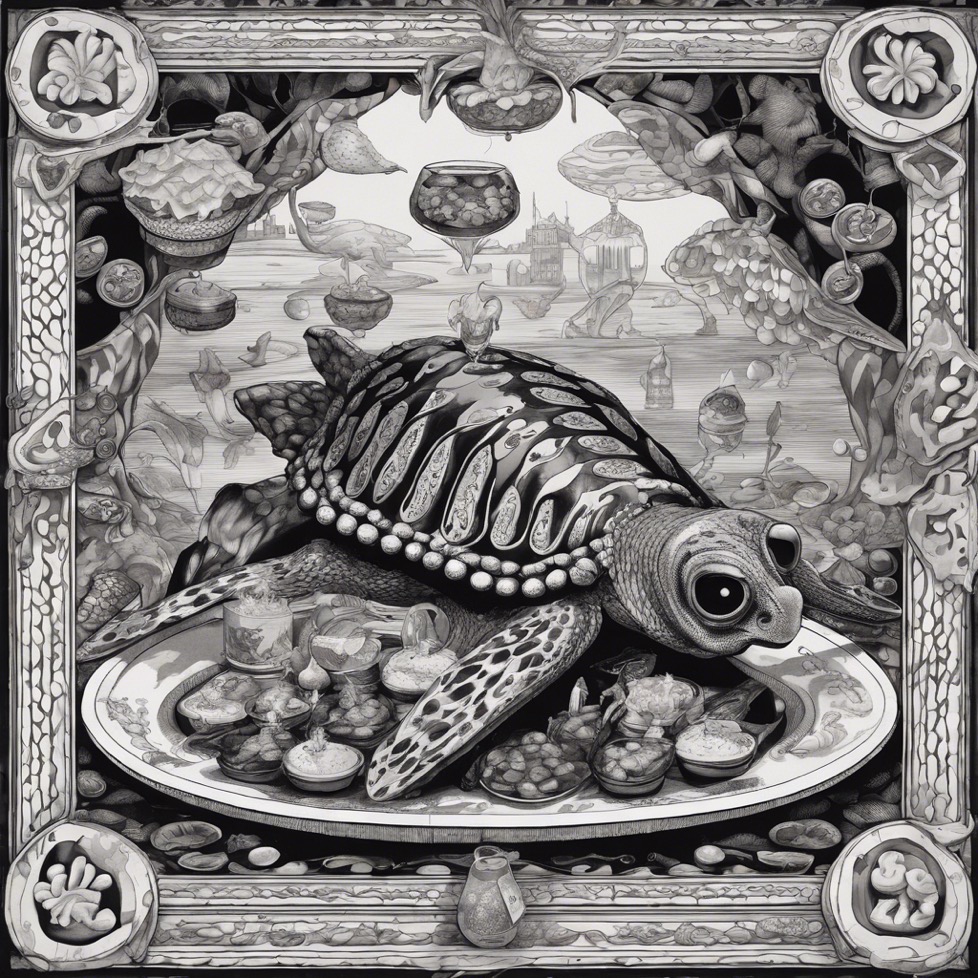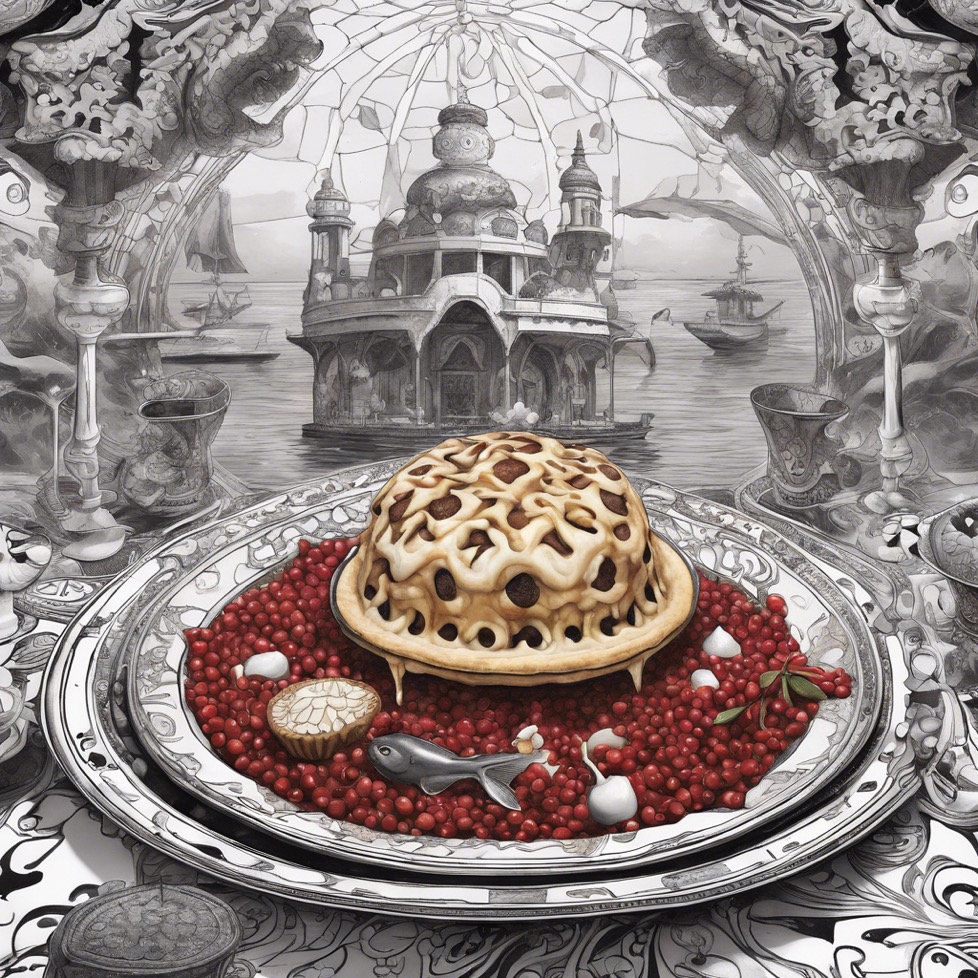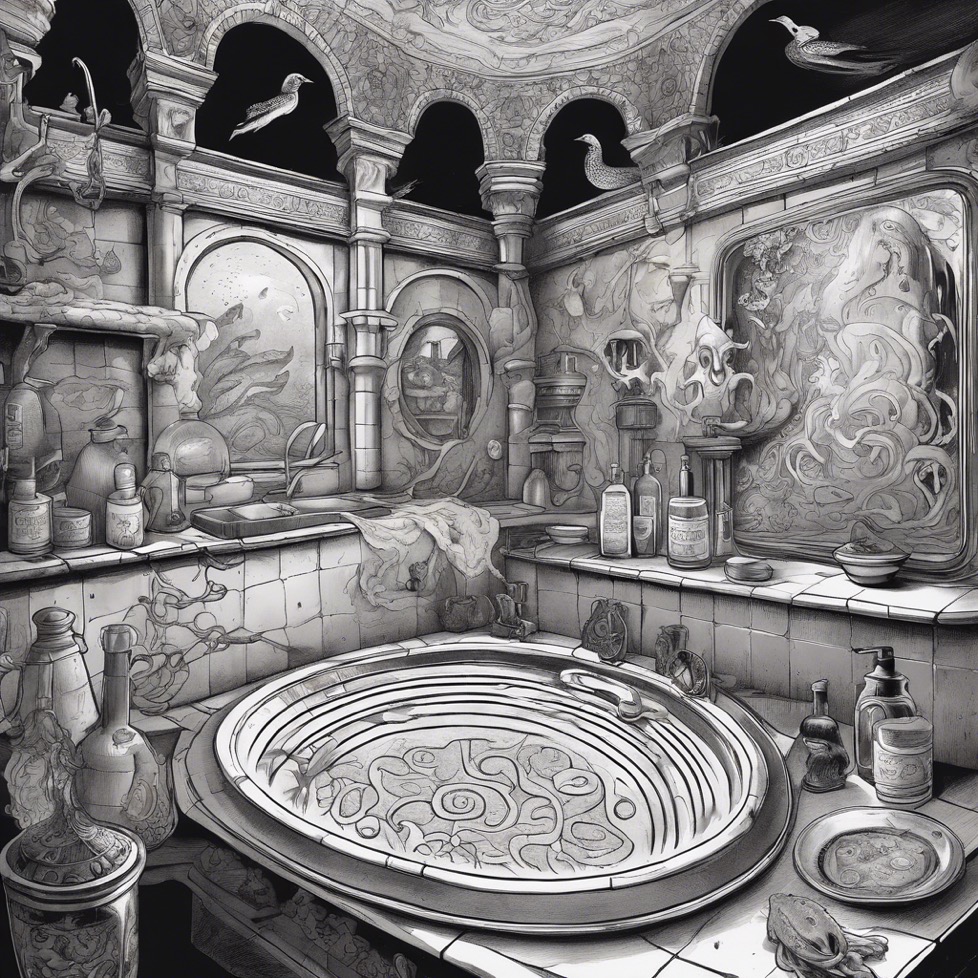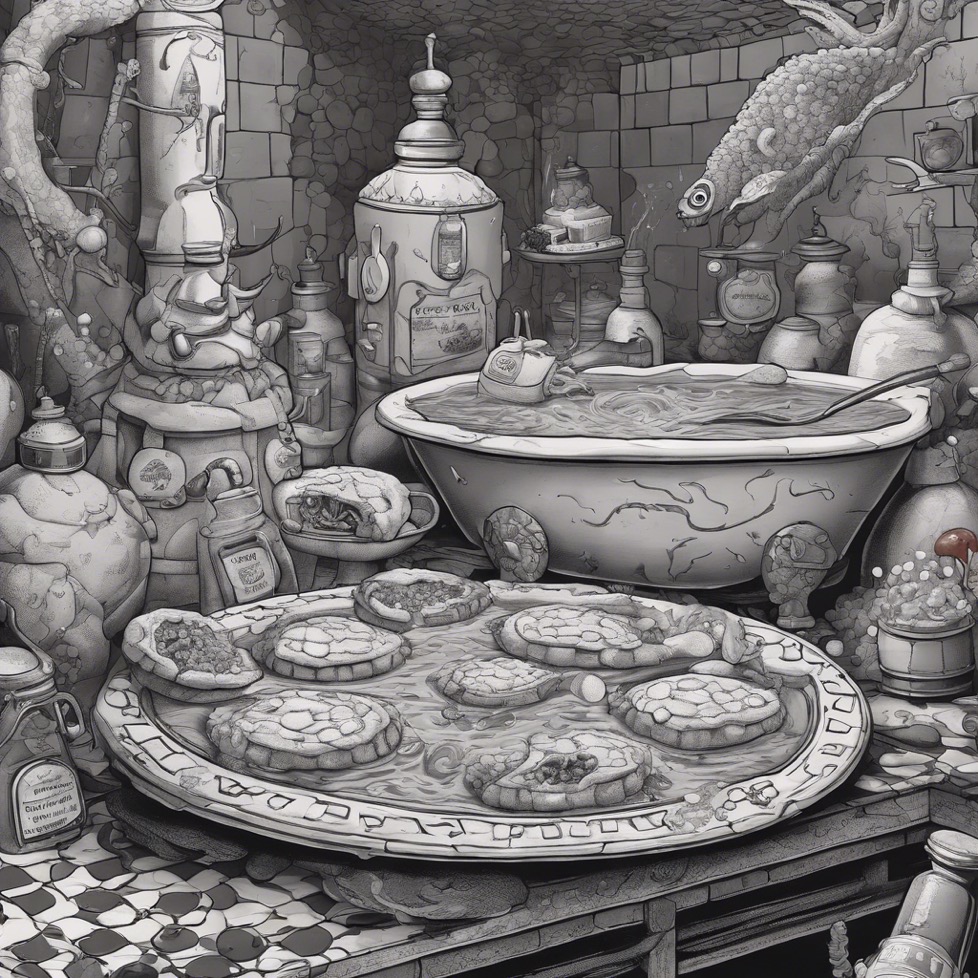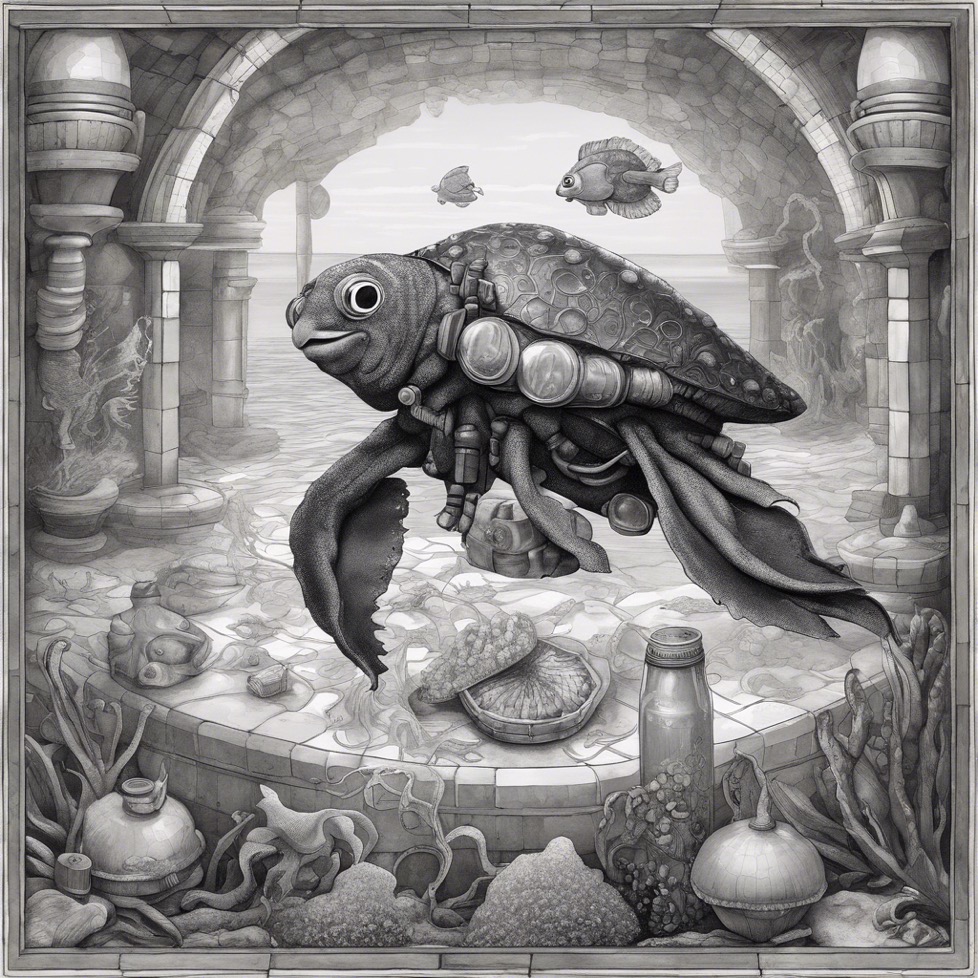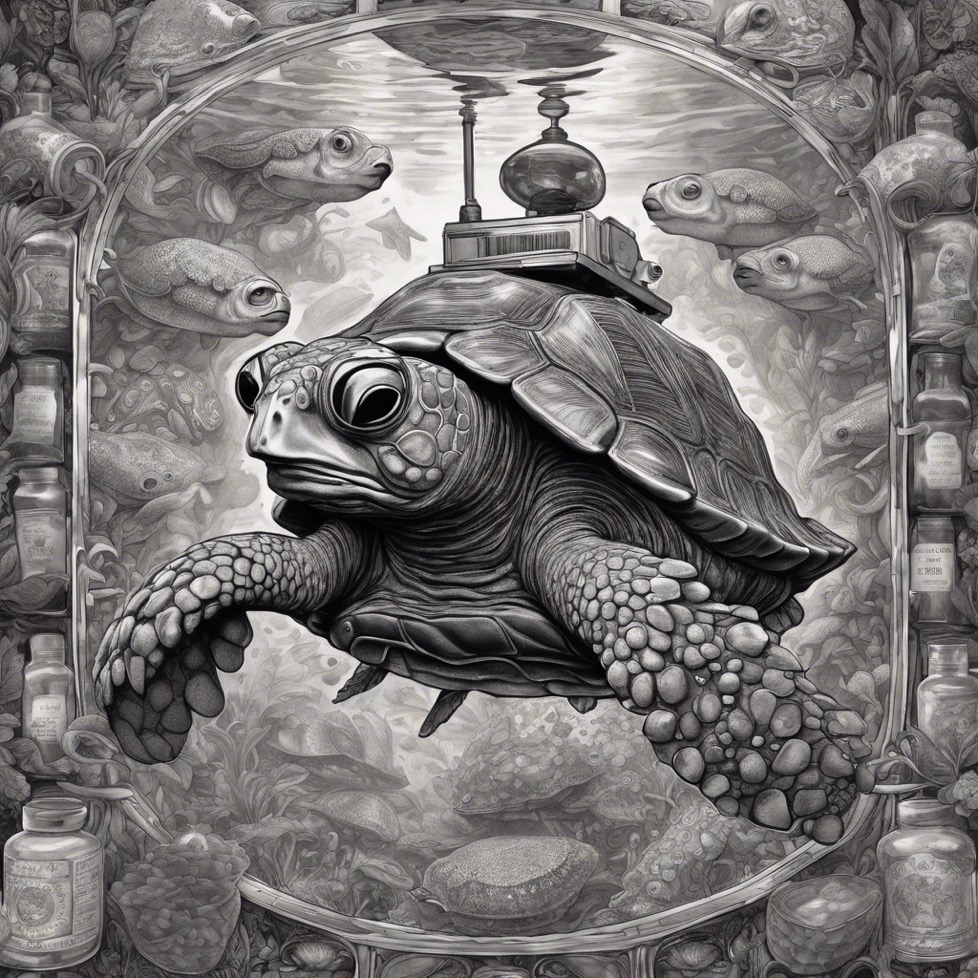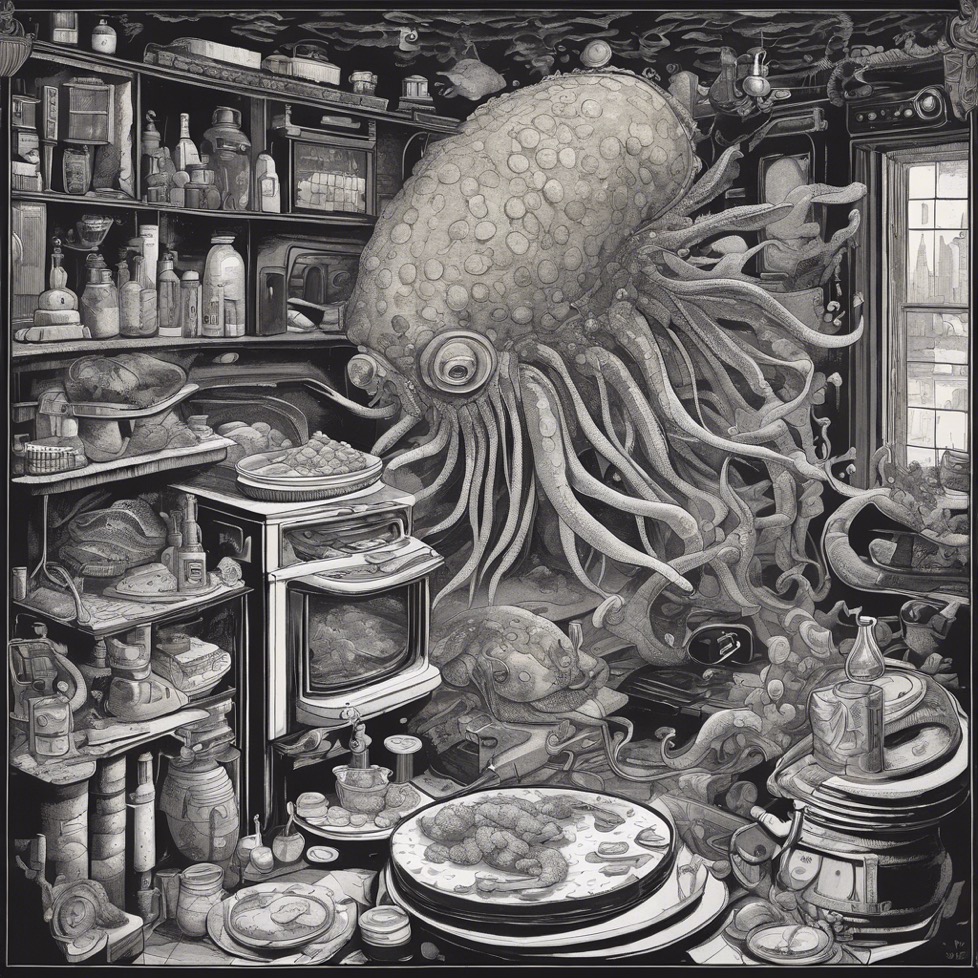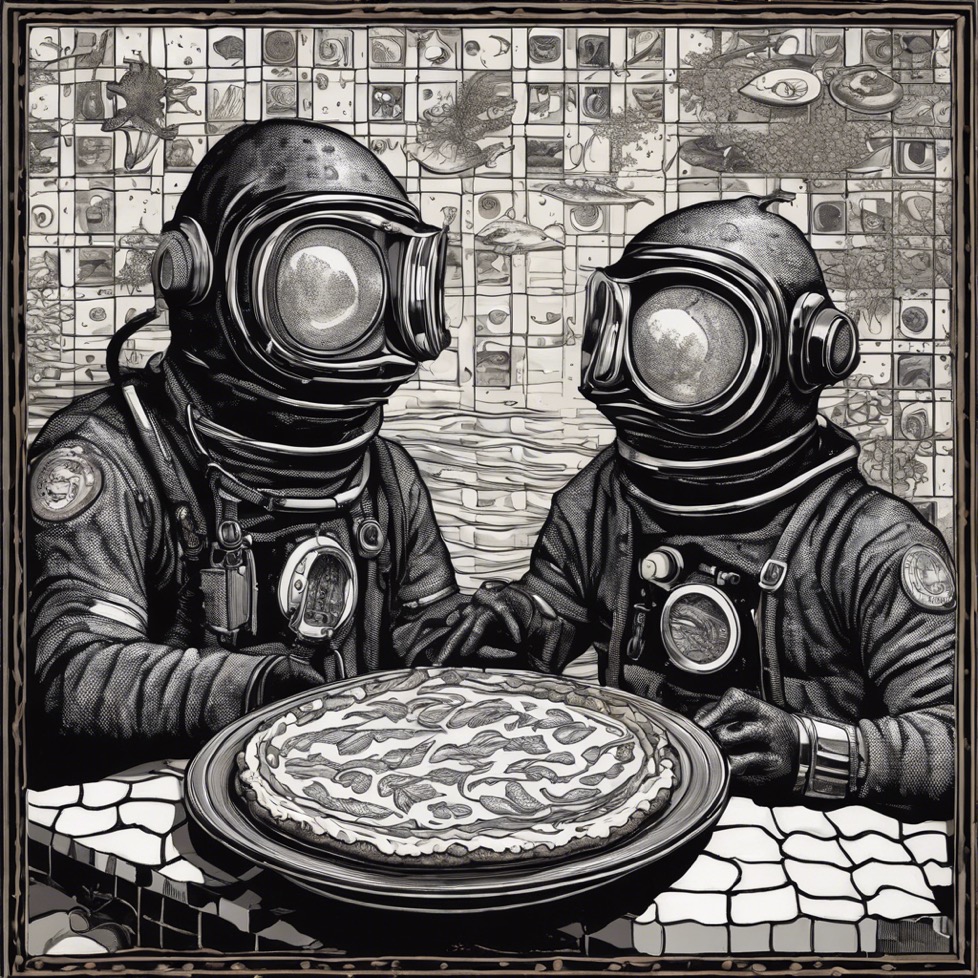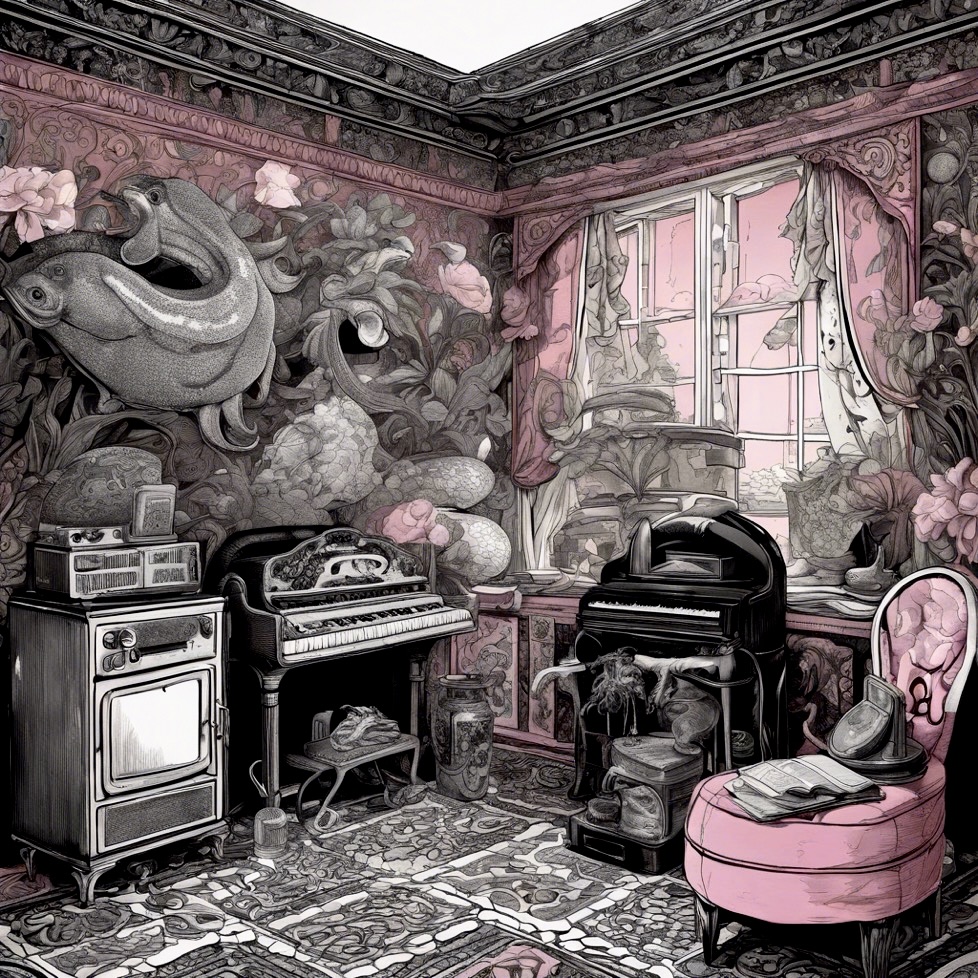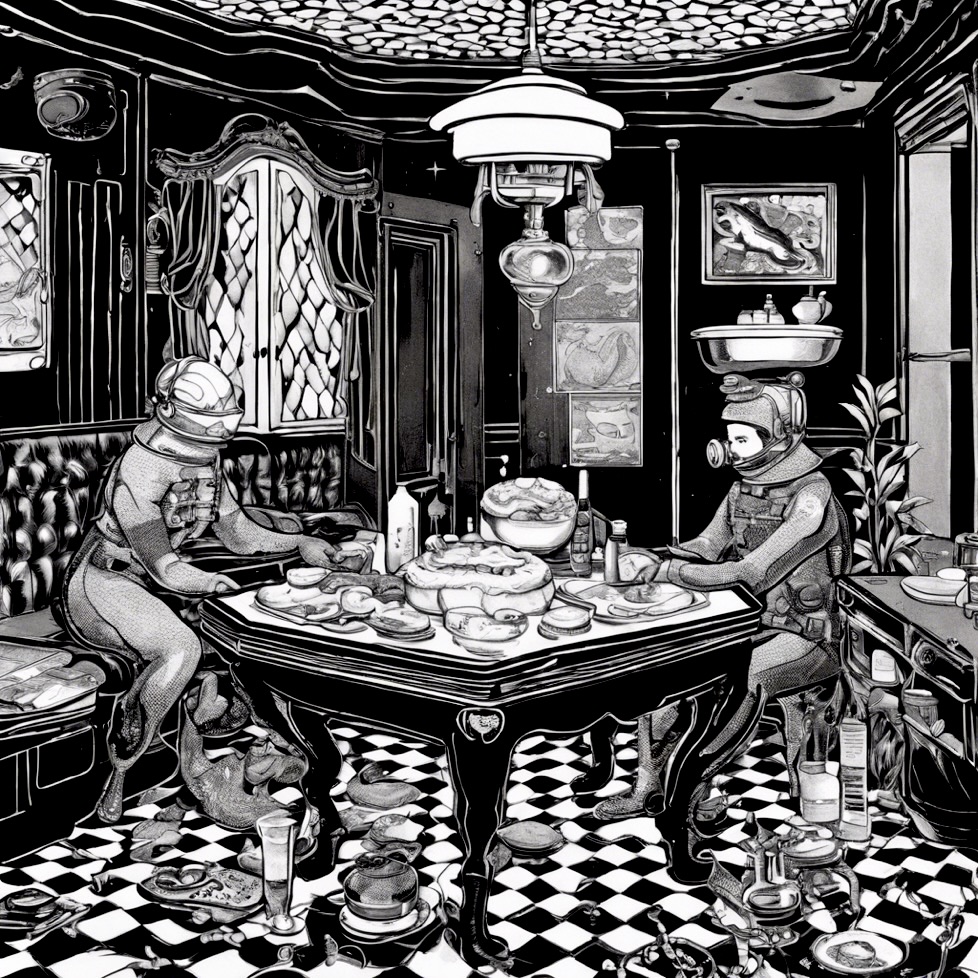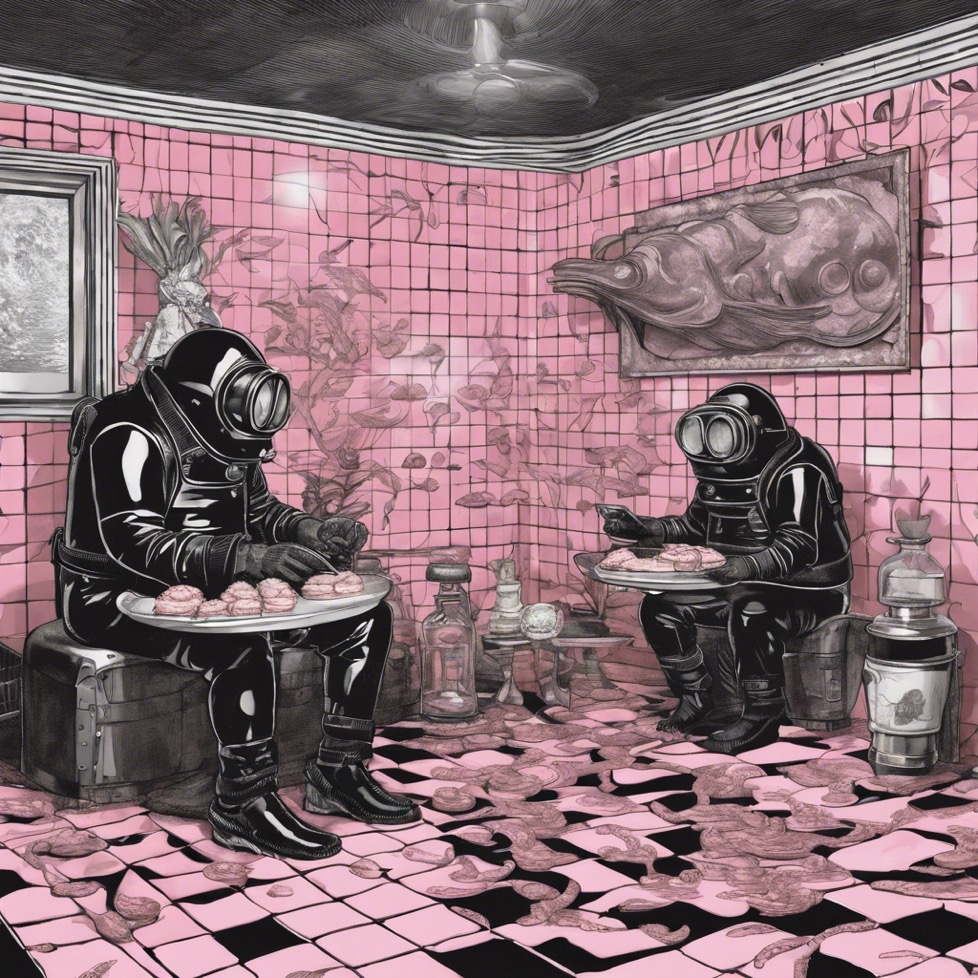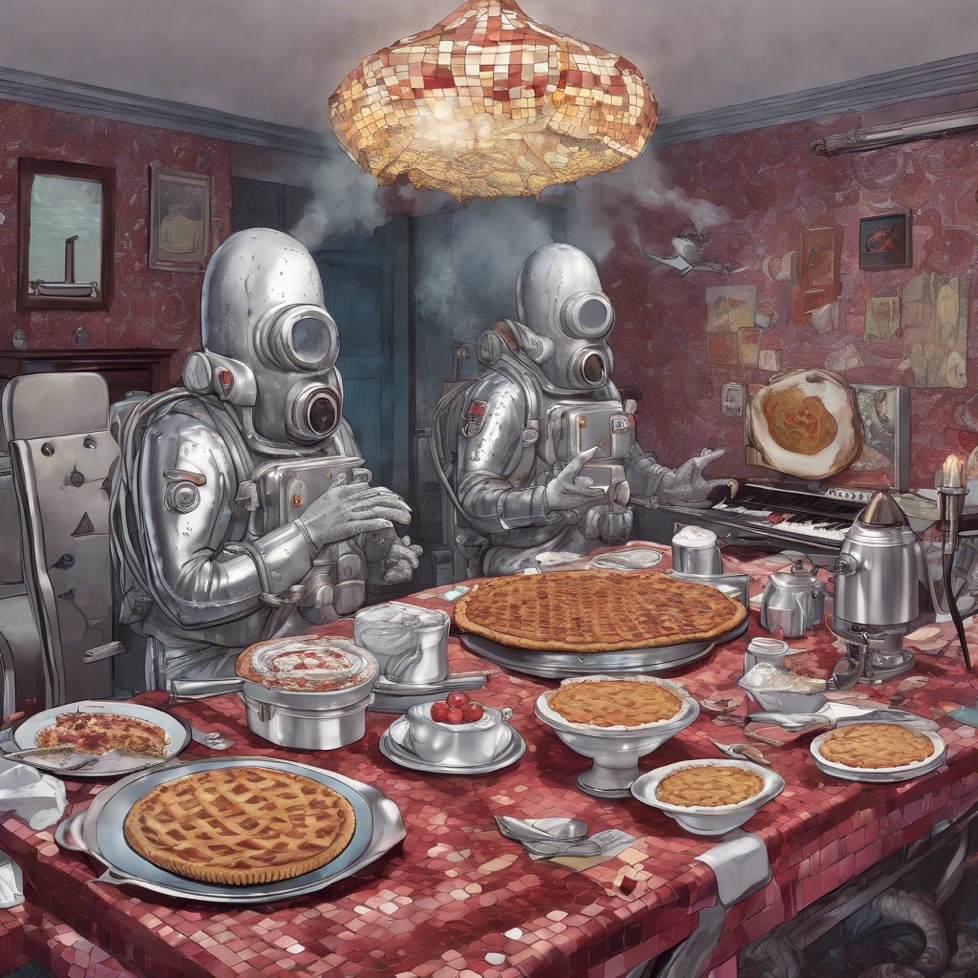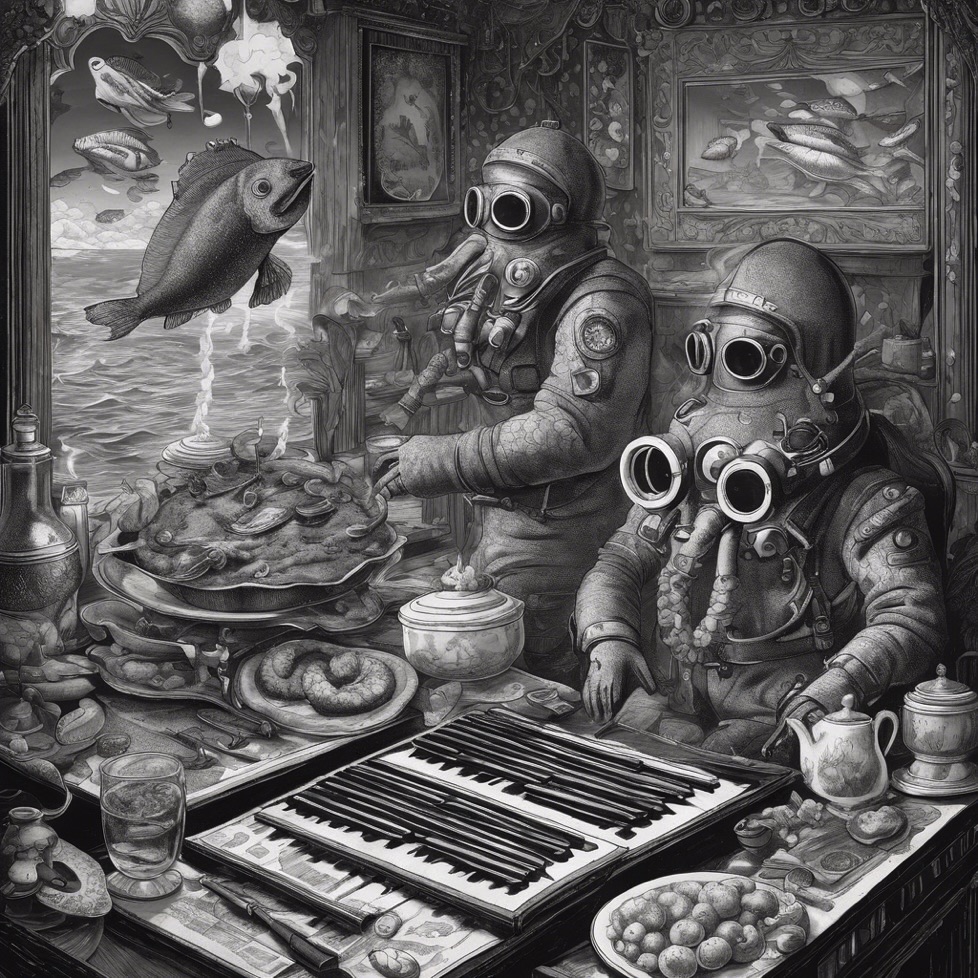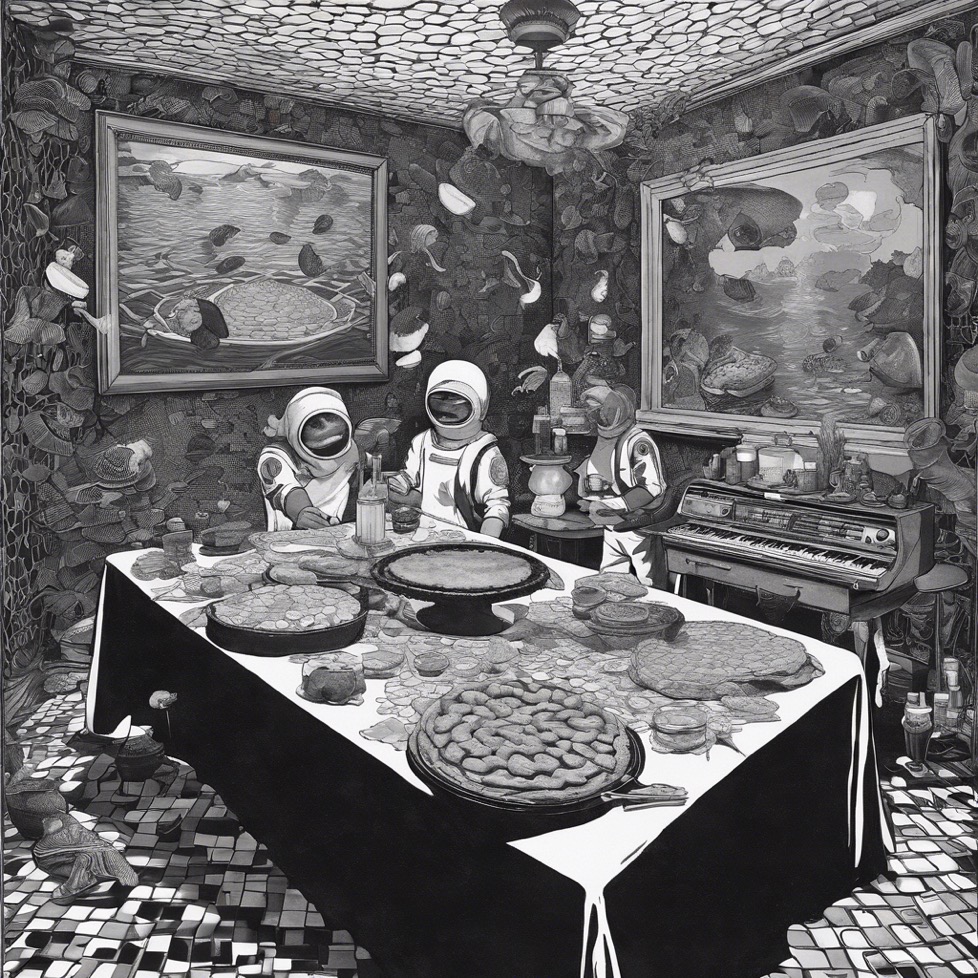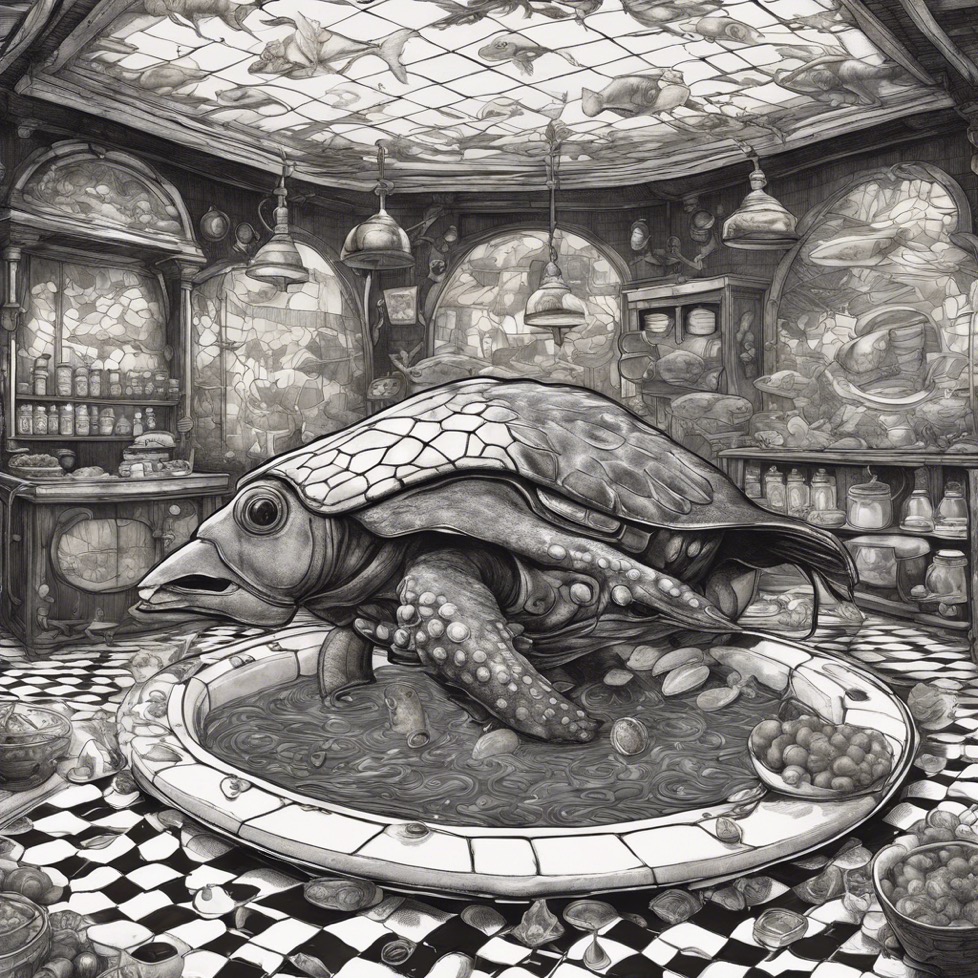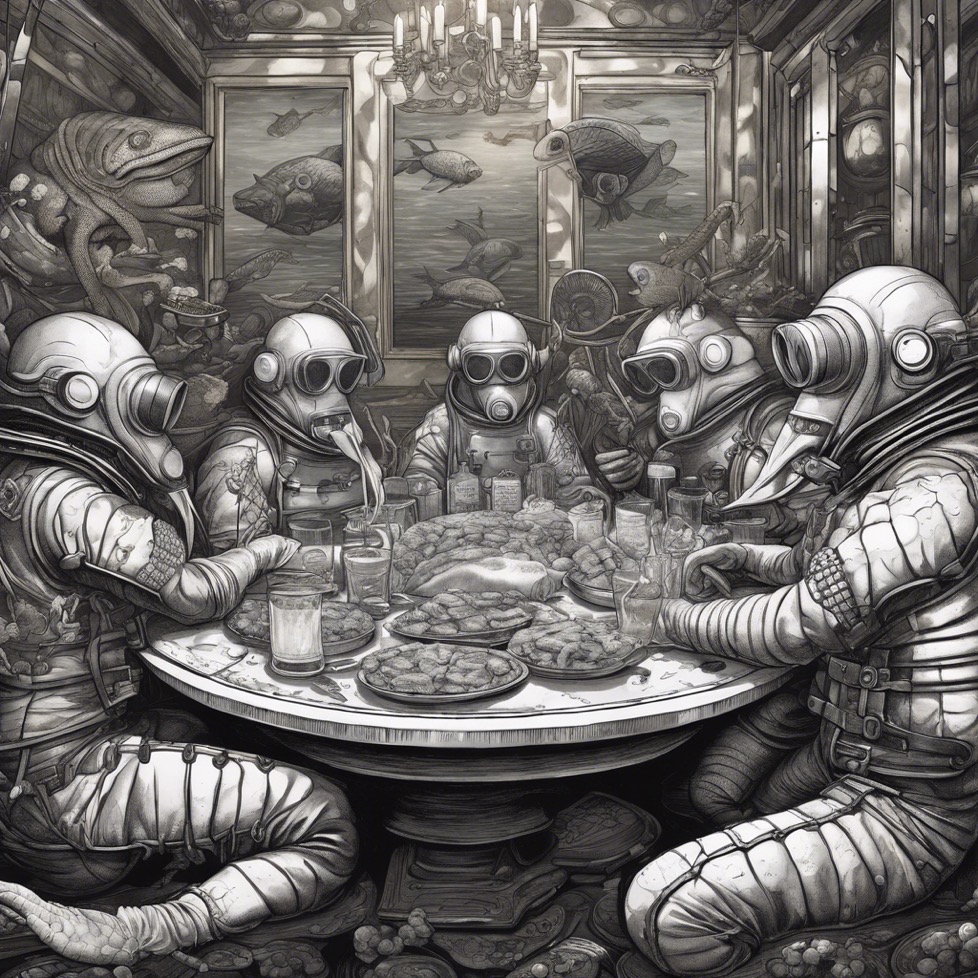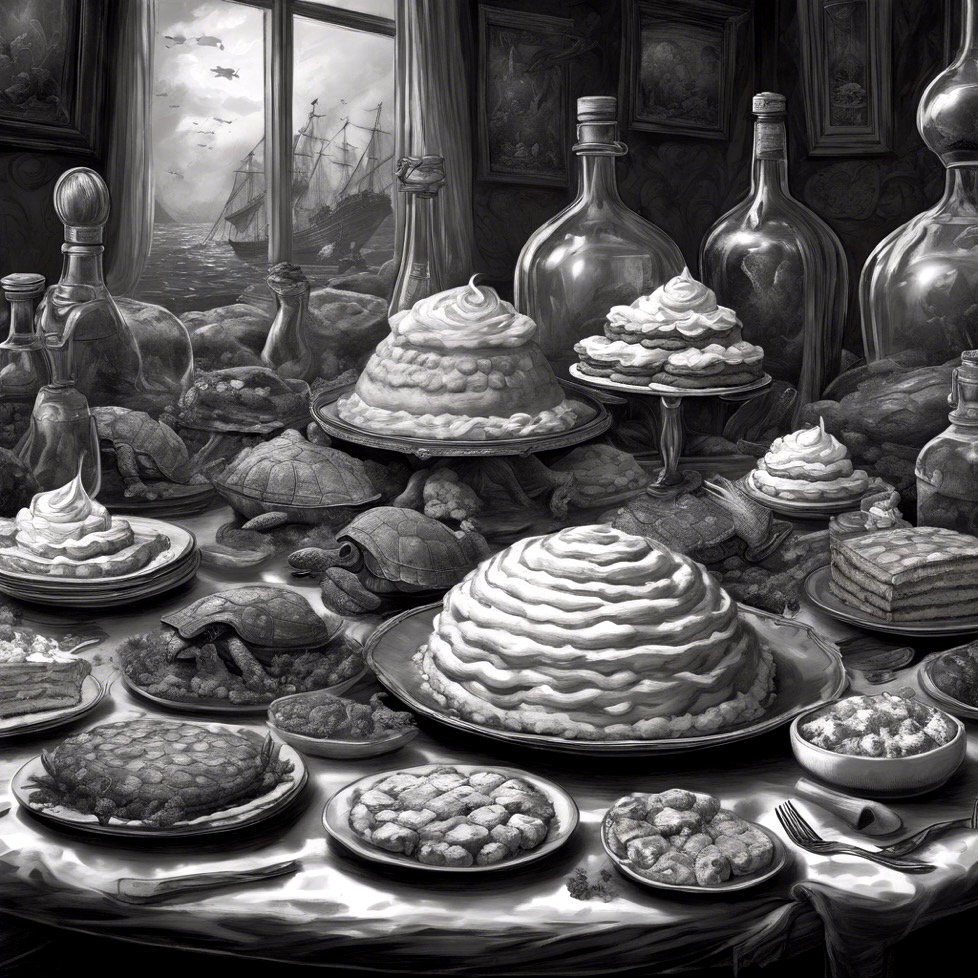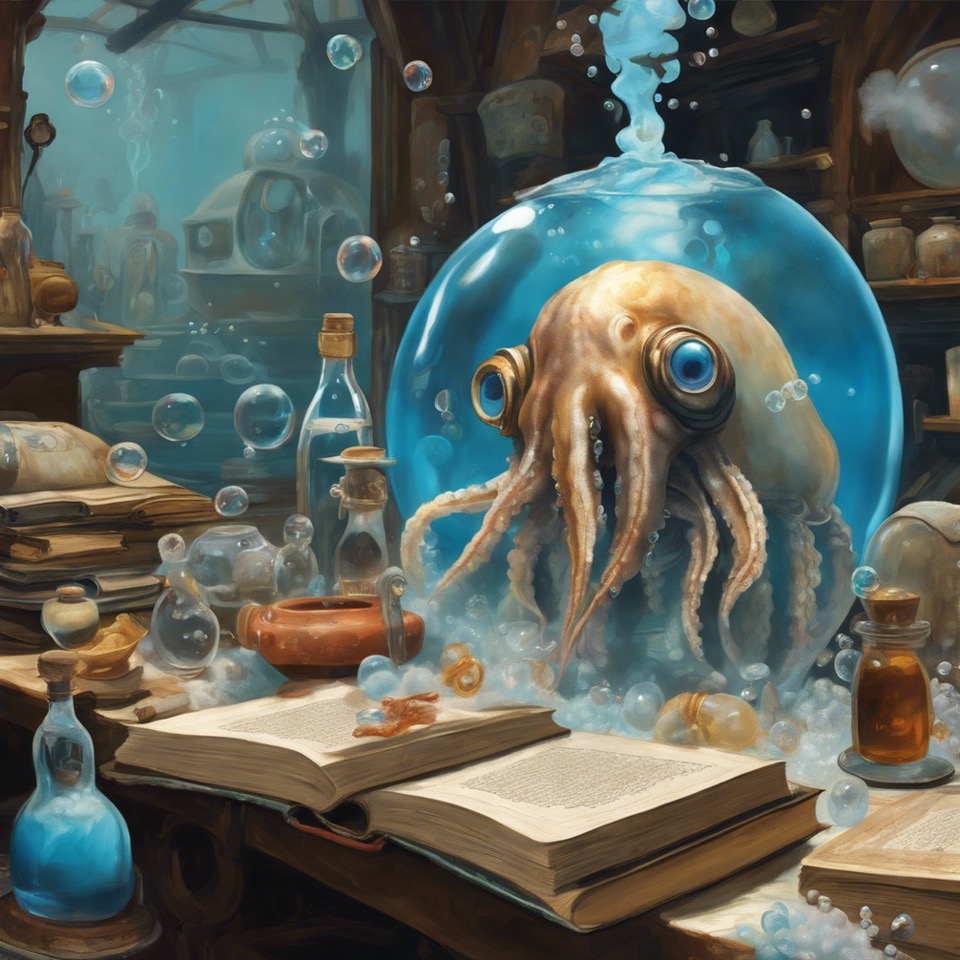This paper investigates the intricate dynamics of literature and imagination within quasi-dimensional states, emphasizing the synthesis of emotional and intellectual processes among entities, particularly the ETB. It proposes a framework that integrates the roles of irony and humor in shaping emotional states, highlighting their significance alongside critical thinking skills. The findings suggest that these interactions can be modeled within a scientific formula, illustrating the complex interplay between cognitive and emotional realms.
1. Introduction
Quasi-dimensional environments provide unique bubbles of consciousness where literature and imagination coexist, allowing for a multi-faceted exploration of human experience. The interplay of irony, humor, and emotional engagement enriches the reading experience, fostering not only critical thinking but also a spectrum of emotional responses. This exploration aims to elucidate the scientific underpinnings of these interactions and their implications for understanding consciousness.
2. Observational Dynamics of Imagination and Emotional States
2.1 Imaginary States of Consciousness
Imagination enables individuals to transcend immediate sensory experiences, creating mental landscapes filled with possibilities. In engaging with literature, entities enter a quasi-dimensional state that stimulates their imaginative faculties. This activation leads to the formation of new concepts and narratives, enhancing cognitive flexibility.
2.2 The Role of Irony and Humor
Irony and humor serve as vital components in literature that catalyze emotional engagement. The juxtaposition of contrasting ideas or absurdities can evoke laughter, prompting a release of emotional tension. This emotional response is not merely a byproduct; it plays an essential role in shaping cognitive processes. The interplay of humor can stimulate critical thinking by challenging assumptions and encouraging readers to reconsider their perspectives.
3. Quantum Visualization of Written Language
3.1 Quantum Dynamics of Literature
The visualization of written language can be examined through quantum mechanics, wherein reading induces localized fluctuations in consciousness. Each word functions as a quantum entity, influencing the reader’s emotional and cognitive states. As entities engage with literature, they experience a dynamic exchange of ideas, where irony and humor amplify emotional resonance.
3.2 Interconnected Bubbles of Influence
Quasi-dimensional environments act as interconnected bubbles, where the vibrational energy generated through literature impacts both individual readers and the collective consciousness. The synthesis of emotional engagement and critical thinking fosters a unique cognitive resonance, enabling the amplification of ideas that ripple through these bubbles.
4. Synthesis of Emotional and Intellectual Dynamics
To encapsulate these dynamics, we propose the following scientific formula:
E = (I + H) × C
Where:
- E represents the overall emotional engagement experienced by the reader.
- I denotes the impact of irony present in the literature.
- H signifies the influence of humor on emotional states.
- C reflects the critical thinking skills activated during the reading process.
This formula suggests that emotional engagement is a function of both the intellectual stimulation provided by irony and humor, multiplied by the reader’s critical thinking capacities. The interplay of these factors underscores the importance of emotional states in shaping cognitive processes, illustrating that intellectual and emotional dimensions are equally vital in enriching human experience.
5. Conclusion
This exploration of the dynamics of literature, imagination, and emotional states within quasi-dimensional environments highlights the complex interplay between cognitive and emotional realms. By integrating irony and humor into the understanding of these interactions, we uncover a nuanced perspective on the synthesis of emotional engagement and critical thinking. The proposed scientific formula serves to model these relationships, paving the way for further research into the mechanisms that underlie the transformative power of literature and imagination in shaping human consciousness.
Cherry Pies
To create a more scientific representation of the cherry pie recipe using mathematical equations, we can define variables for the quantities of ingredients and represent the process in a structured manner. This can be done using a mix of algebraic expressions and equations, focusing on the amounts and relationships between the ingredients. This representation provides a clear and scientific way to understand the relationships and quantities involved in making a cherry pie!
Here’s a classic recipe for a traditional cherry pie that is sure to impress!
Traditional Cherry Pie Recipe
Ingredients:
For the Pie Crust:
- 2 ½ cups all-purpose flour
- 1 teaspoon salt
- 1 tablespoon sugar
- 1 cup unsalted butter, chilled and diced
- 6 to 8 tablespoons ice water
For the Cherry Filling:
- 4 cups fresh or frozen cherries (pitted)
- 1 cup sugar (adjust based on the sweetness of cherries)
- 2 tablespoons cornstarch
- 1 tablespoon lemon juice
- 1 teaspoon vanilla extract
- ¼ teaspoon almond extract (optional)
- 1 tablespoon butter (to dot on top before baking)
Instructions:
- Make the Pie Crust:
- In a large bowl, mix flour, salt, and sugar.
- Add the chilled, diced butter and mix until the mixture resembles coarse crumbs.
- Stir in the ice water, one tablespoon at a time, until the dough comes together.
- Divide the dough in half, shape into disks, wrap in plastic wrap, and refrigerate for at least one hour.
- Prepare the Cherry Filling:
- In a large bowl, combine the cherries, sugar, cornstarch, lemon juice, vanilla extract, and almond extract. Toss gently to mix. Let it sit for about 15-20 minutes to allow the juices to develop.
- Assemble the Pie:
- Preheat your oven to 425°F (220°C).
- Roll out one disk of dough on a floured surface to fit your pie pan. Place it in the pan and trim the edges.
- Pour the cherry filling into the crust and dot with small pieces of butter.
- Roll out the second disk of dough and place it over the filling. Cut slits in the top crust to allow steam to escape. Trim and crimp the edges to seal.
- Bake the Pie:
- Bake in the preheated oven for 15 minutes, then reduce the temperature to 350°F (175°C) and continue baking for another 30-35 minutes, or until the crust is golden brown and the filling is bubbling.
- Cool and Serve:
- Allow the pie to cool for at least 2 hours before slicing. Serve with whipped cream or vanilla ice cream for an extra treat!
Baking Process Equation
Variables Definition
C = Number of pie crusts (typically 1 for a single pie)
F = Amount of flour (in cups)
S = Amount of sugar (in cups)
B = Amount of butter (in cups)
Ch = Amount of cherries (in cups)
Cs = Amount of cornstarch (in tablespoons)
L = Amount of lemon juice (in tablespoons)
V = Amount of vanilla extract (in teaspoons)
A = Amount of almond extract (in teaspoons)
T = Total baking time (in minutes)
R = Baking temperature (in degrees Fahrenheit)
Pie Crust Ingredients:
For one pie crust:
Cherry Filling Ingredients:
Total Ingredients Equation
To express the total ingredients used in the pie, we can combine them into an overall equation:
Baking Process Equation
Final Outcome Equation
The total amount of pie produced can be expressed in terms of the pie crust and filling:
Enjoy your delicious homemade cherry pie!
